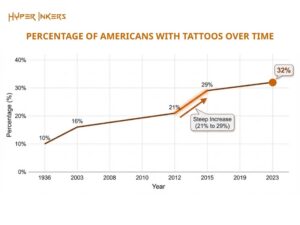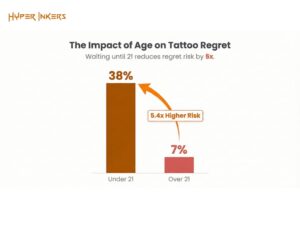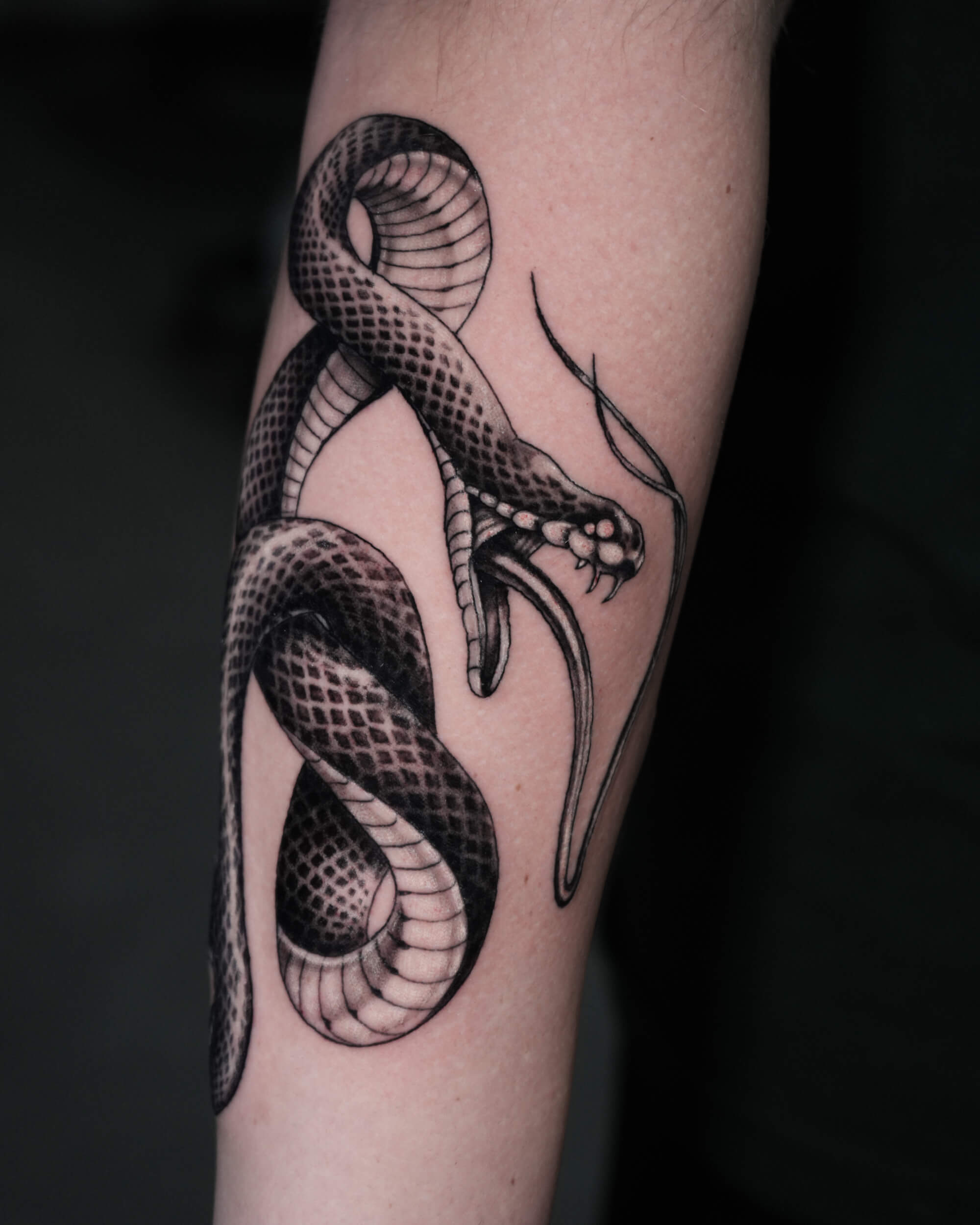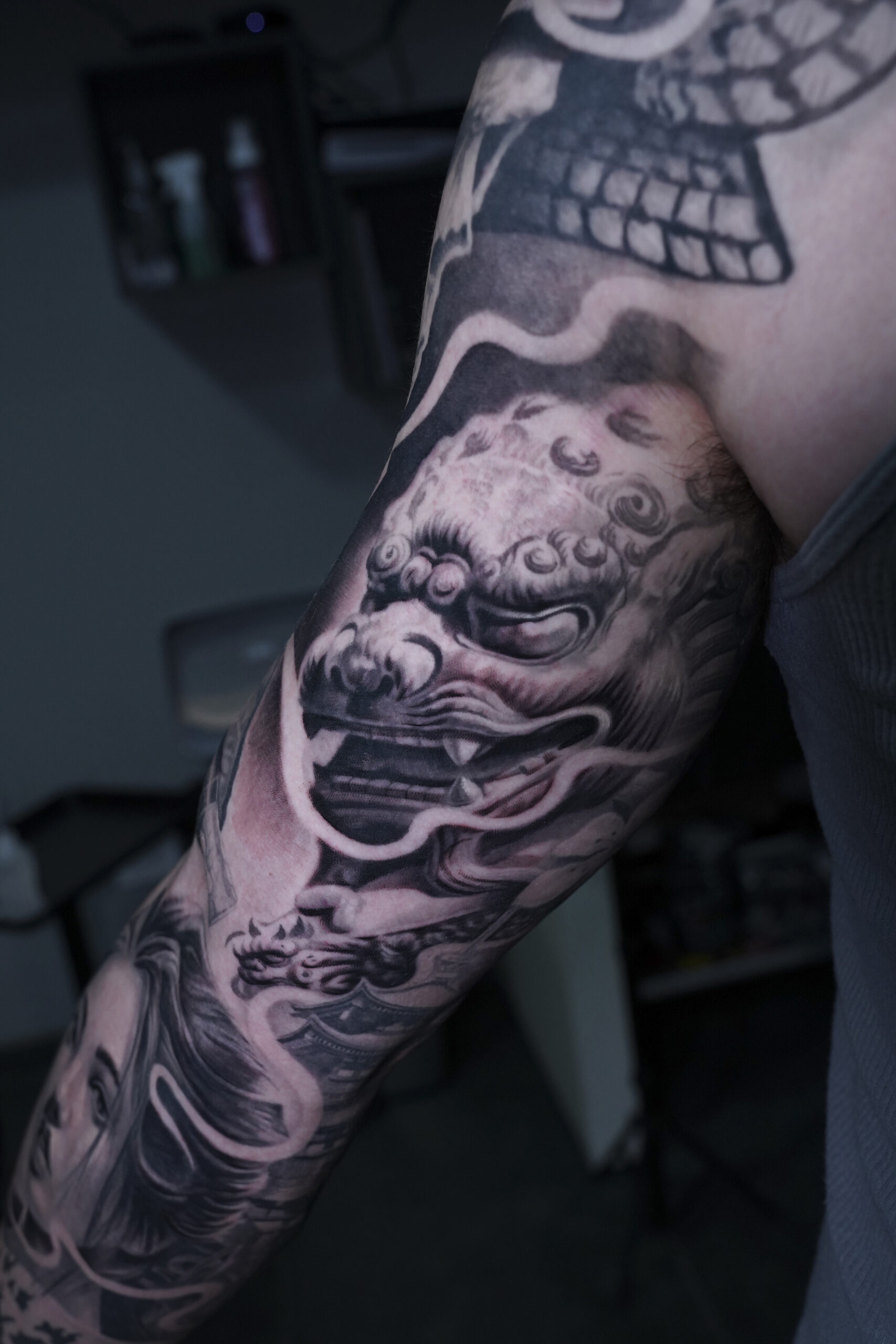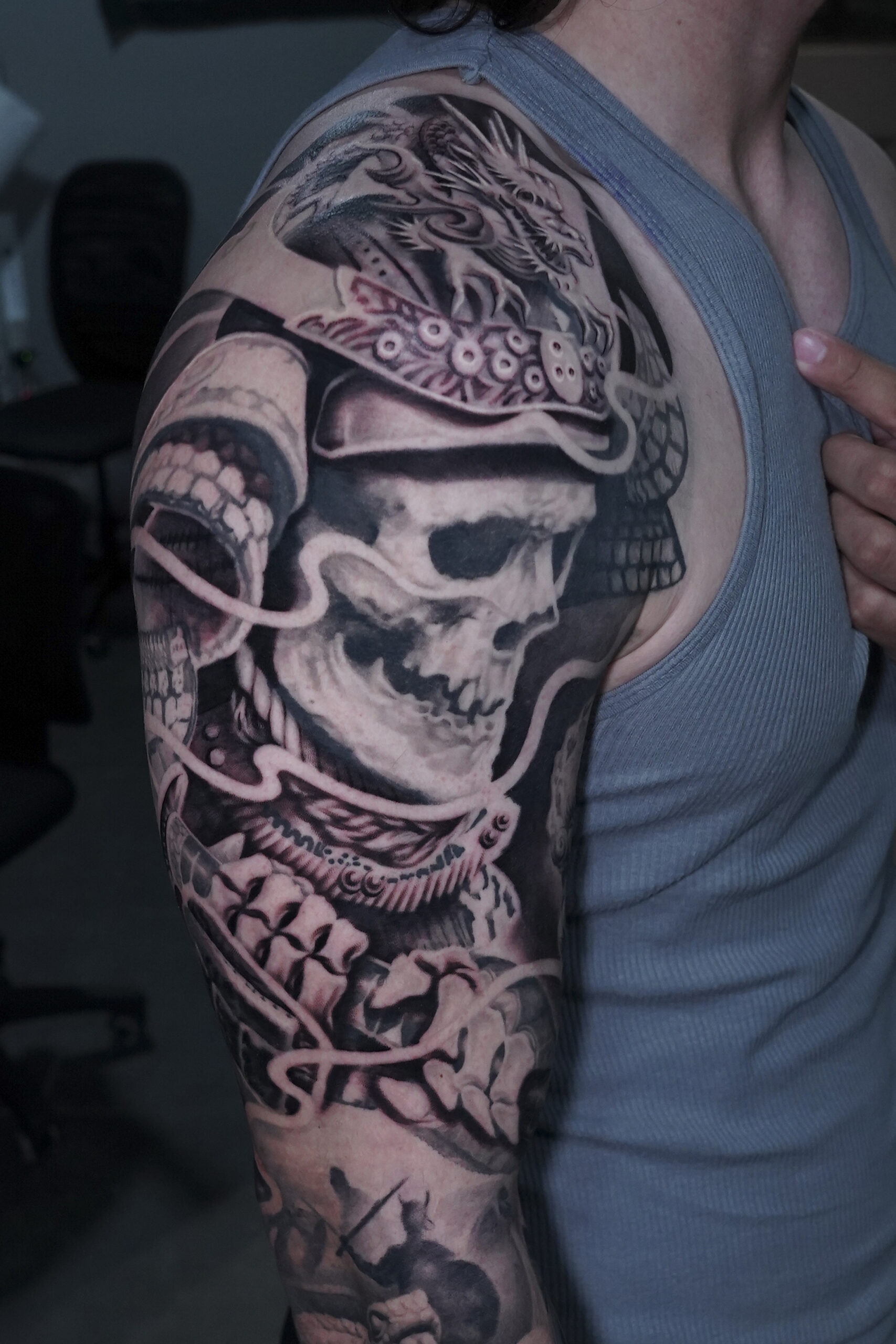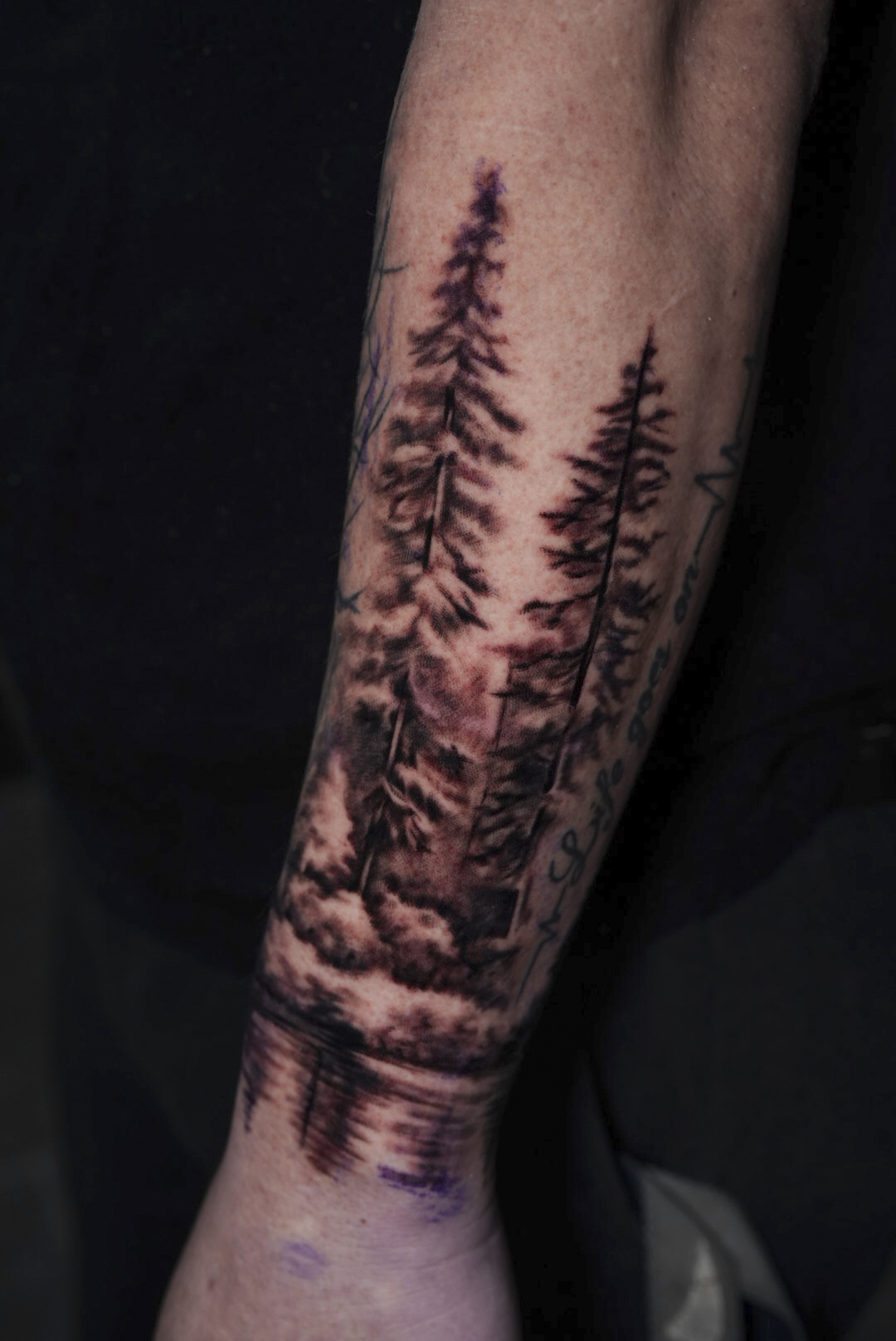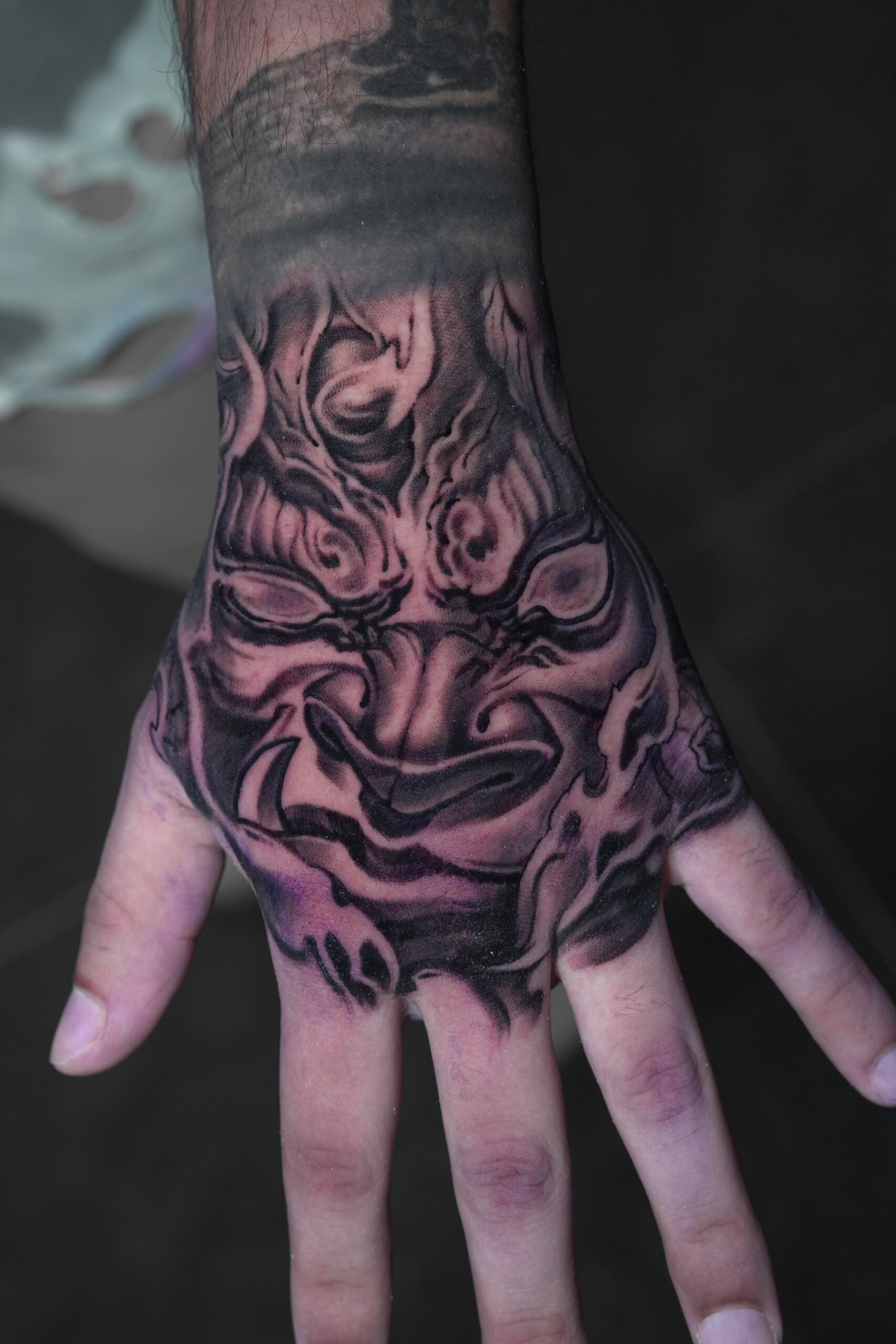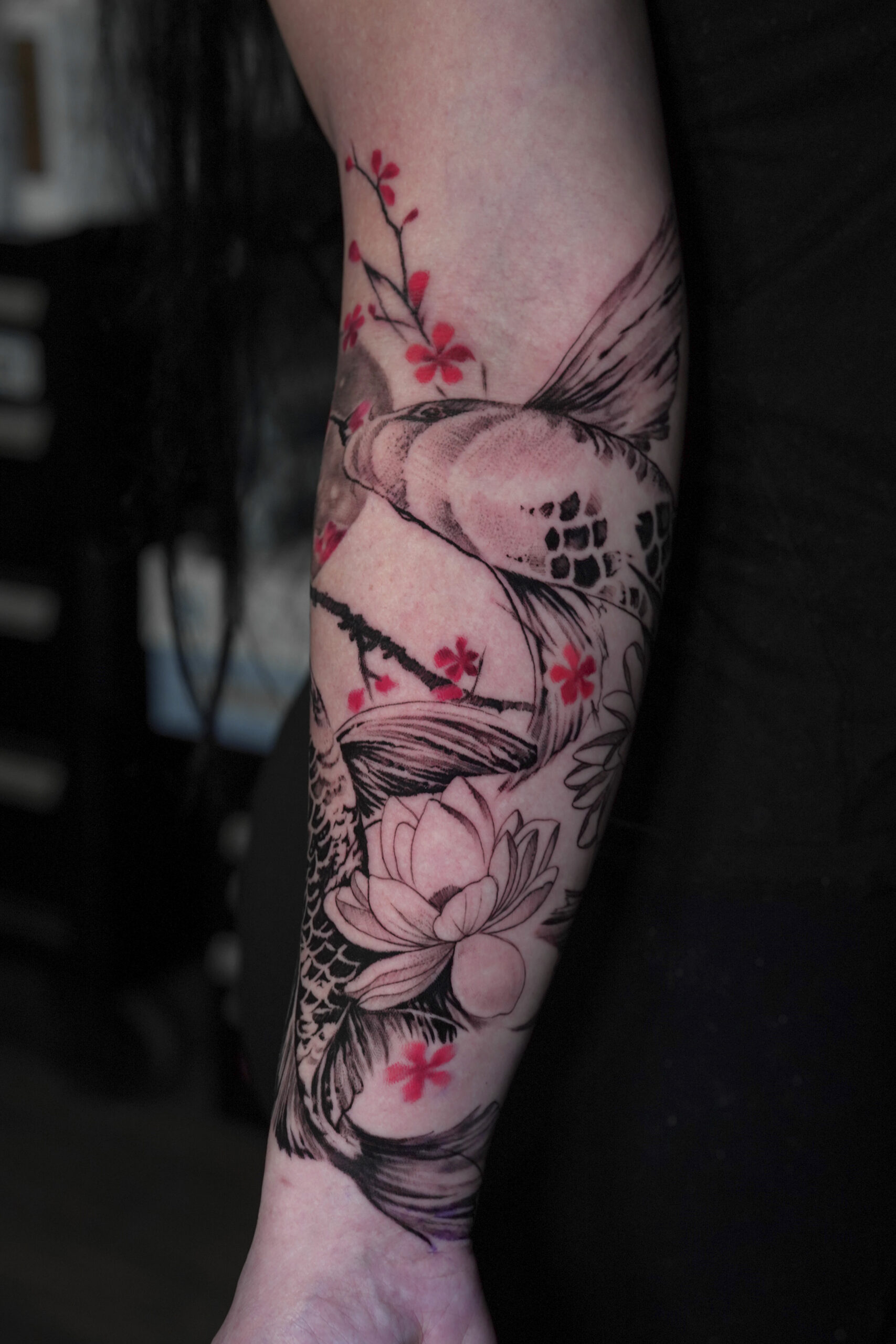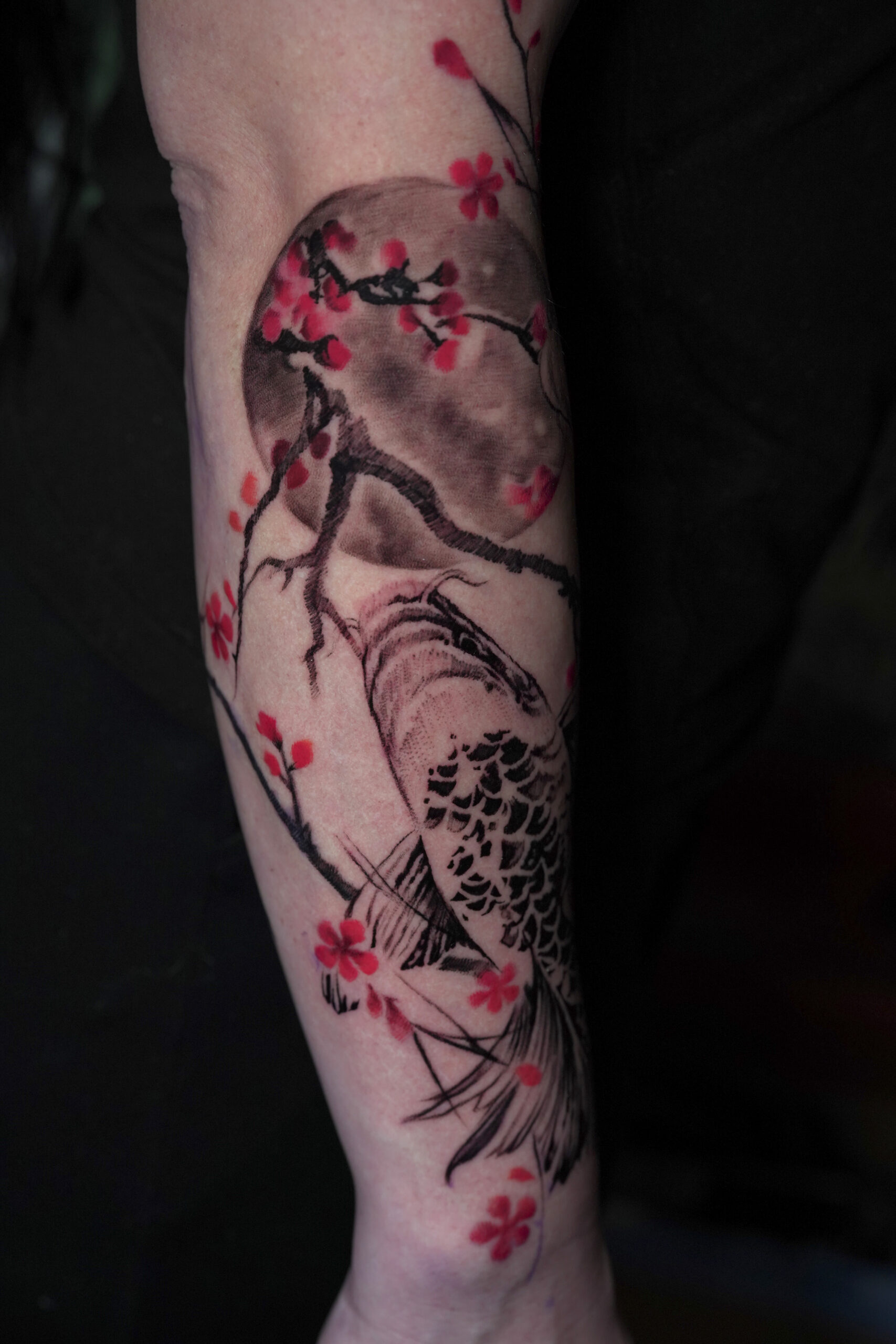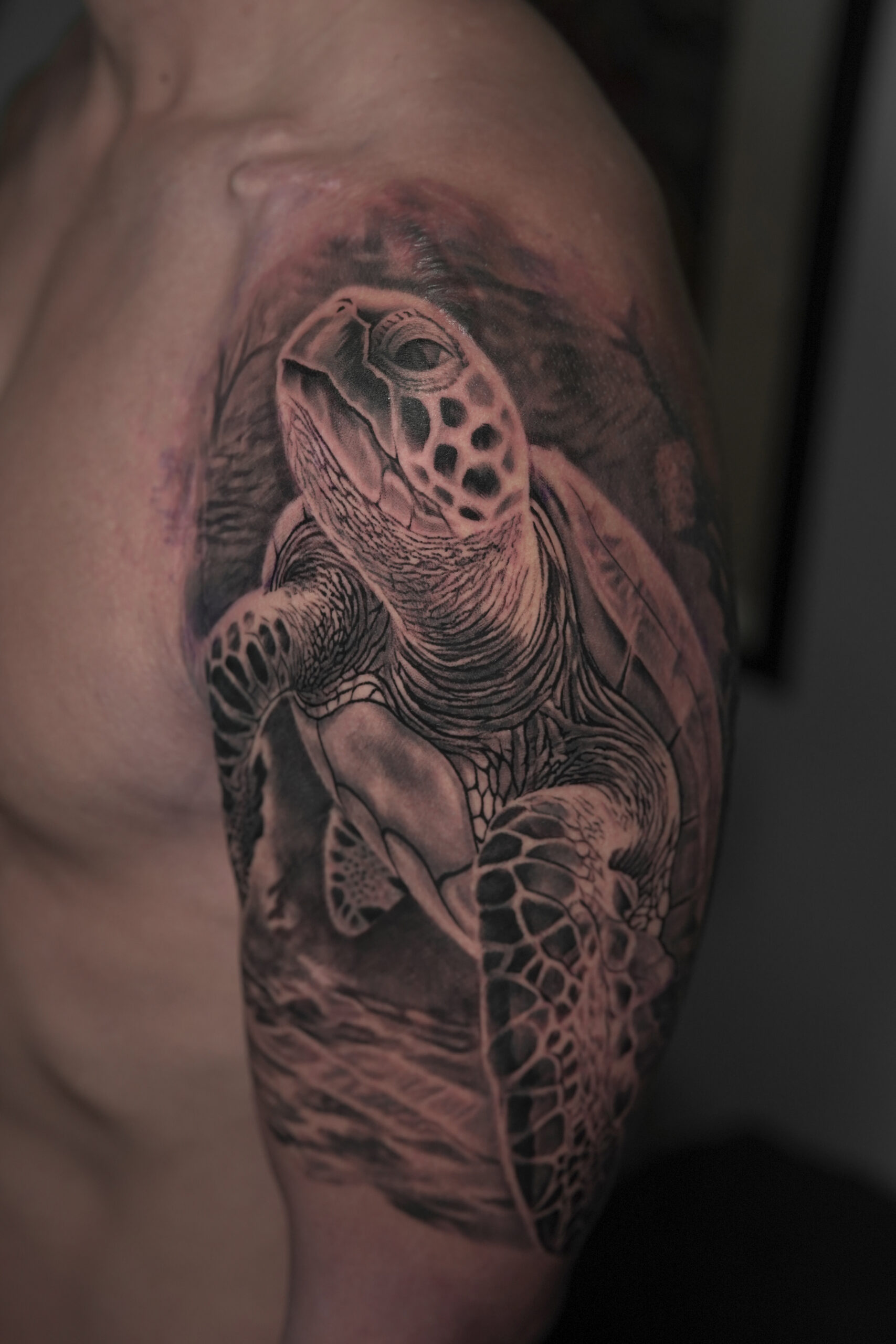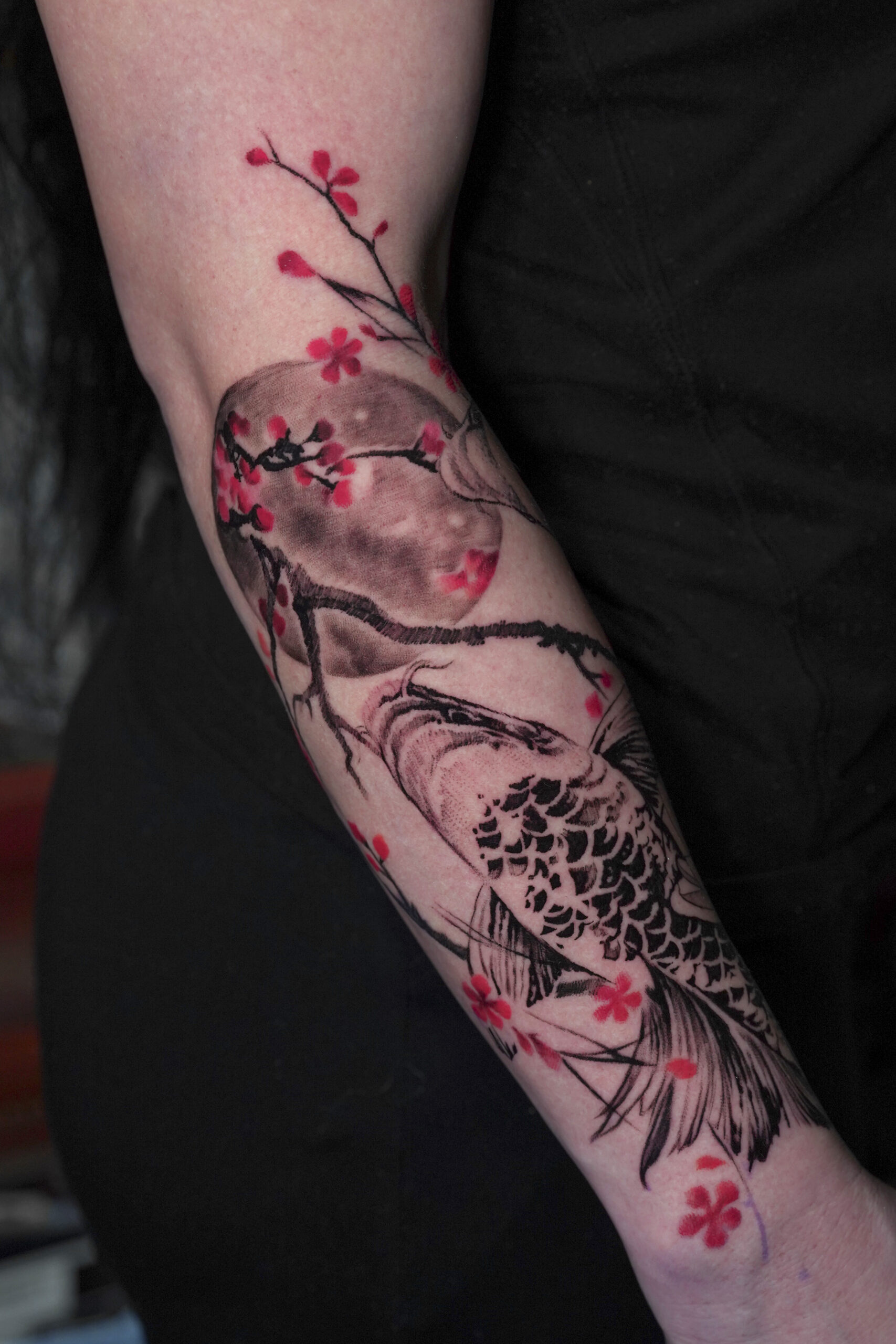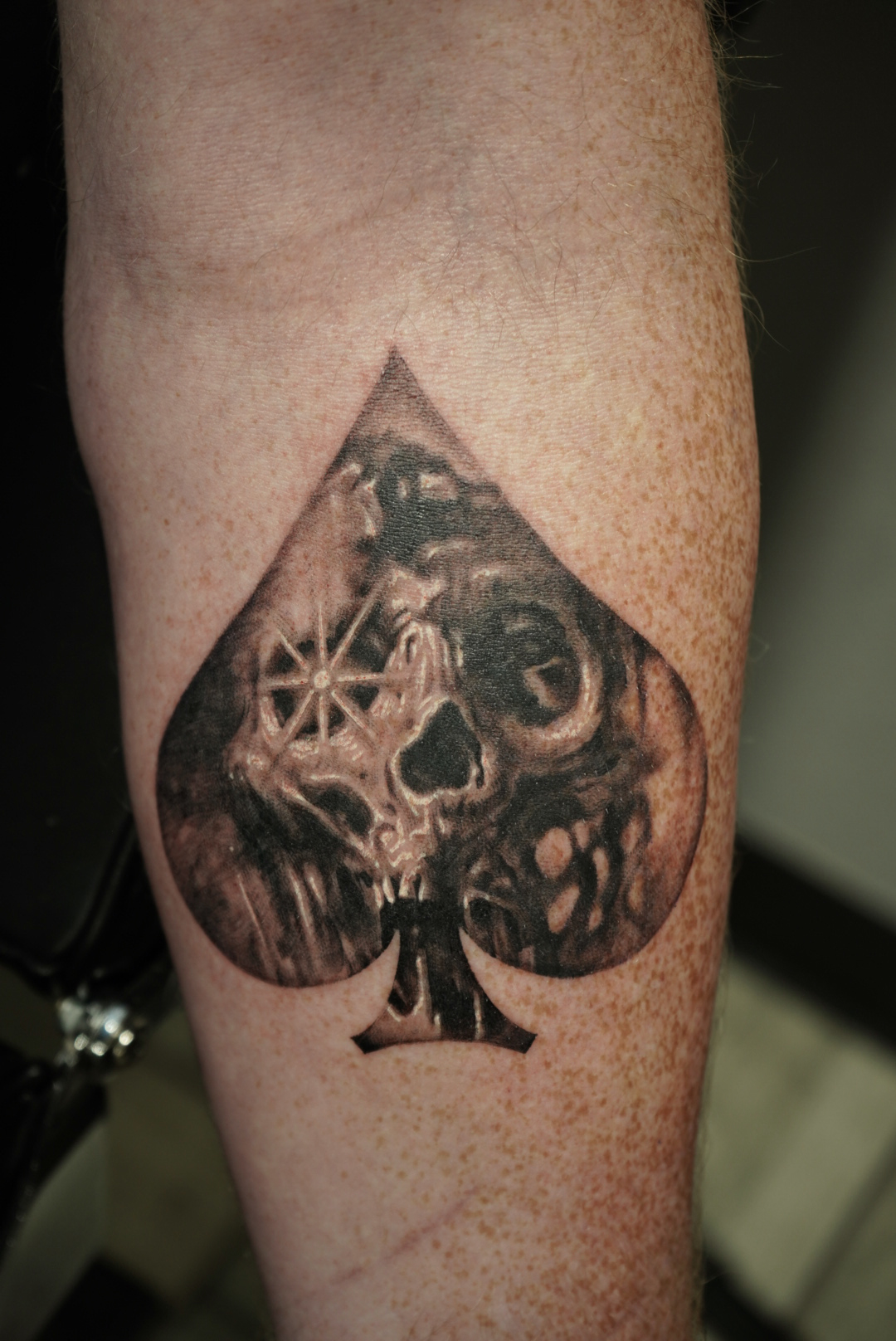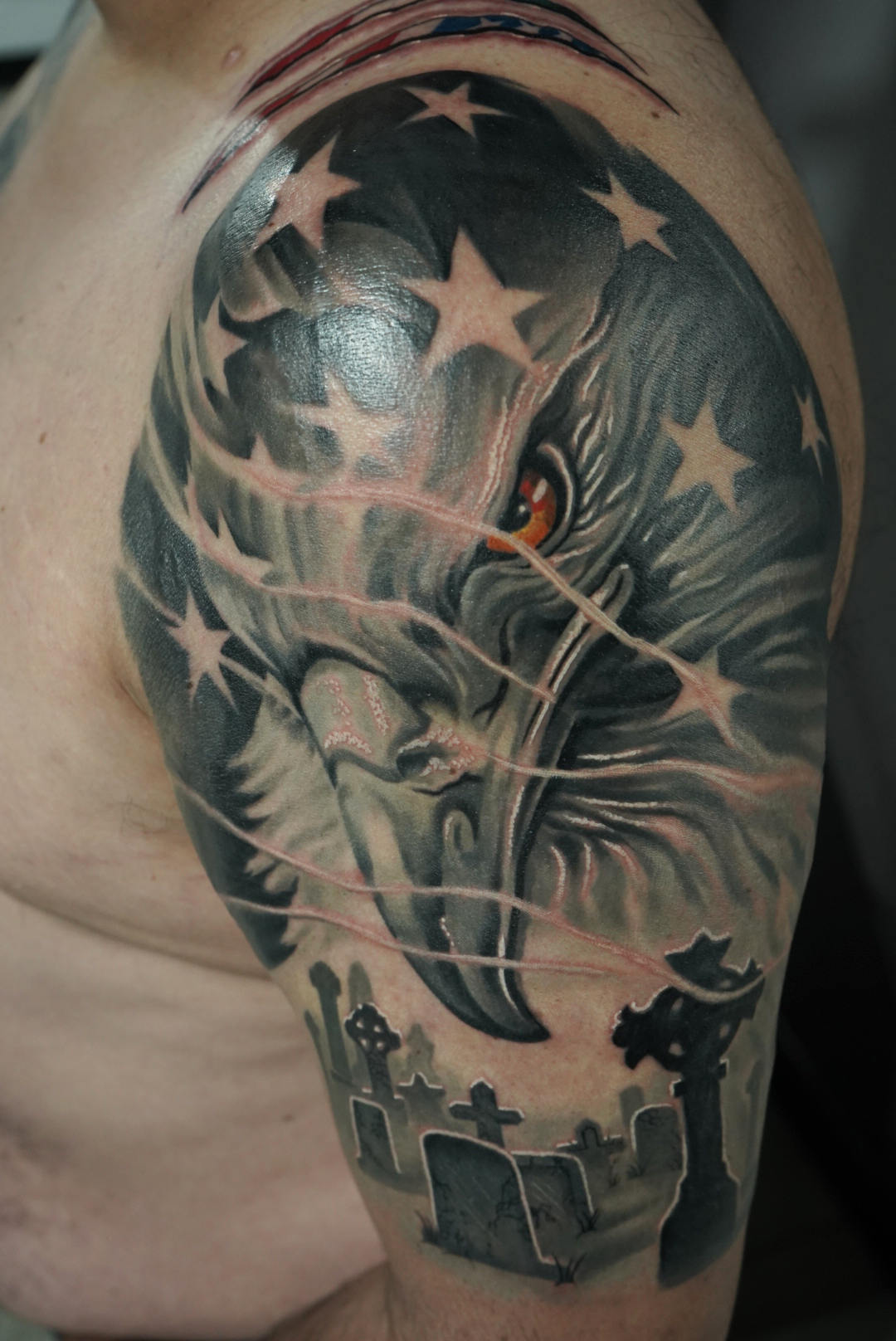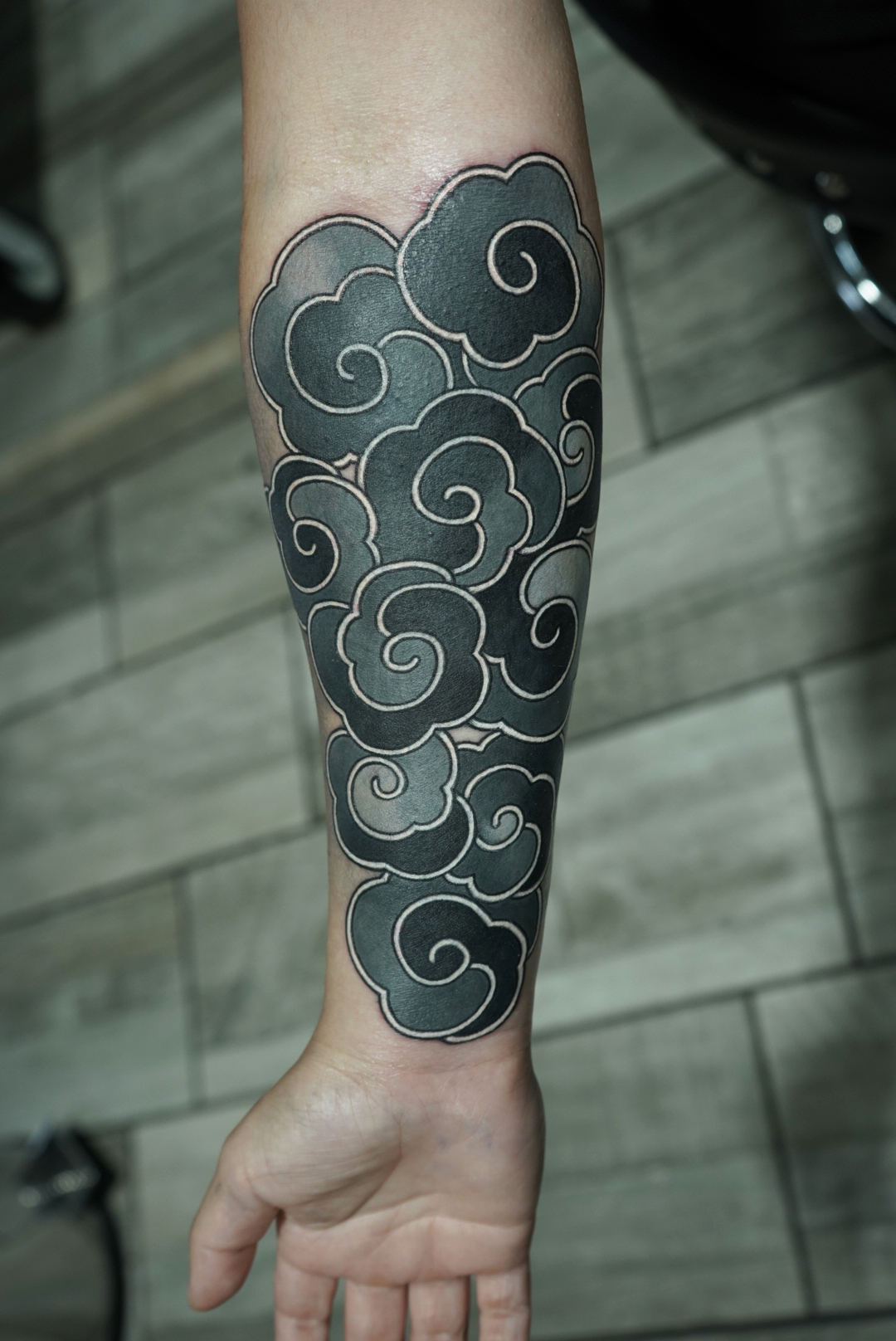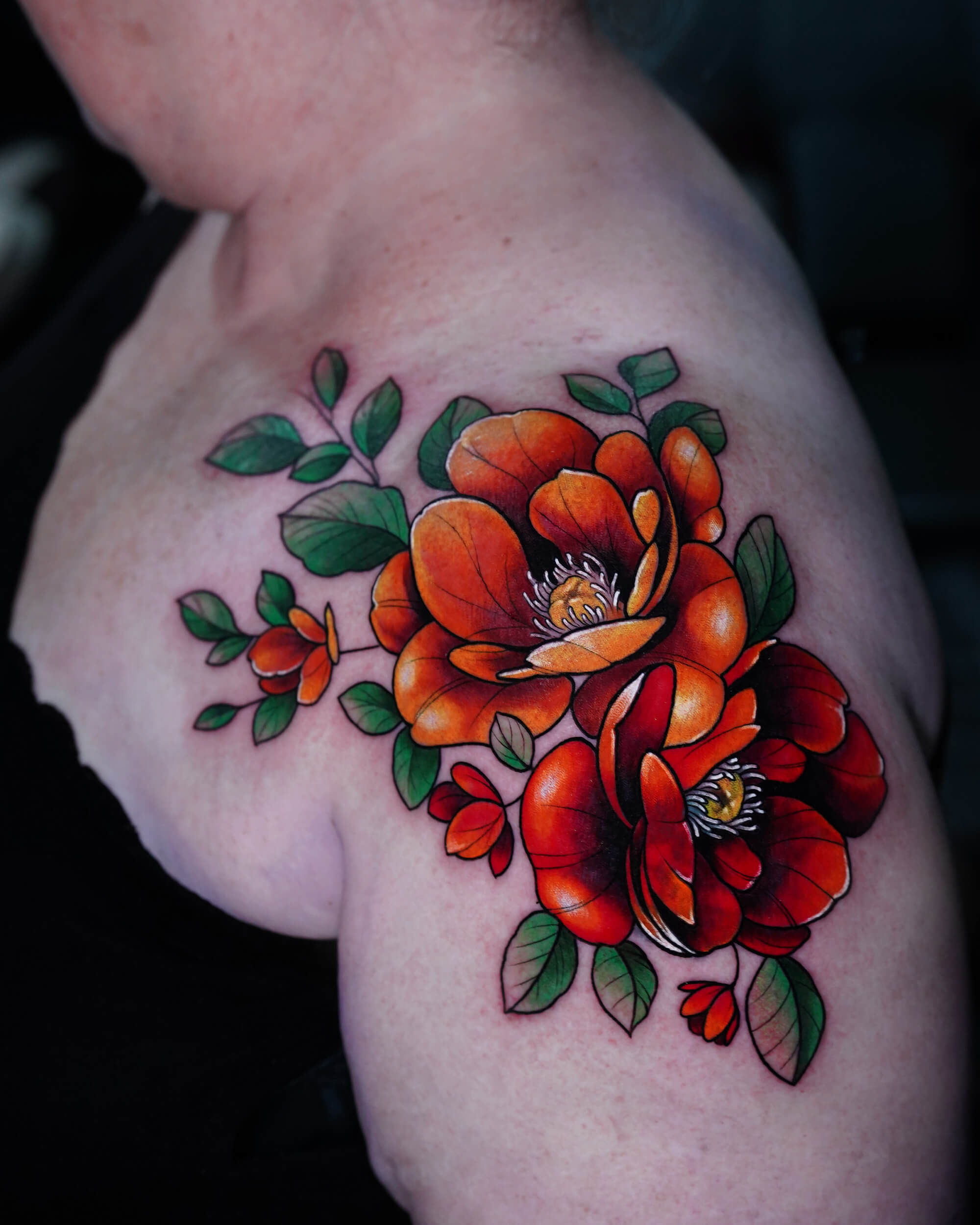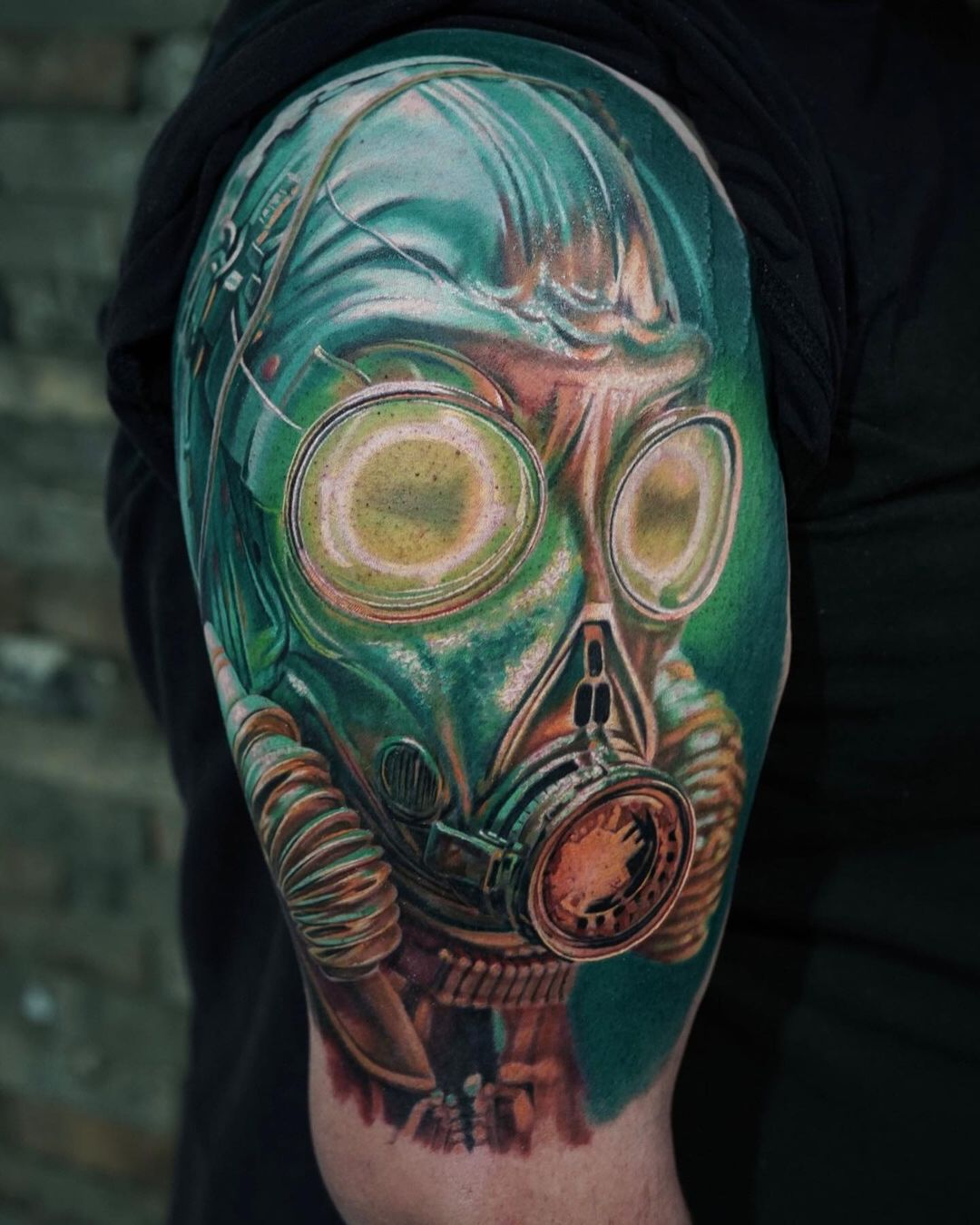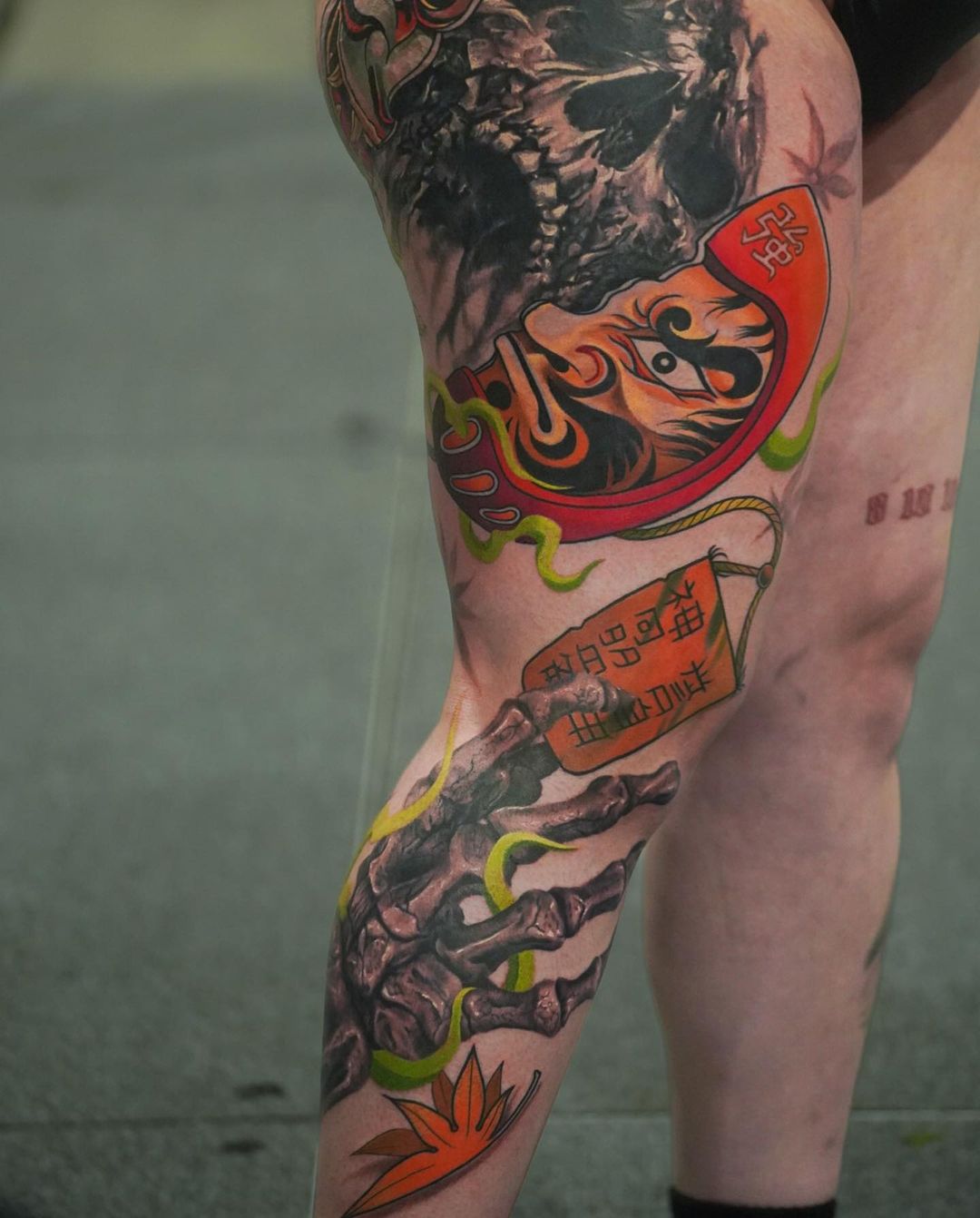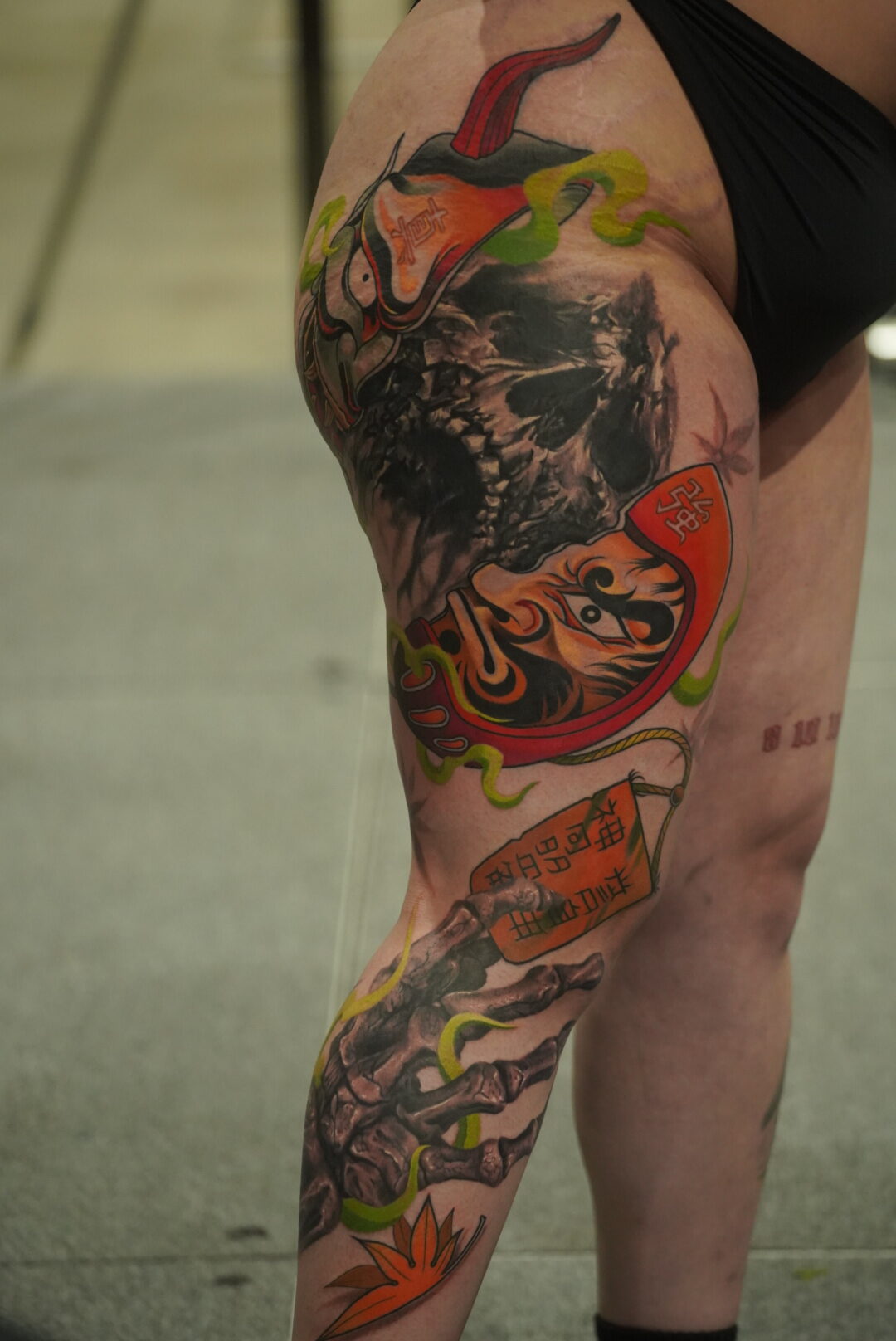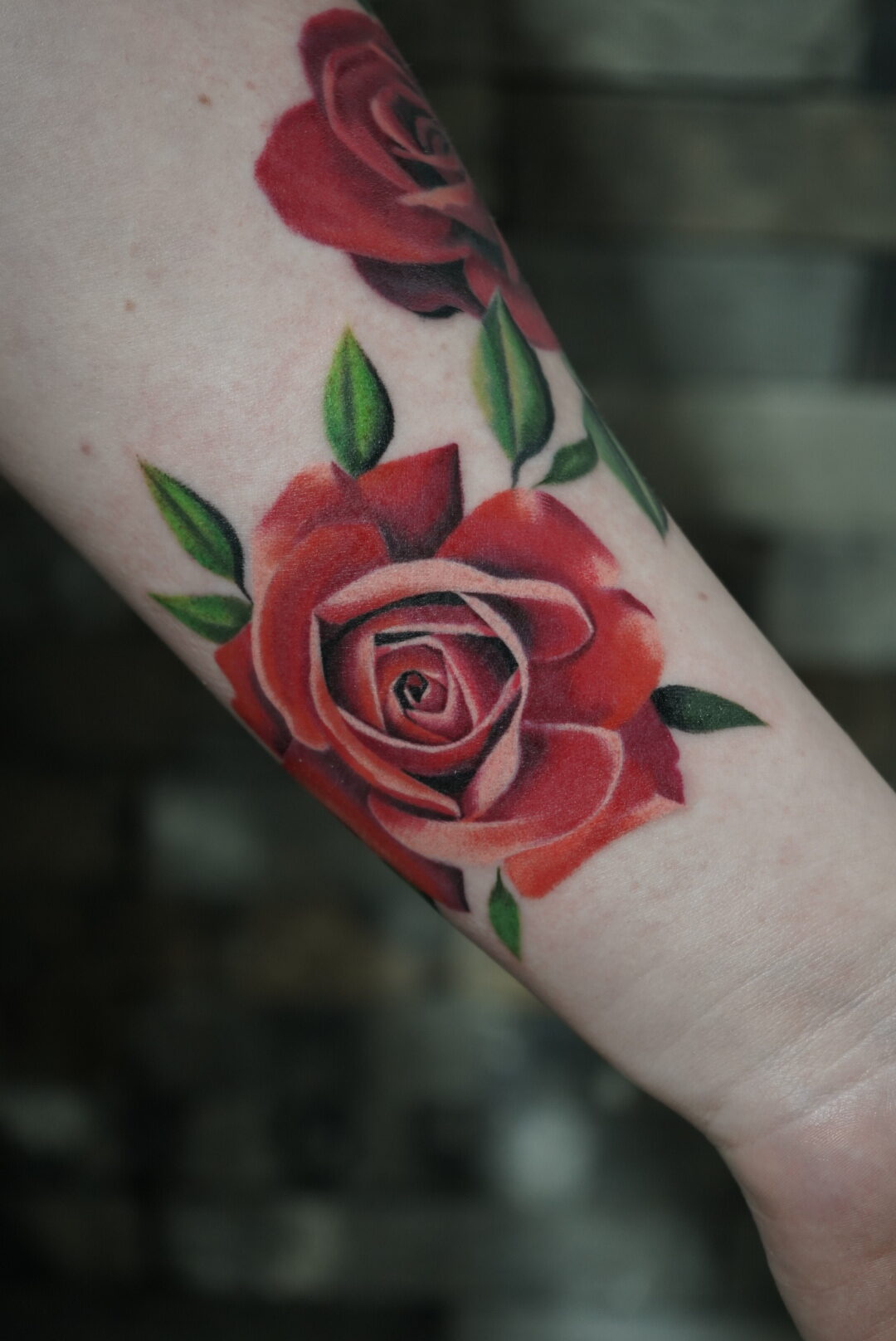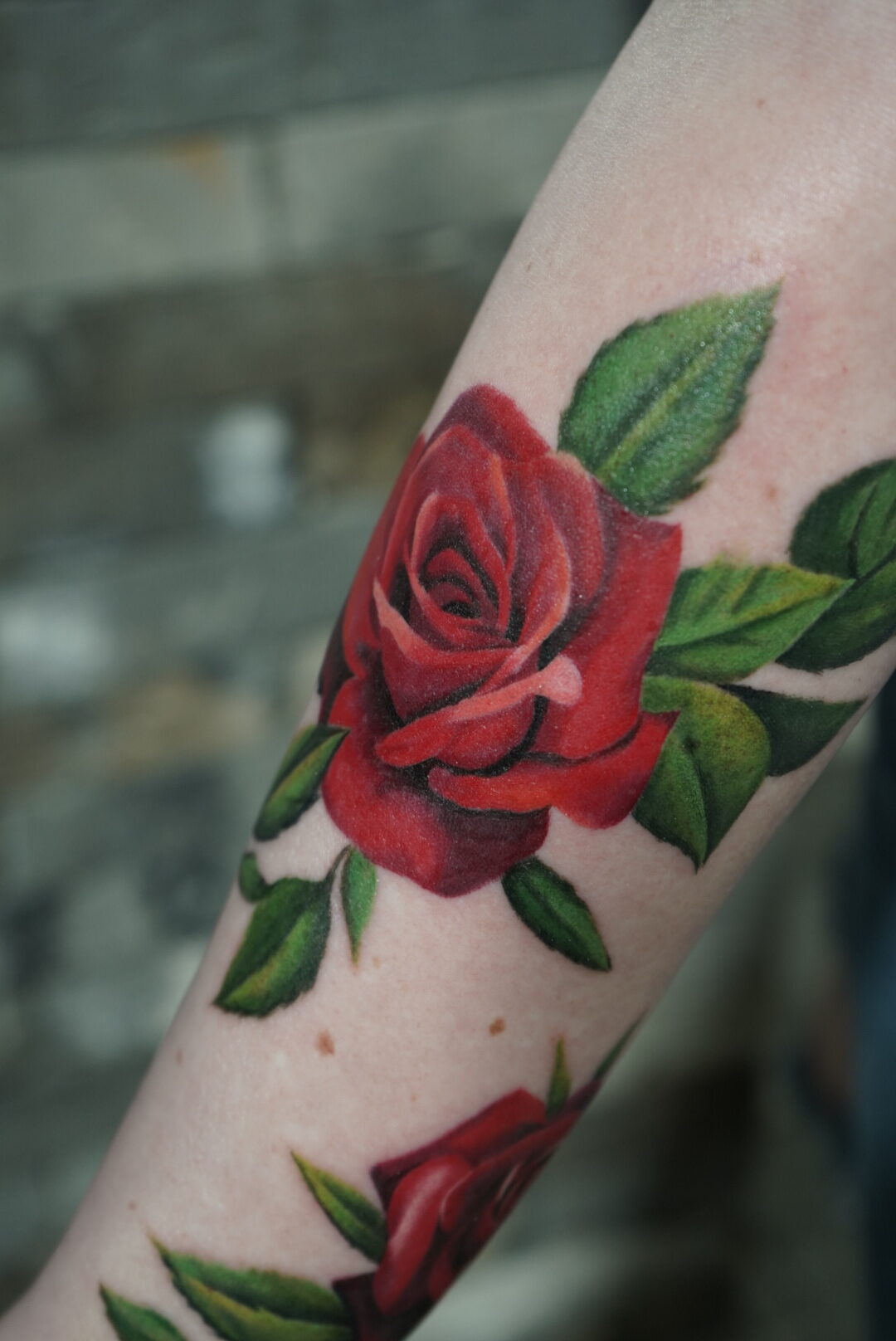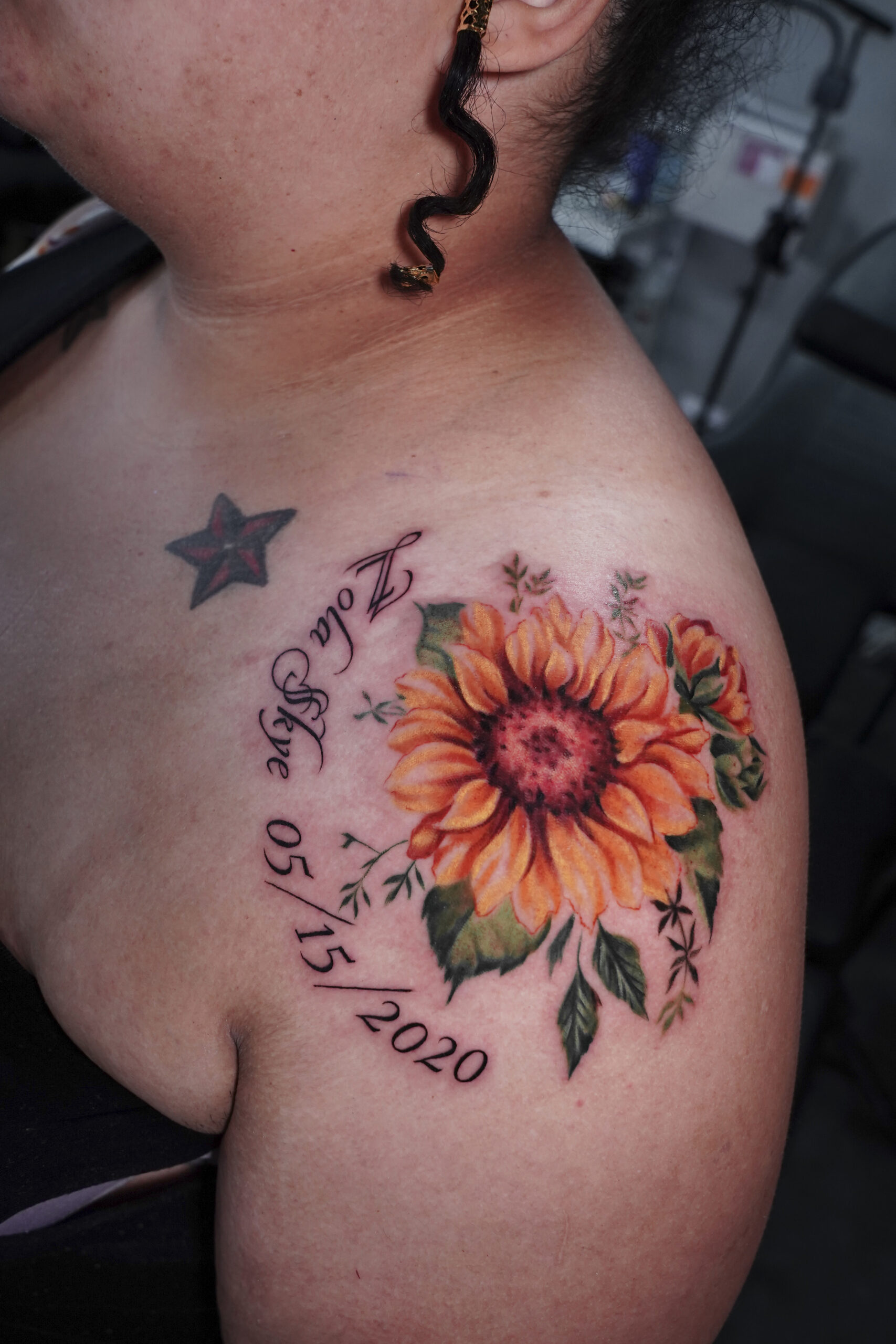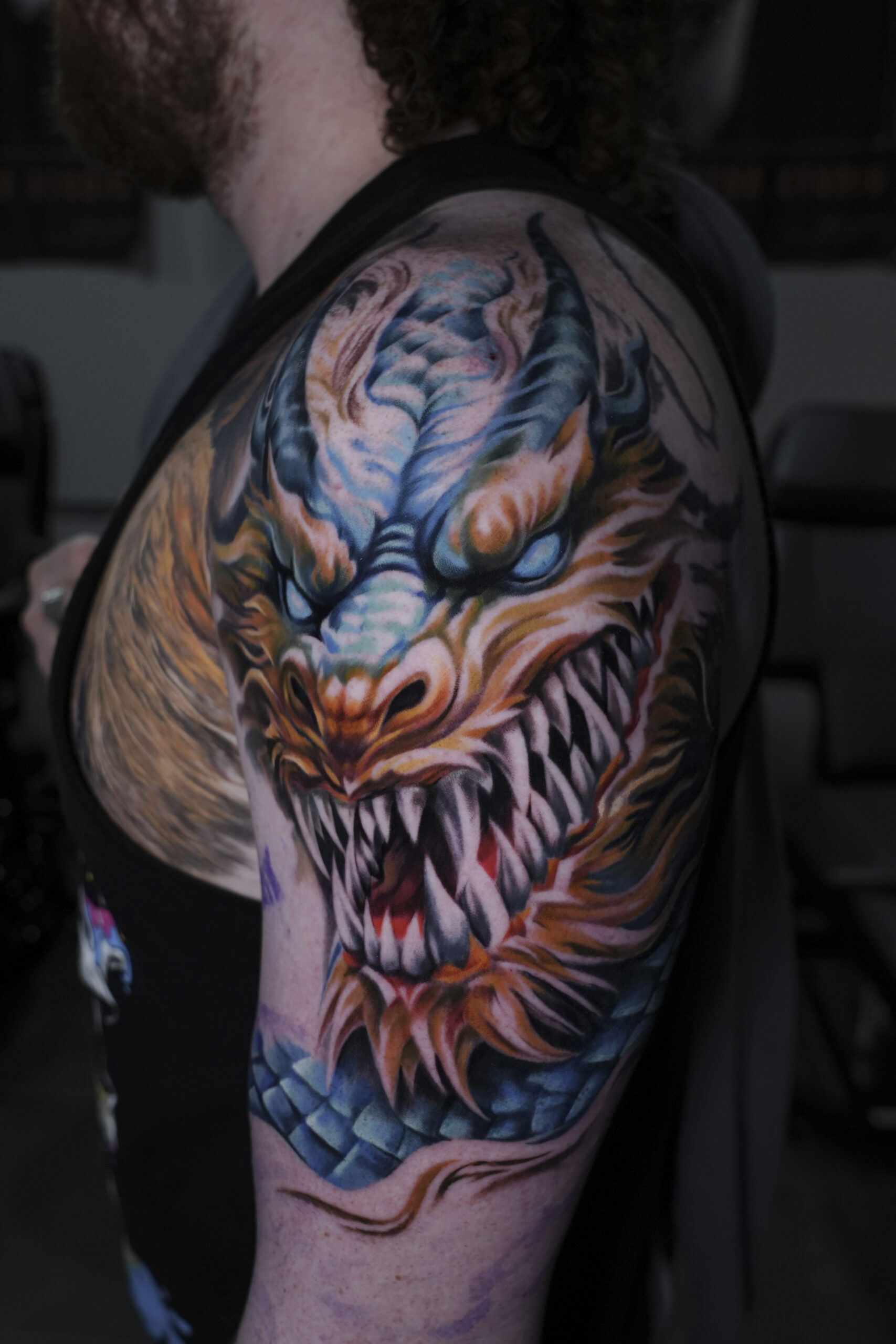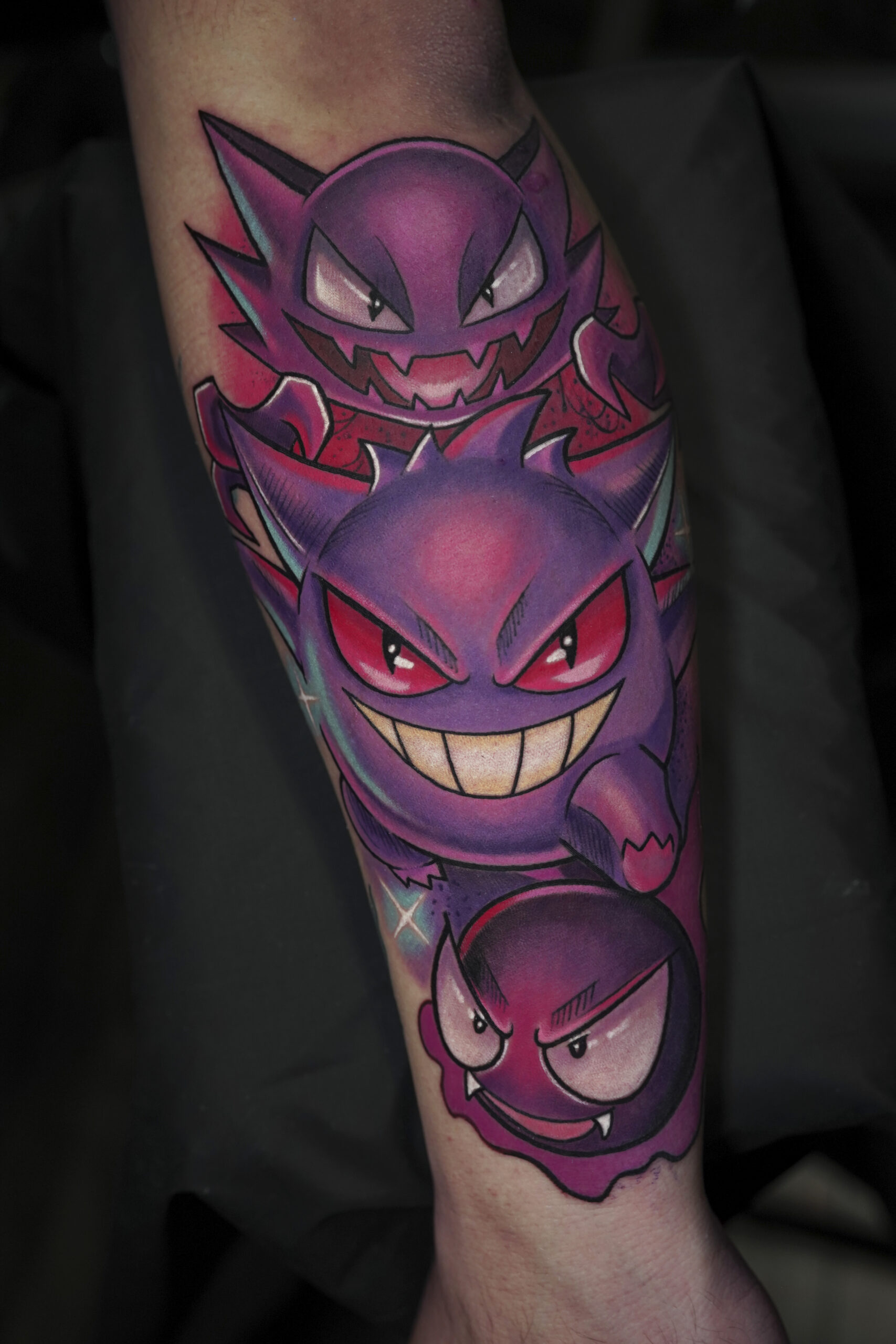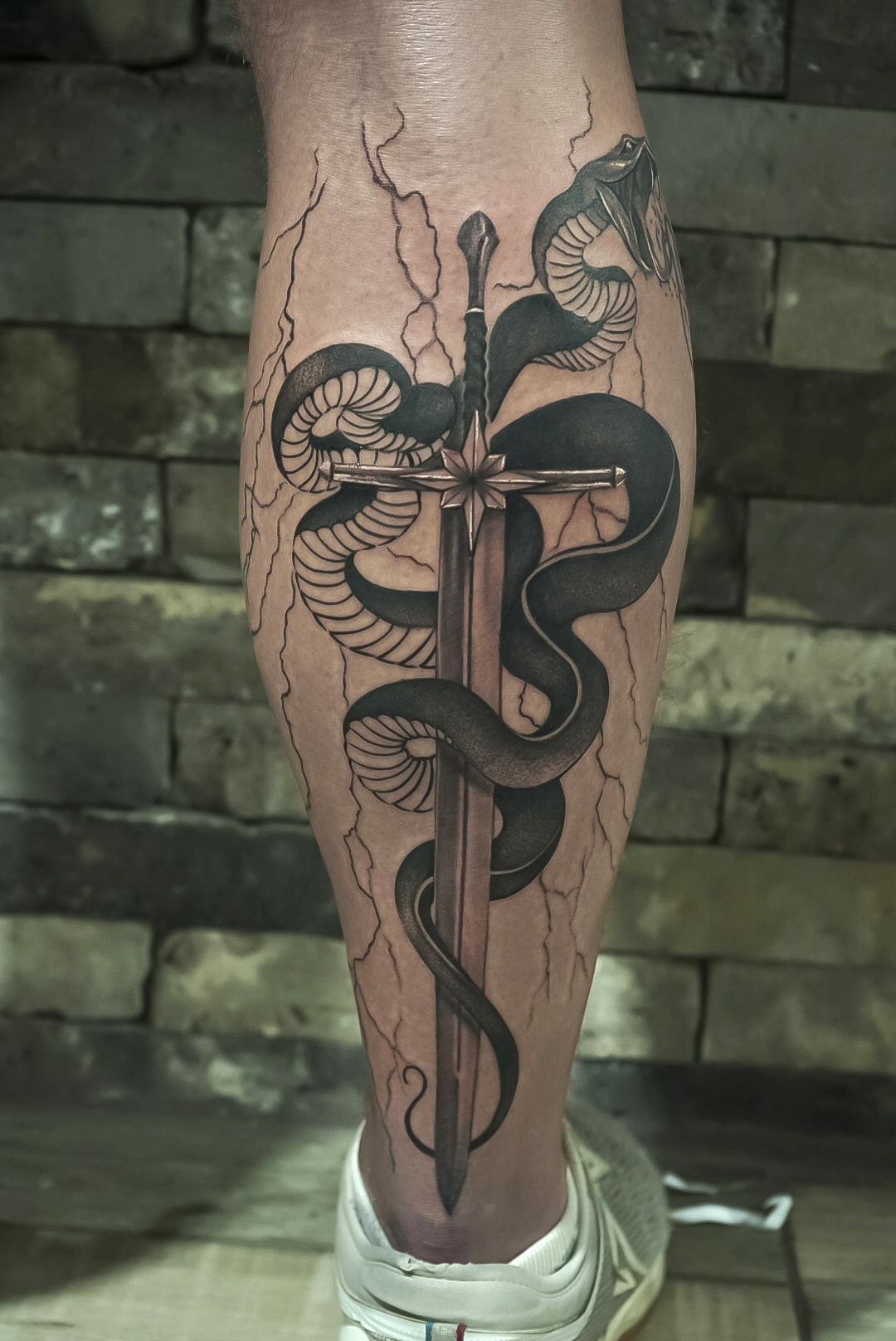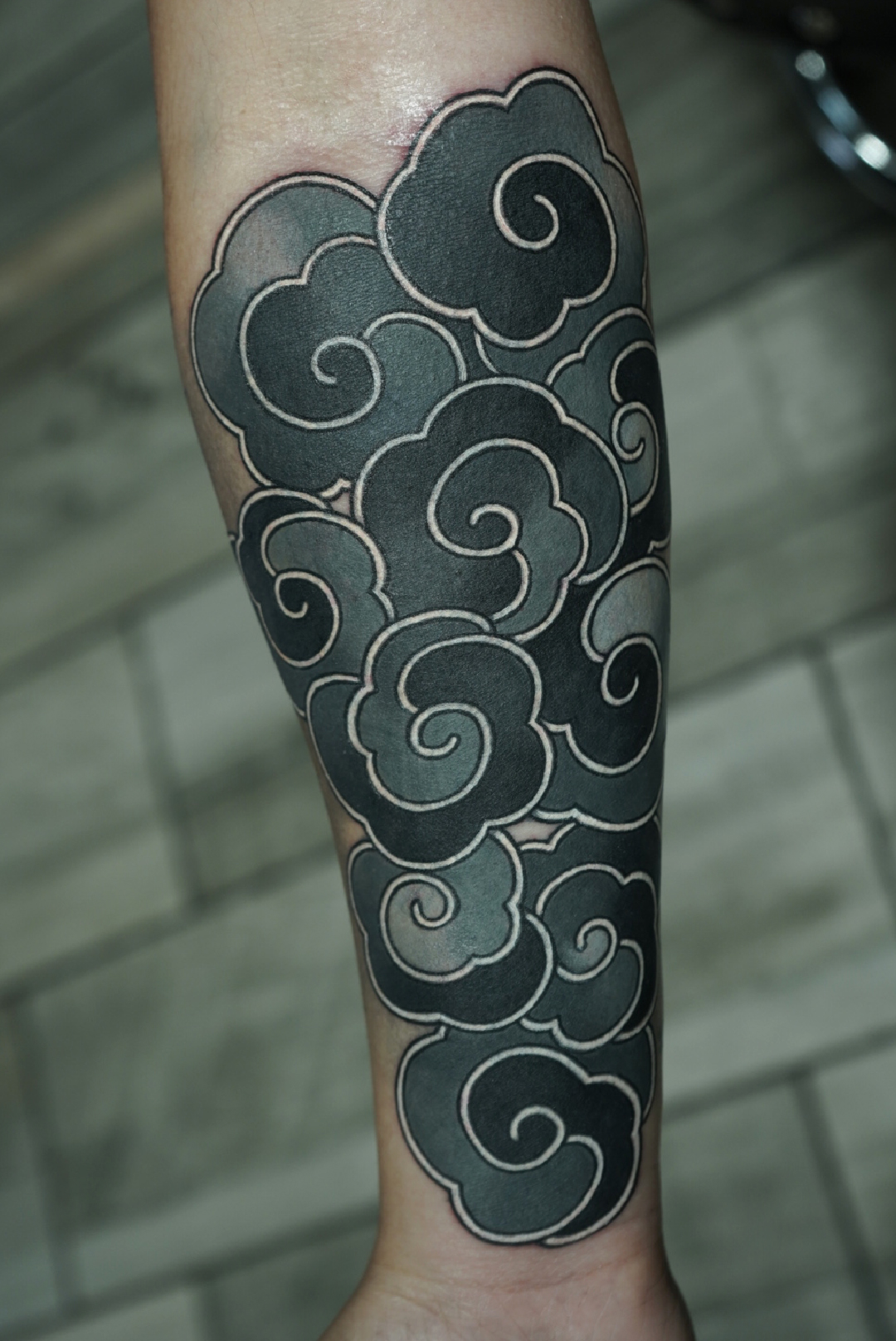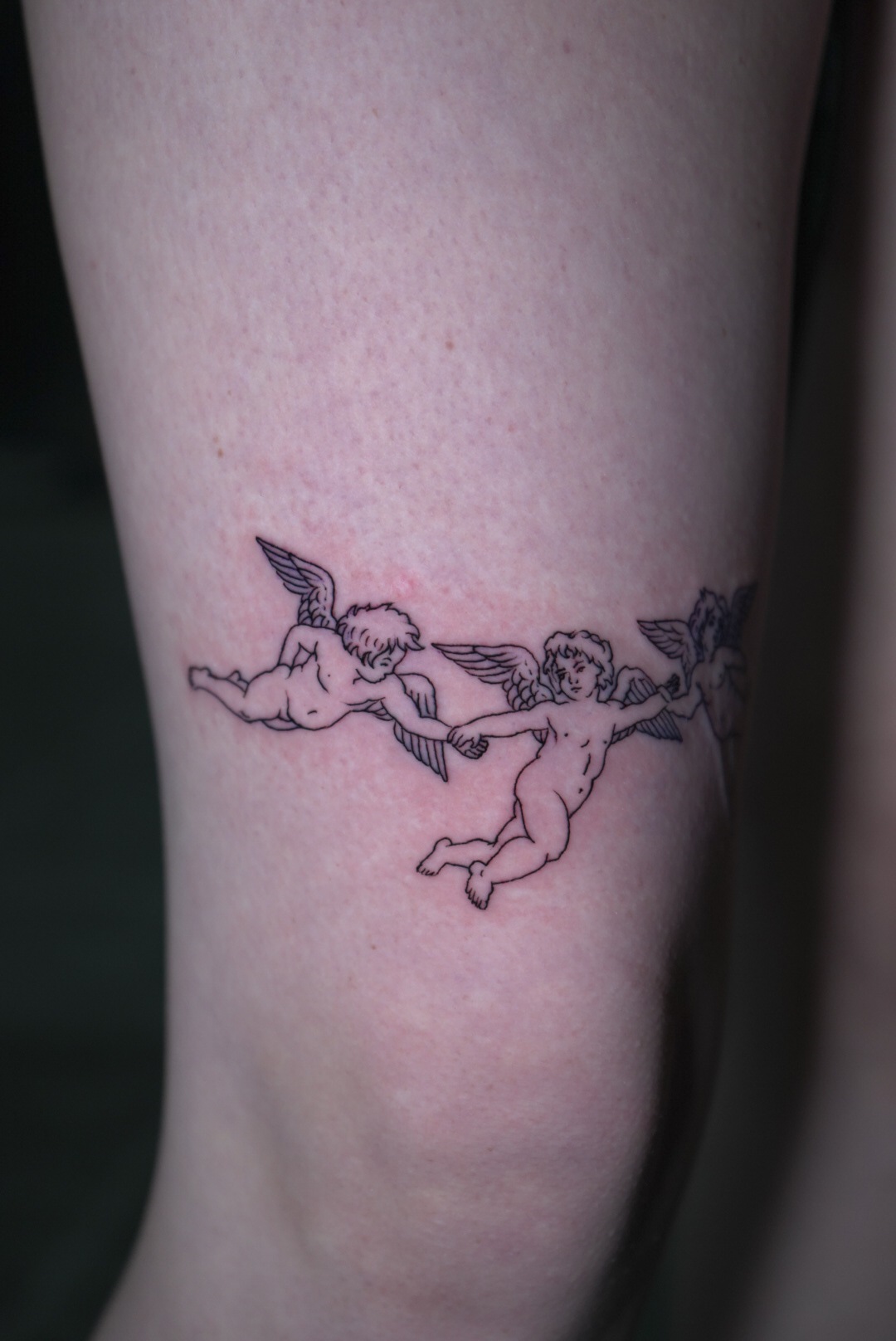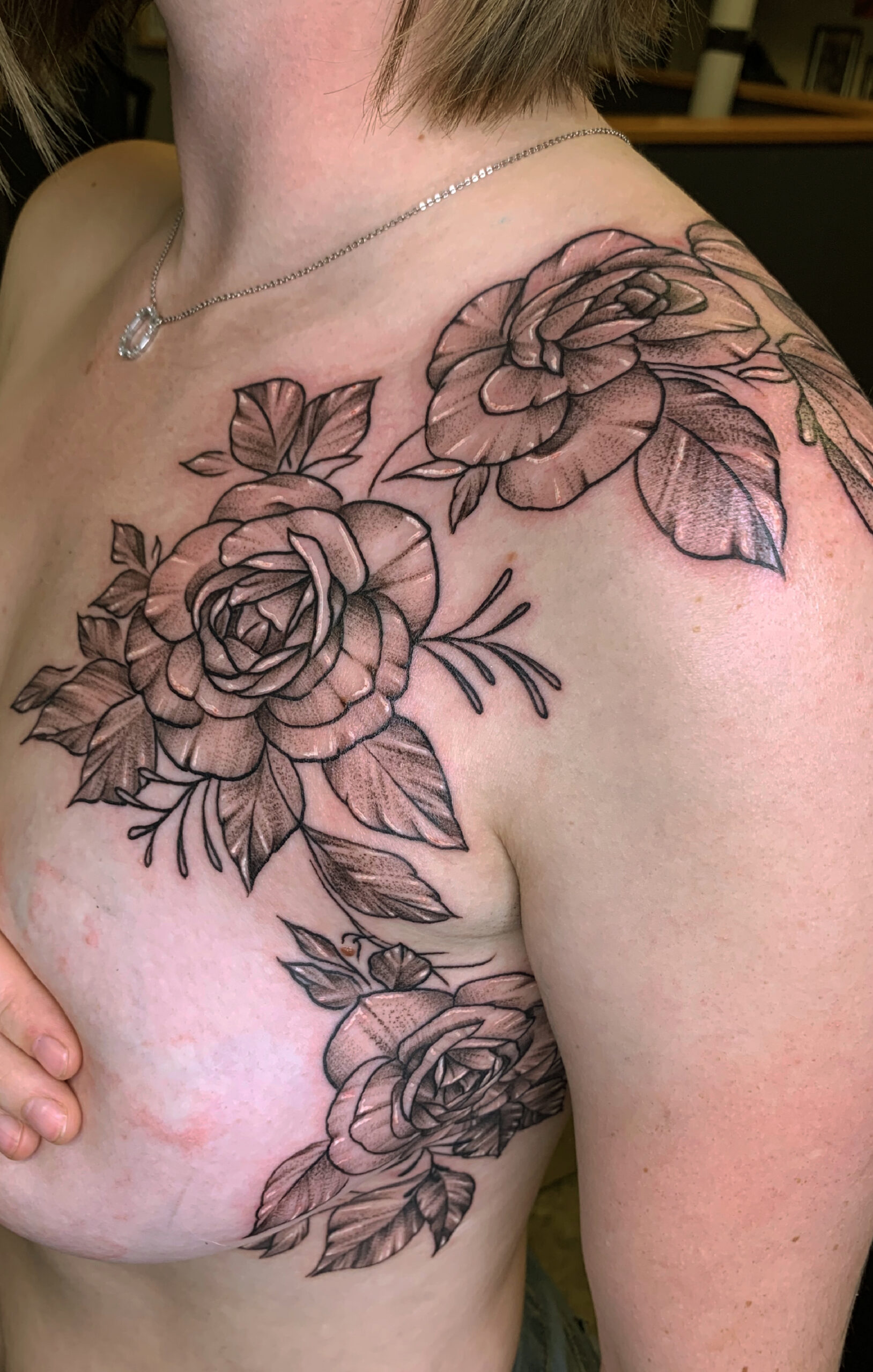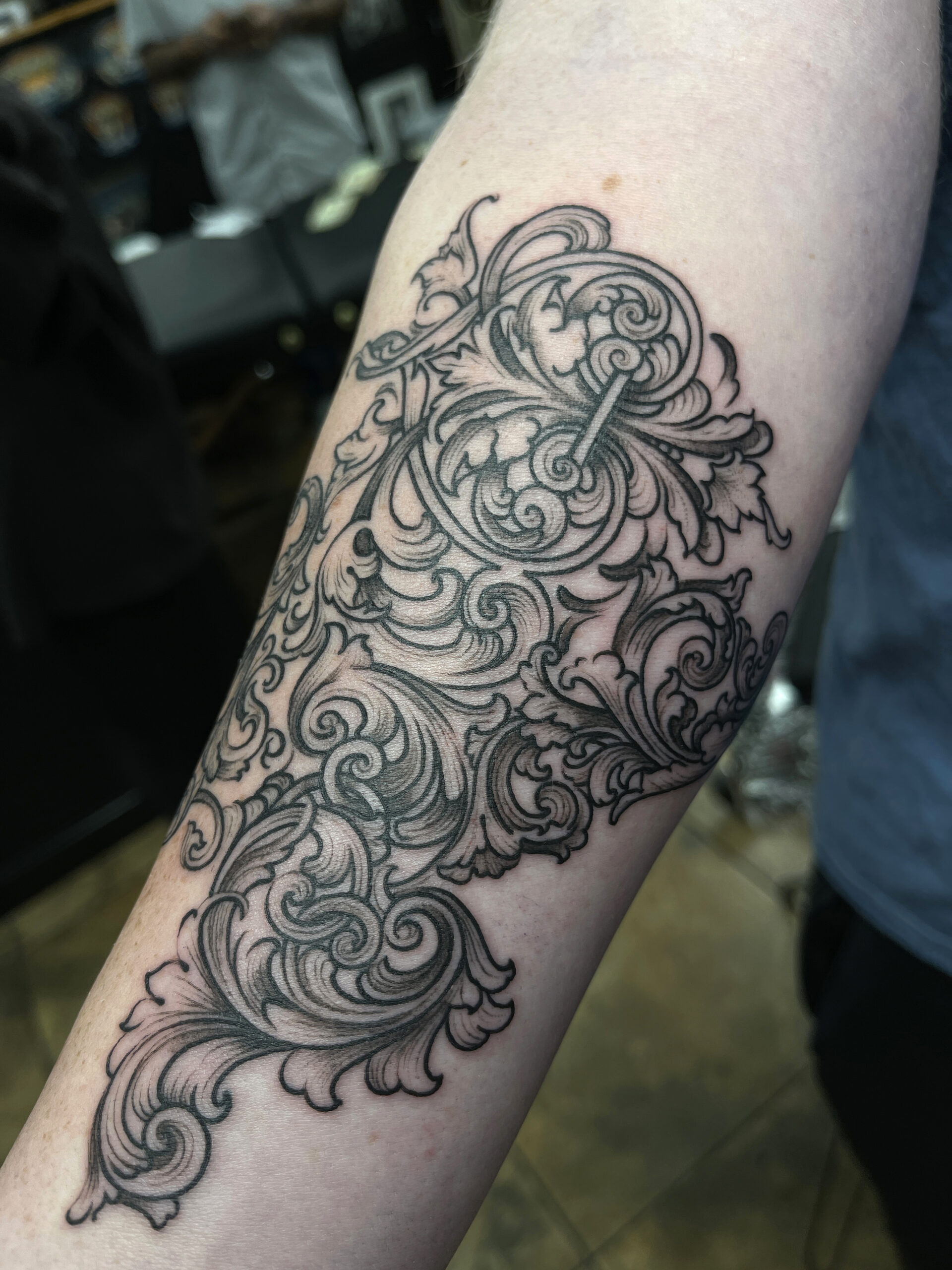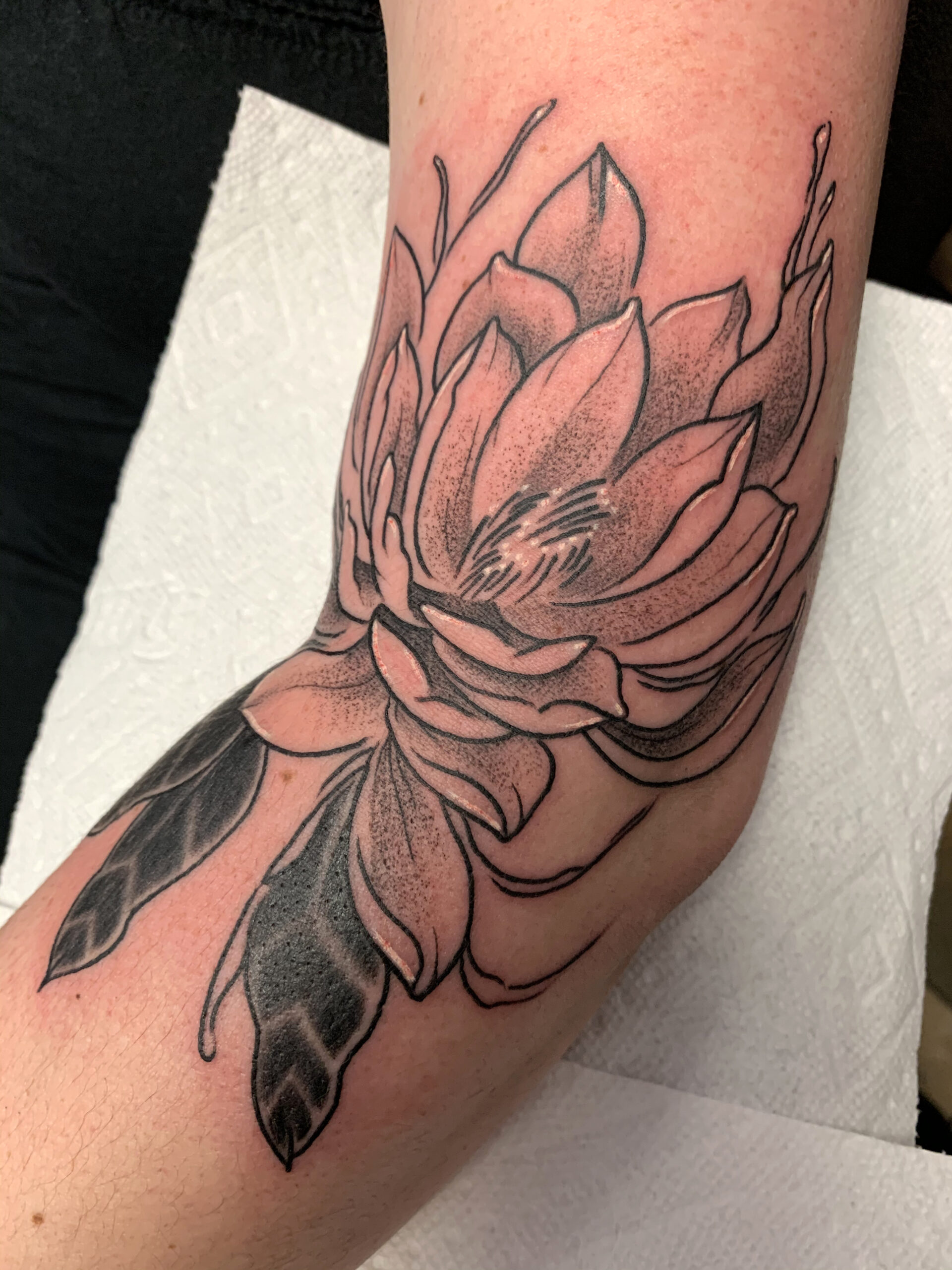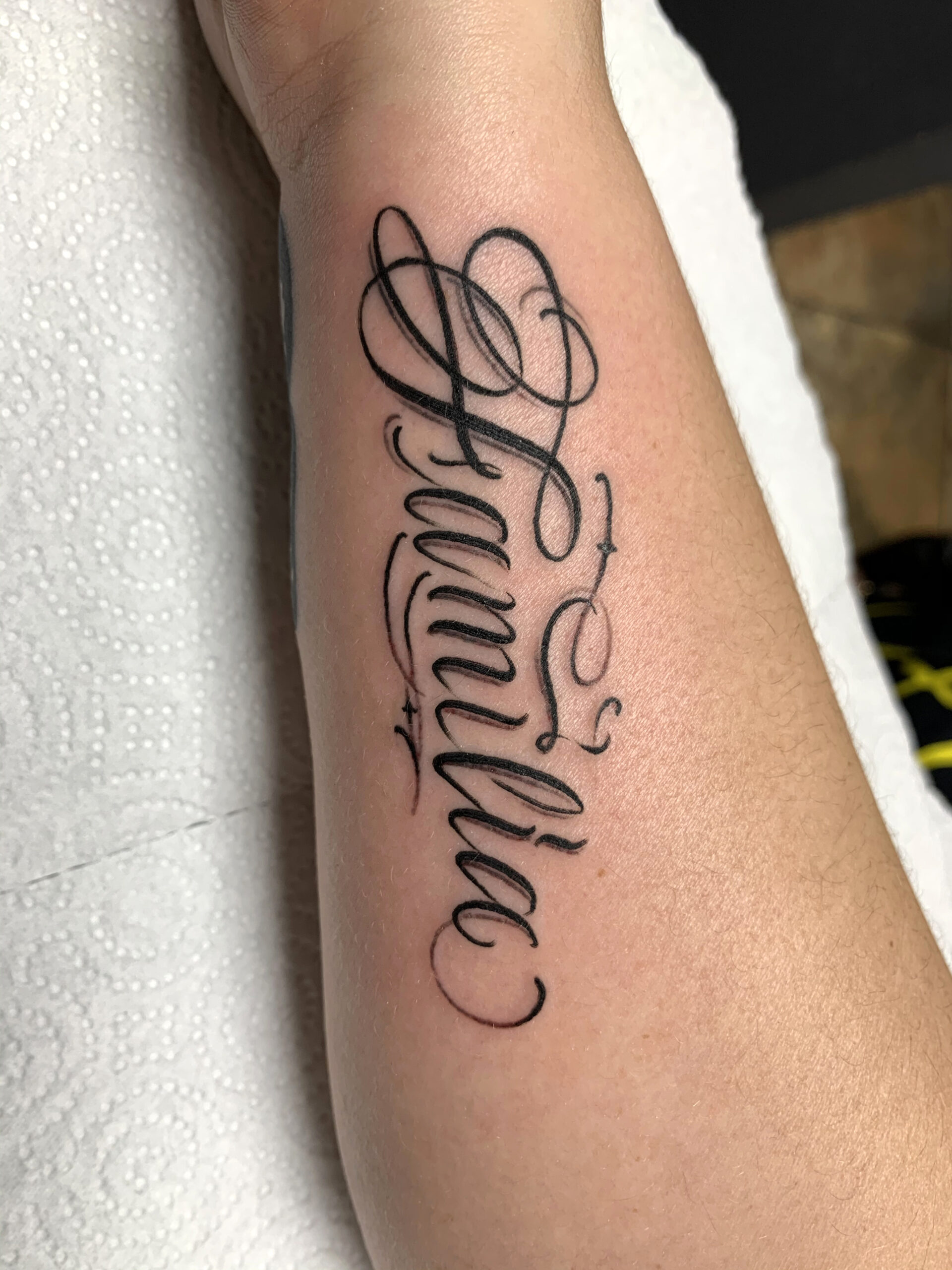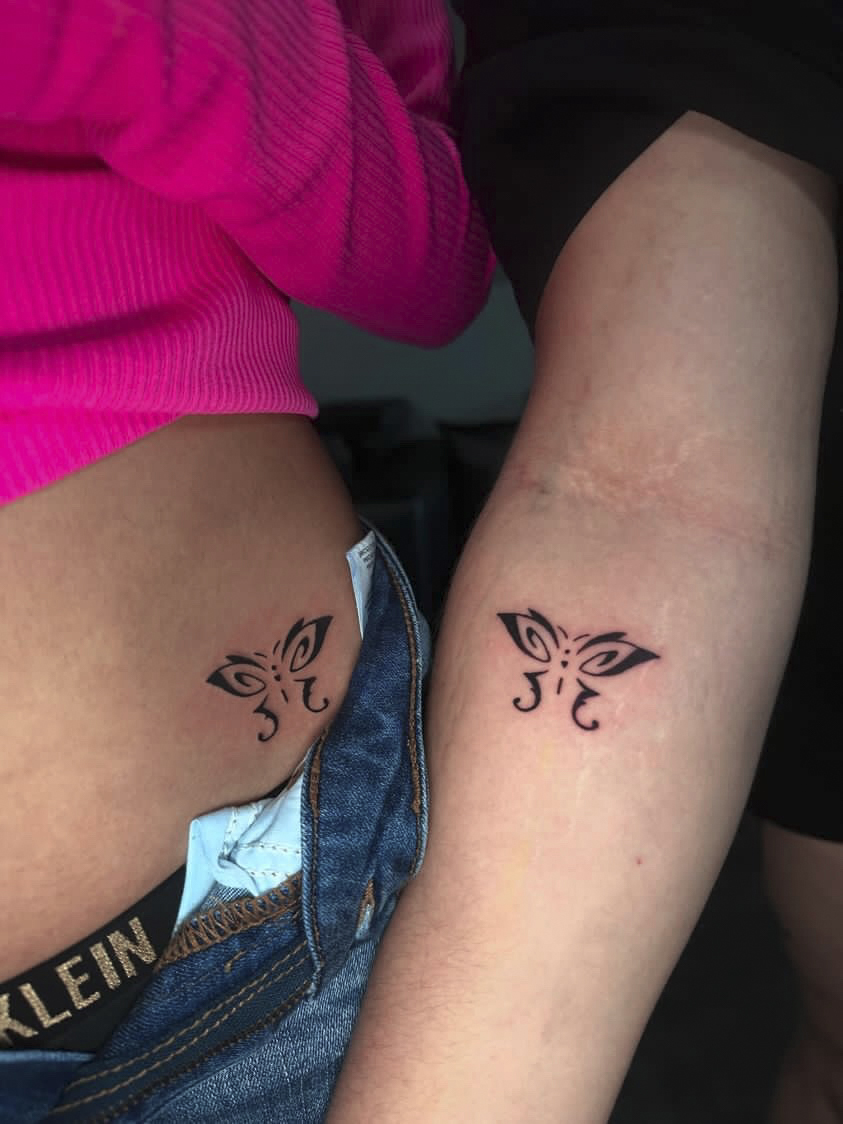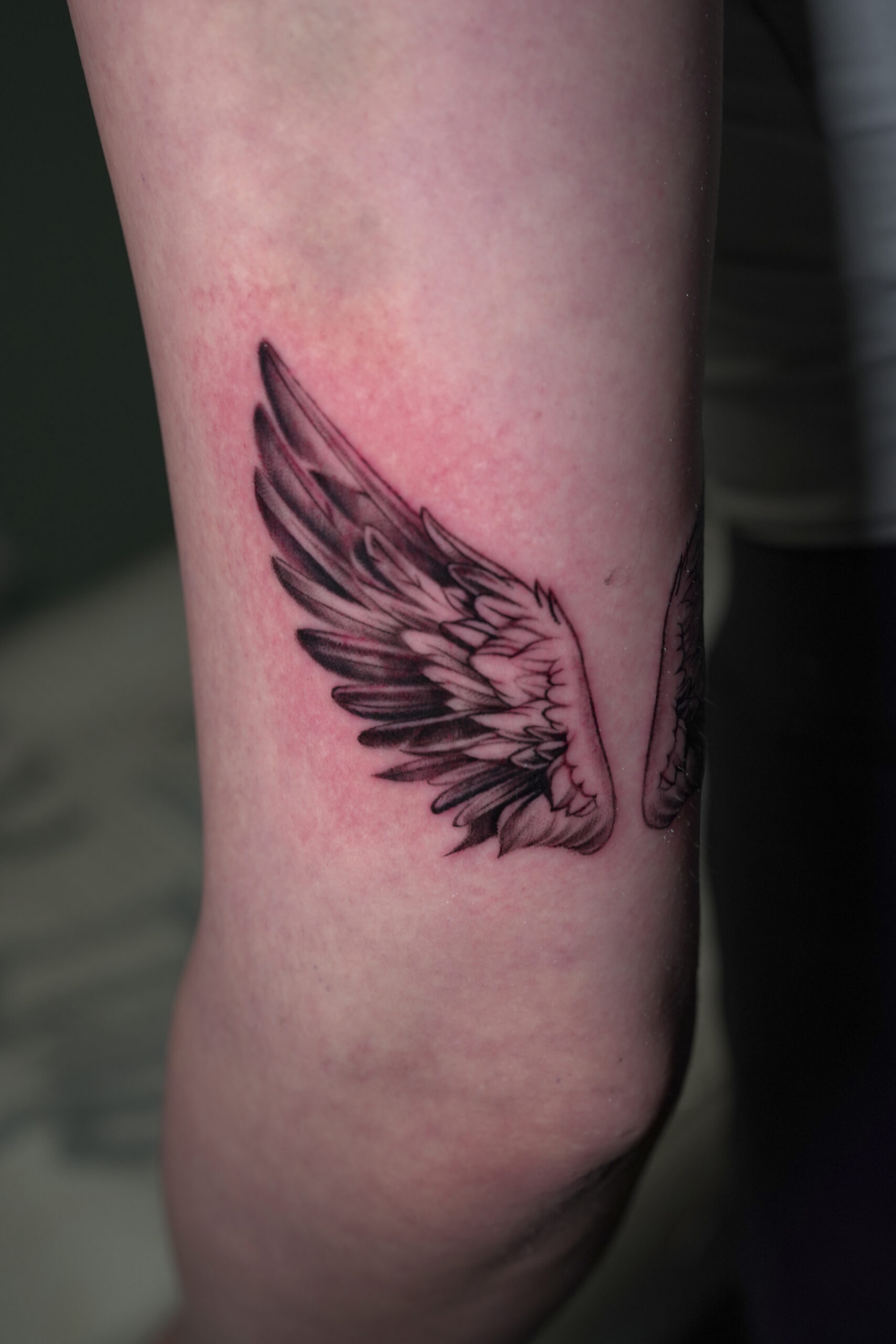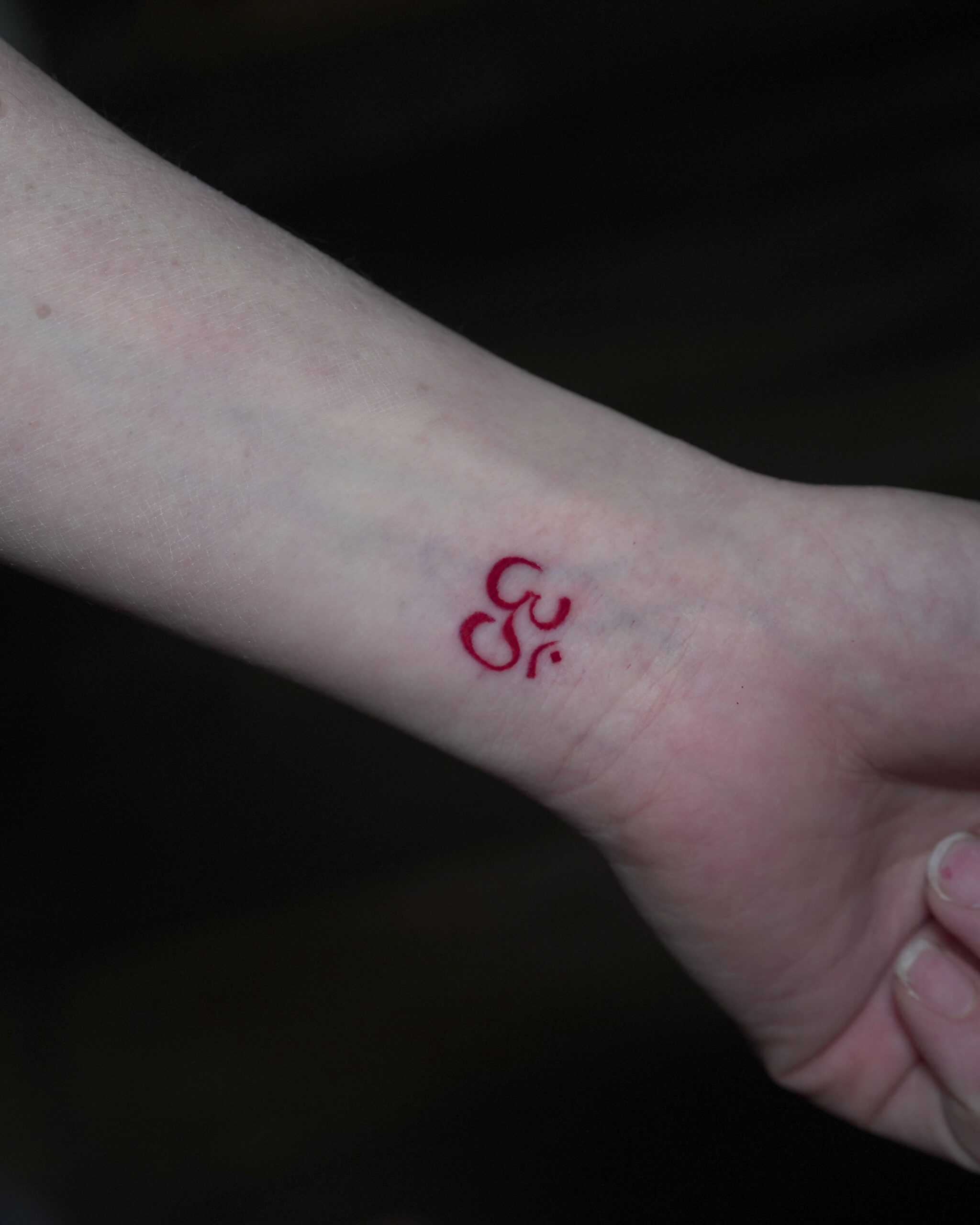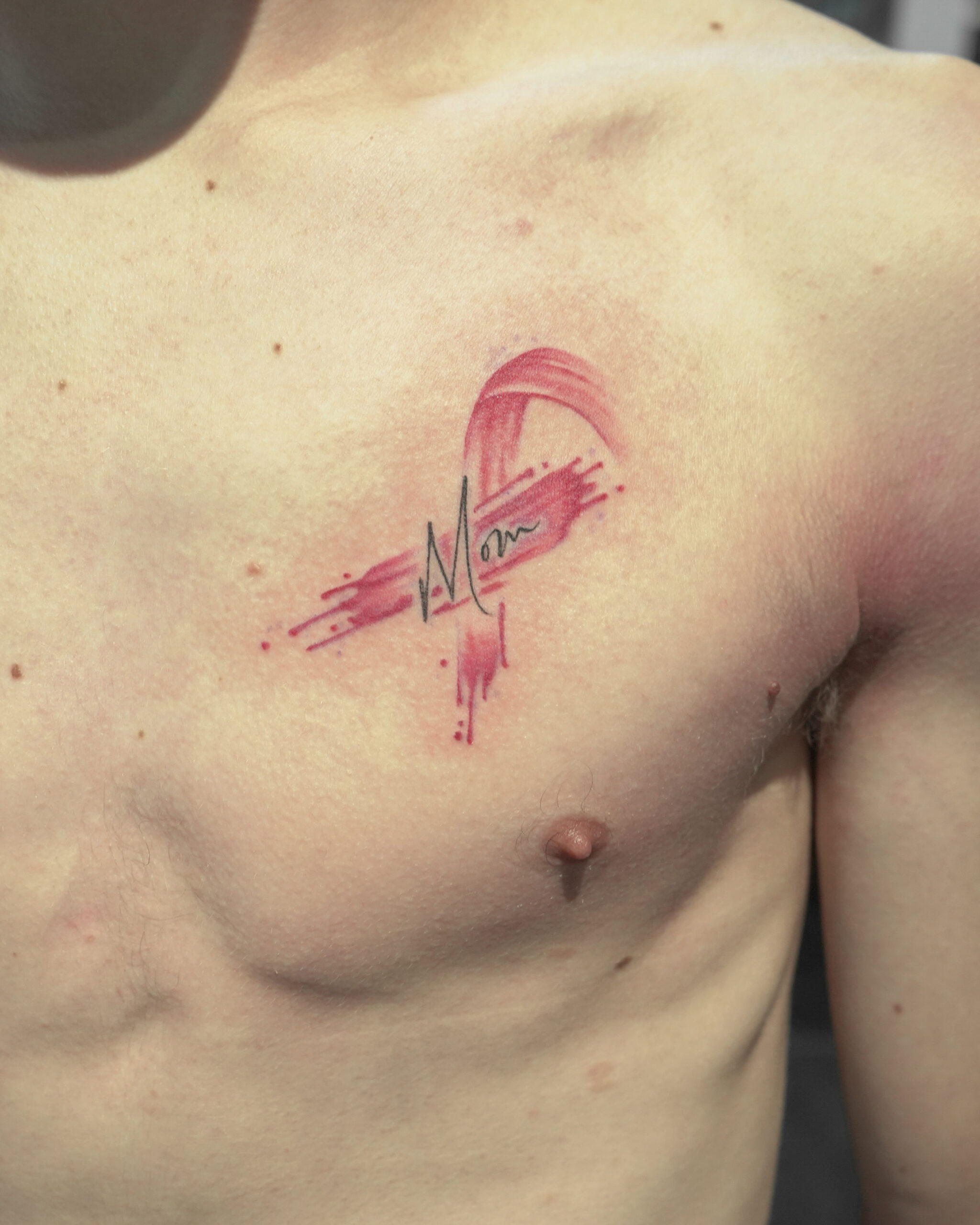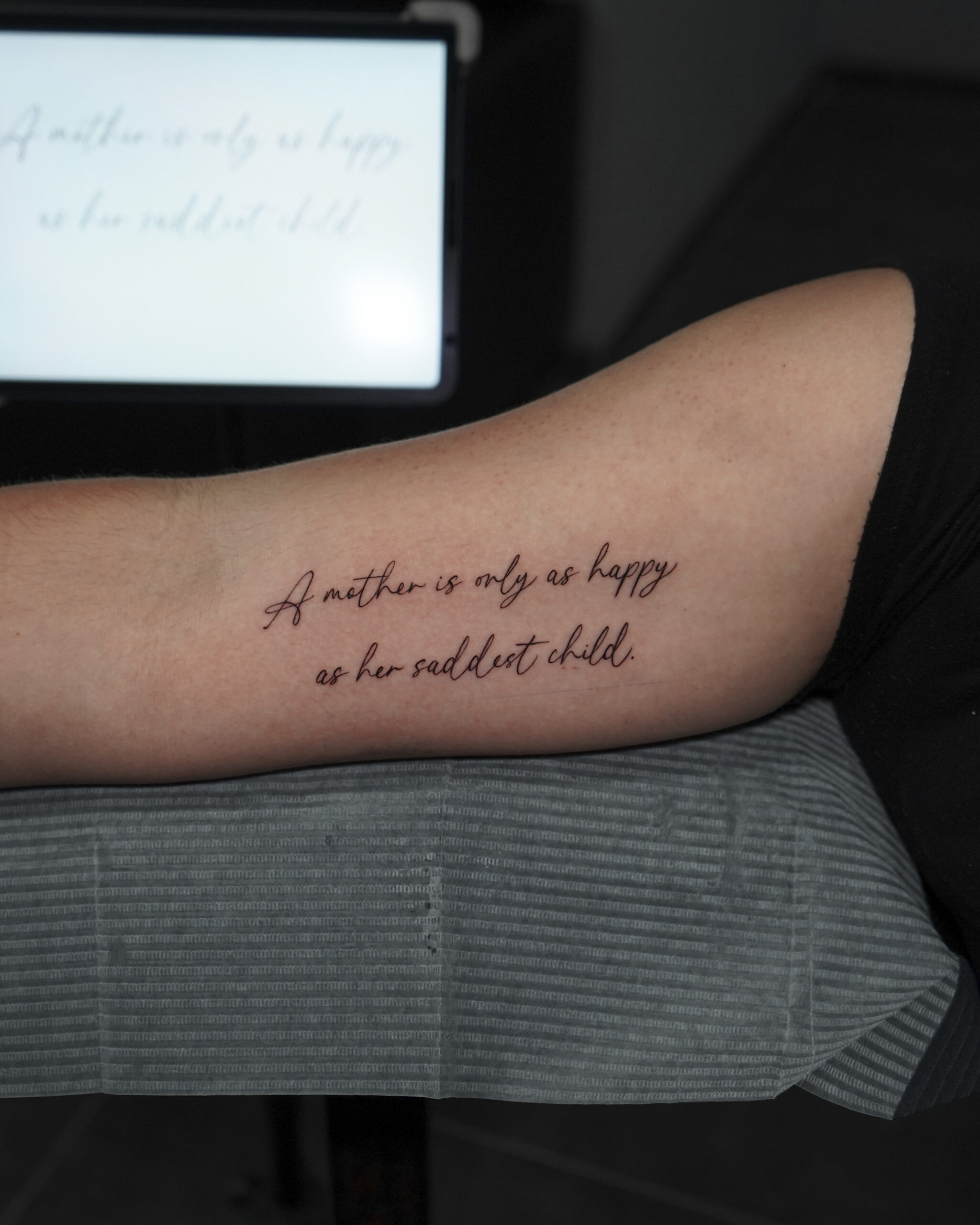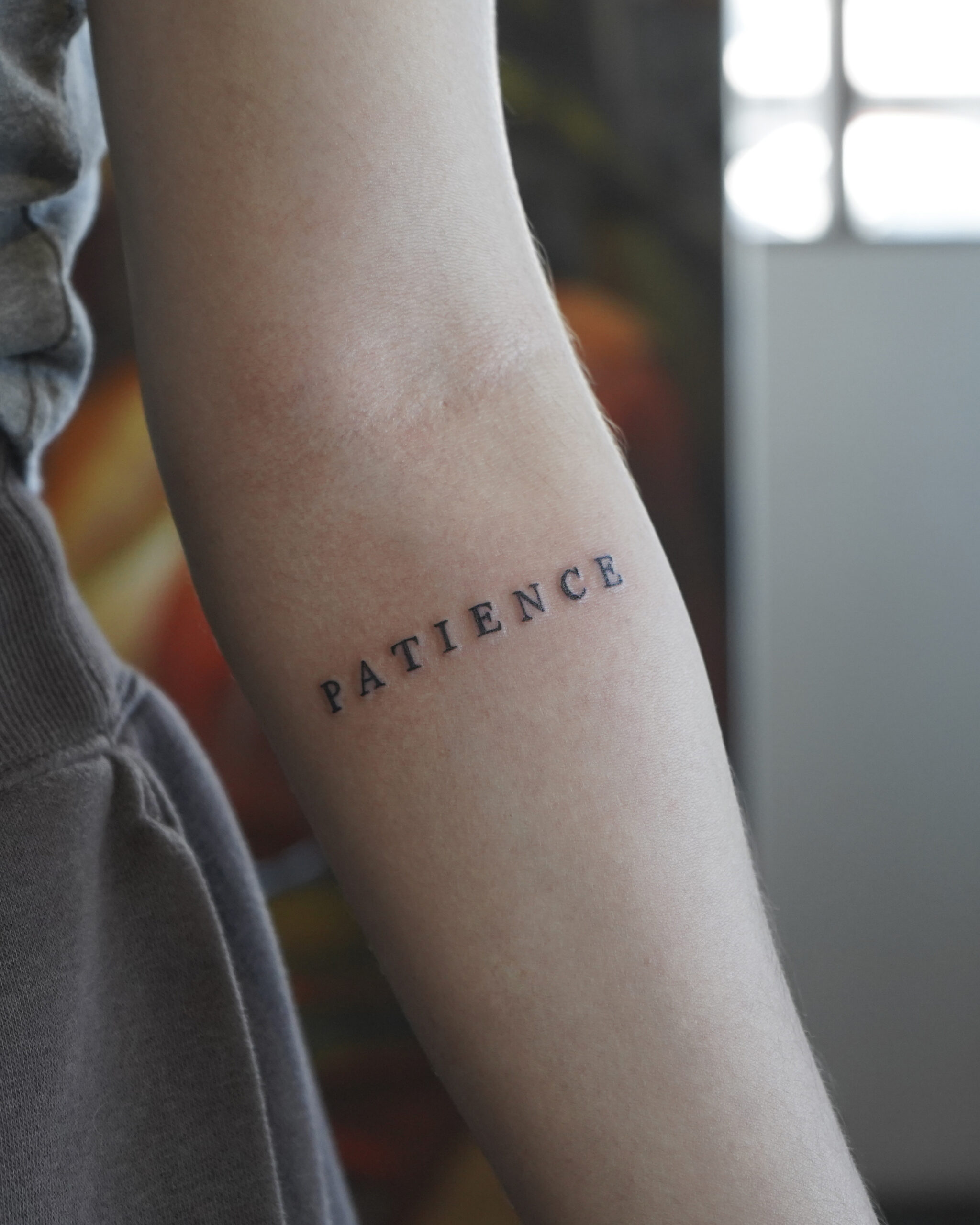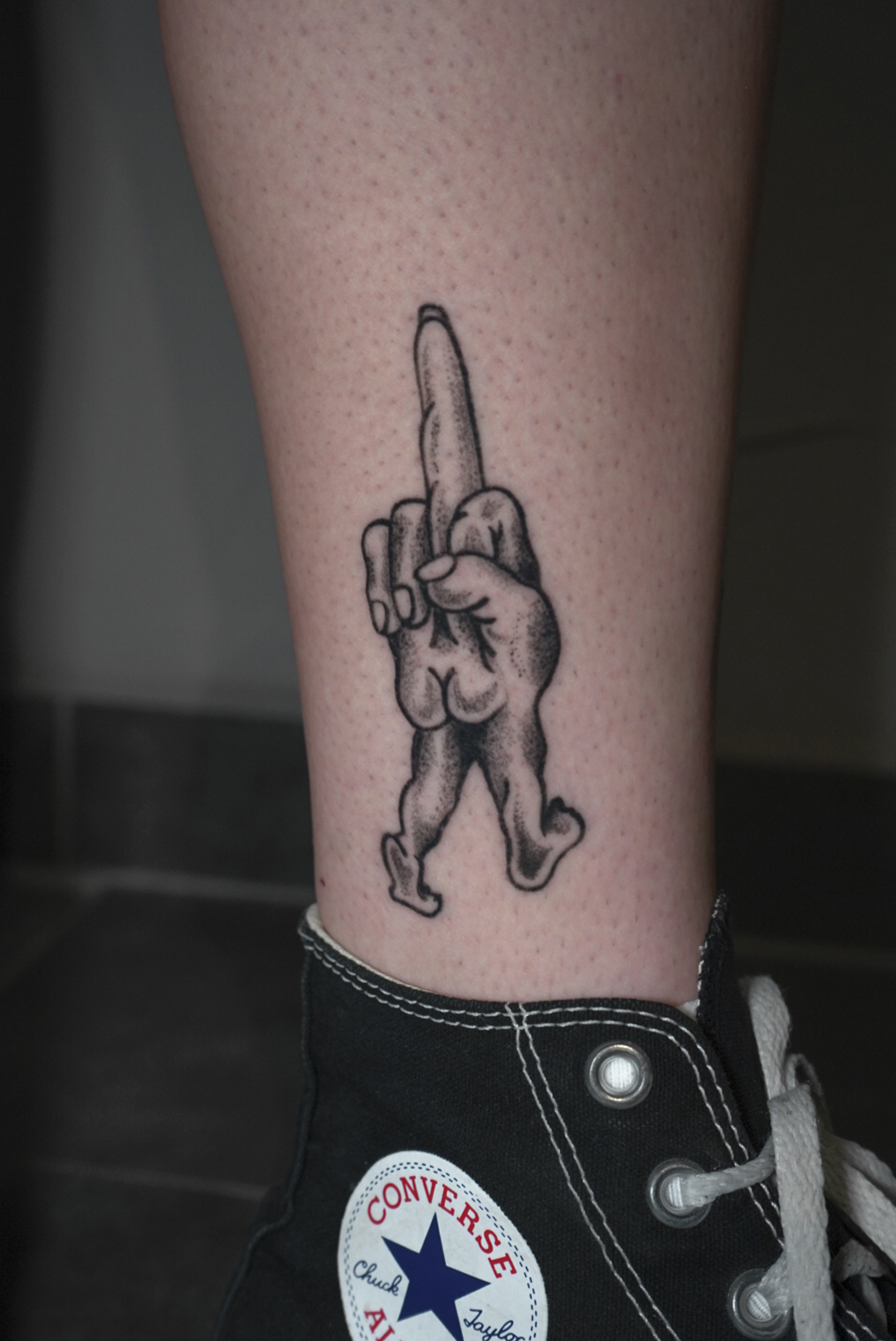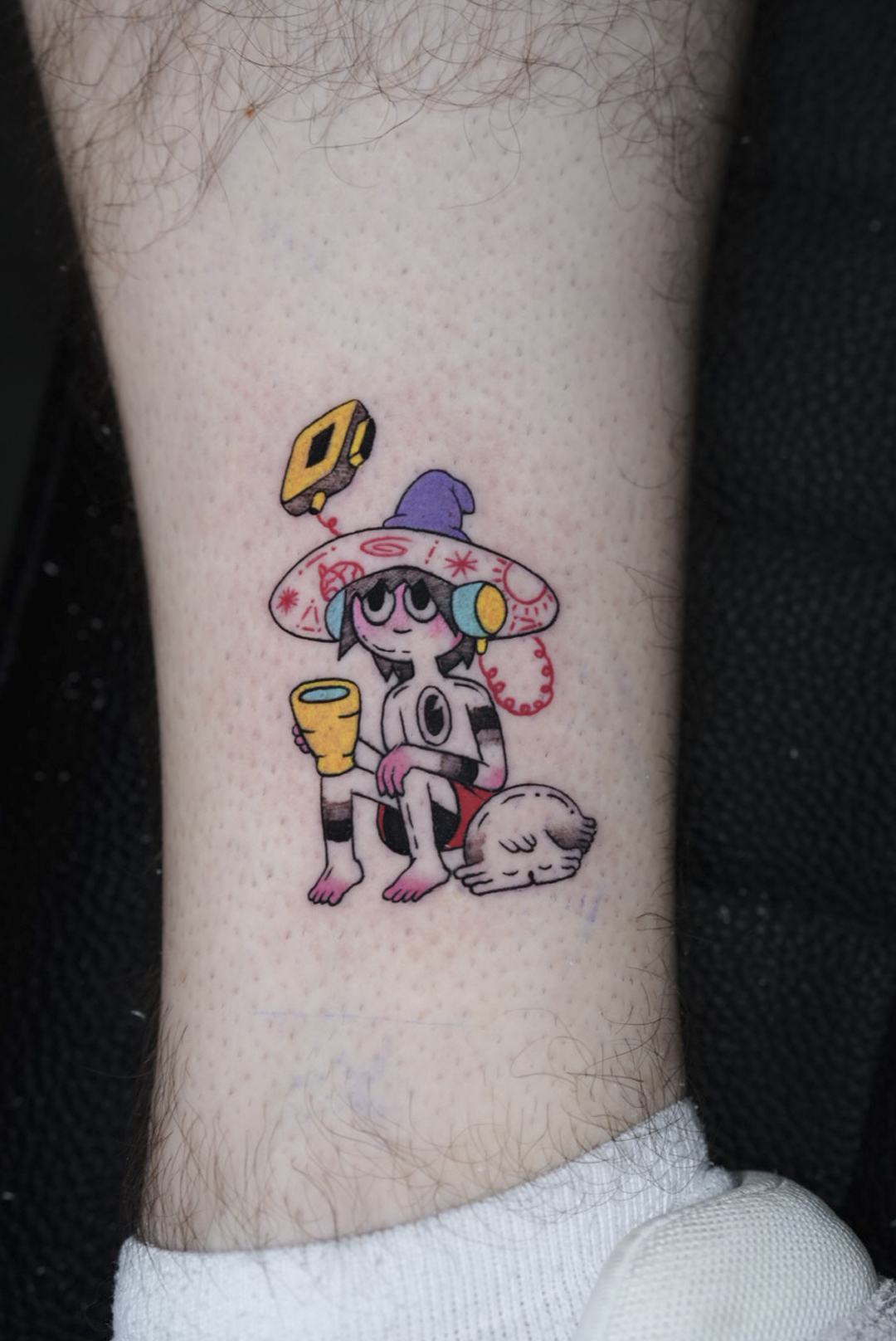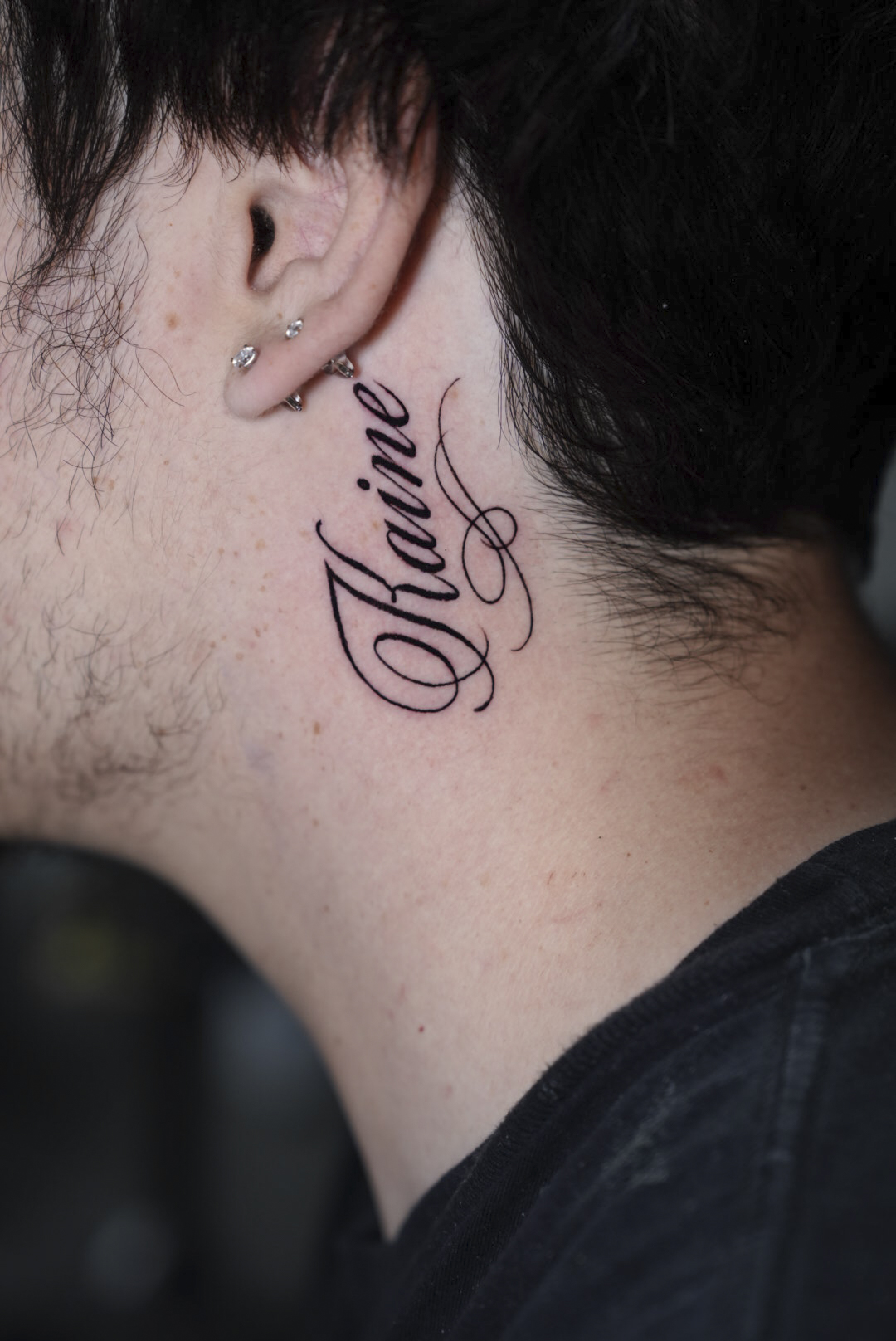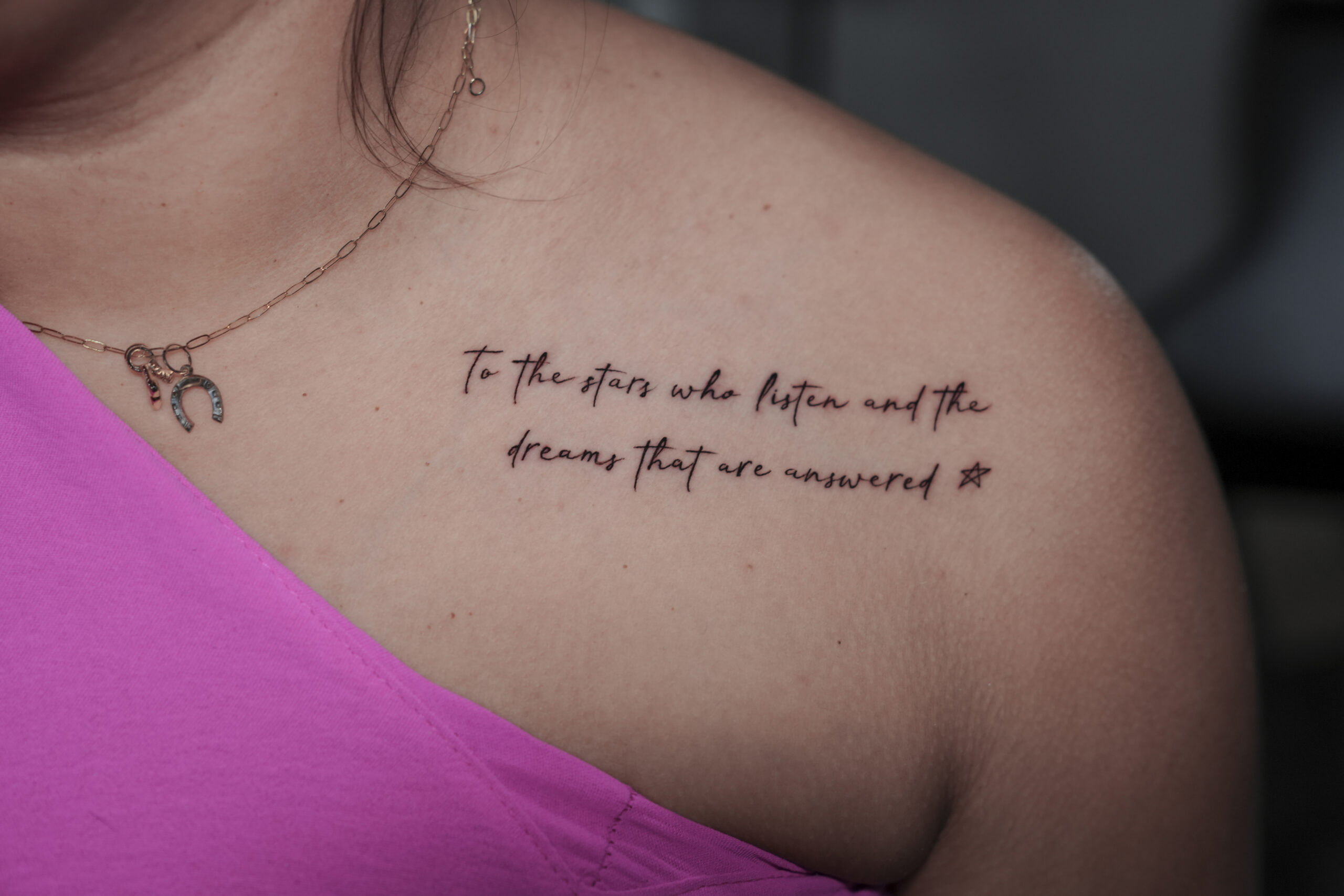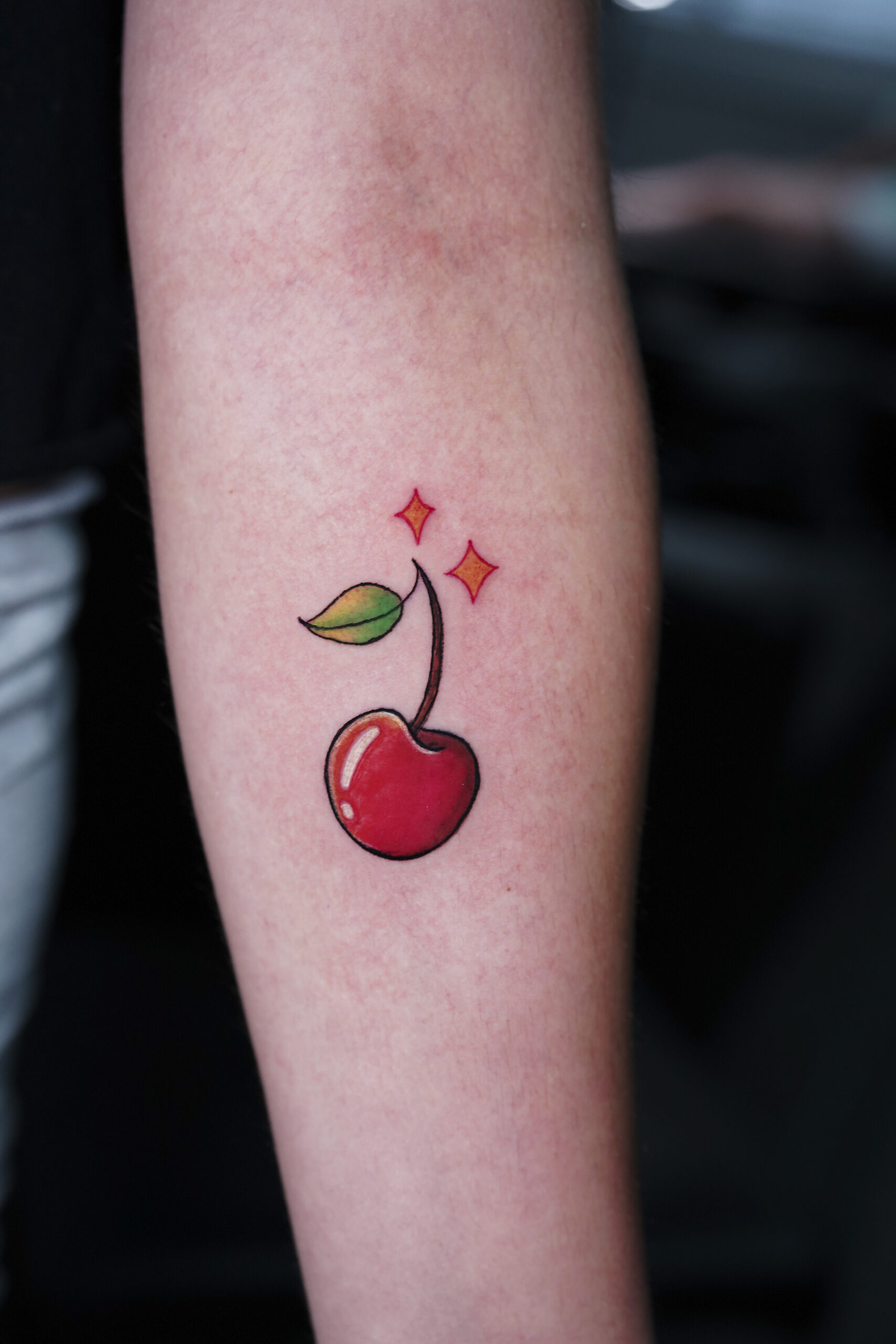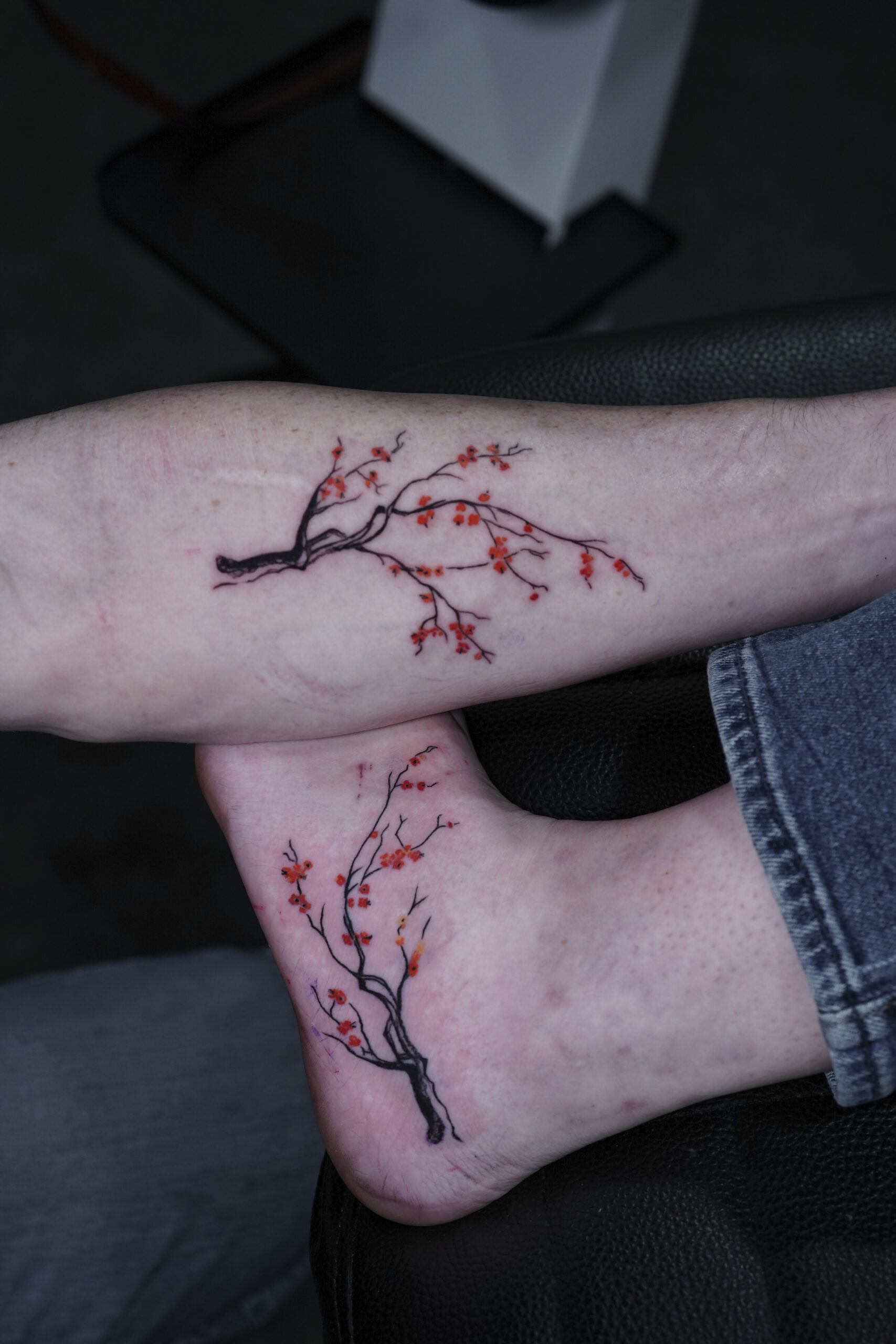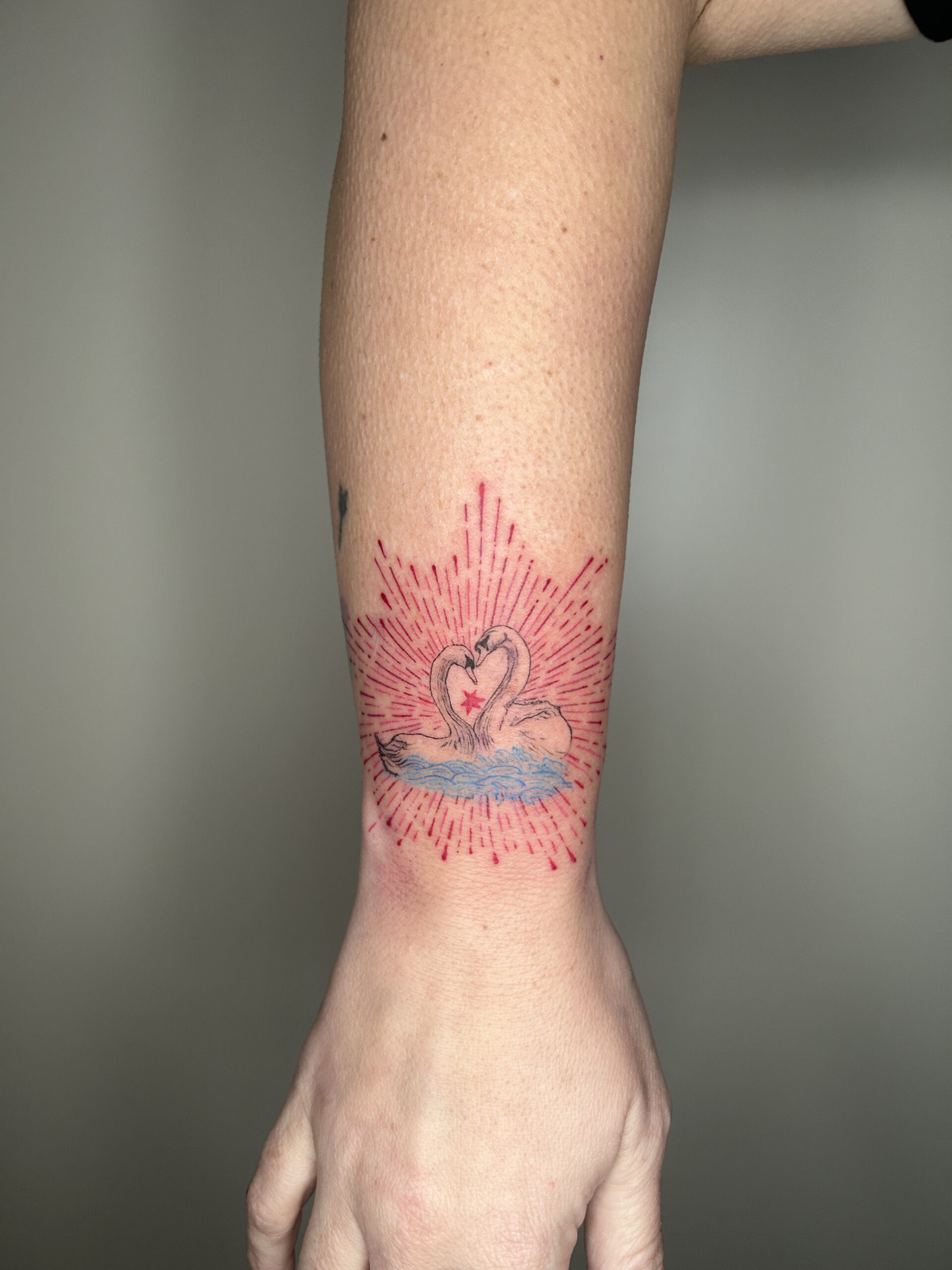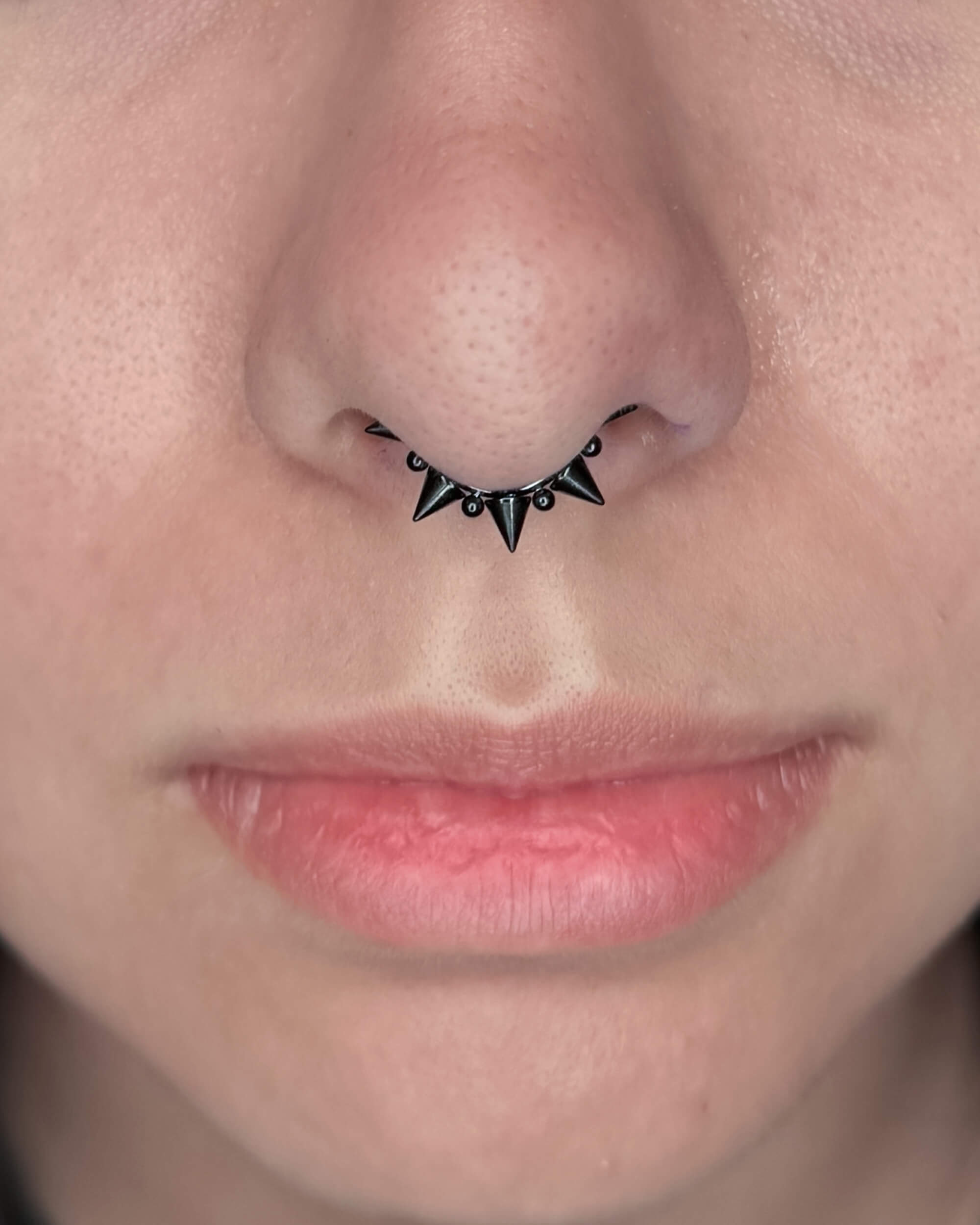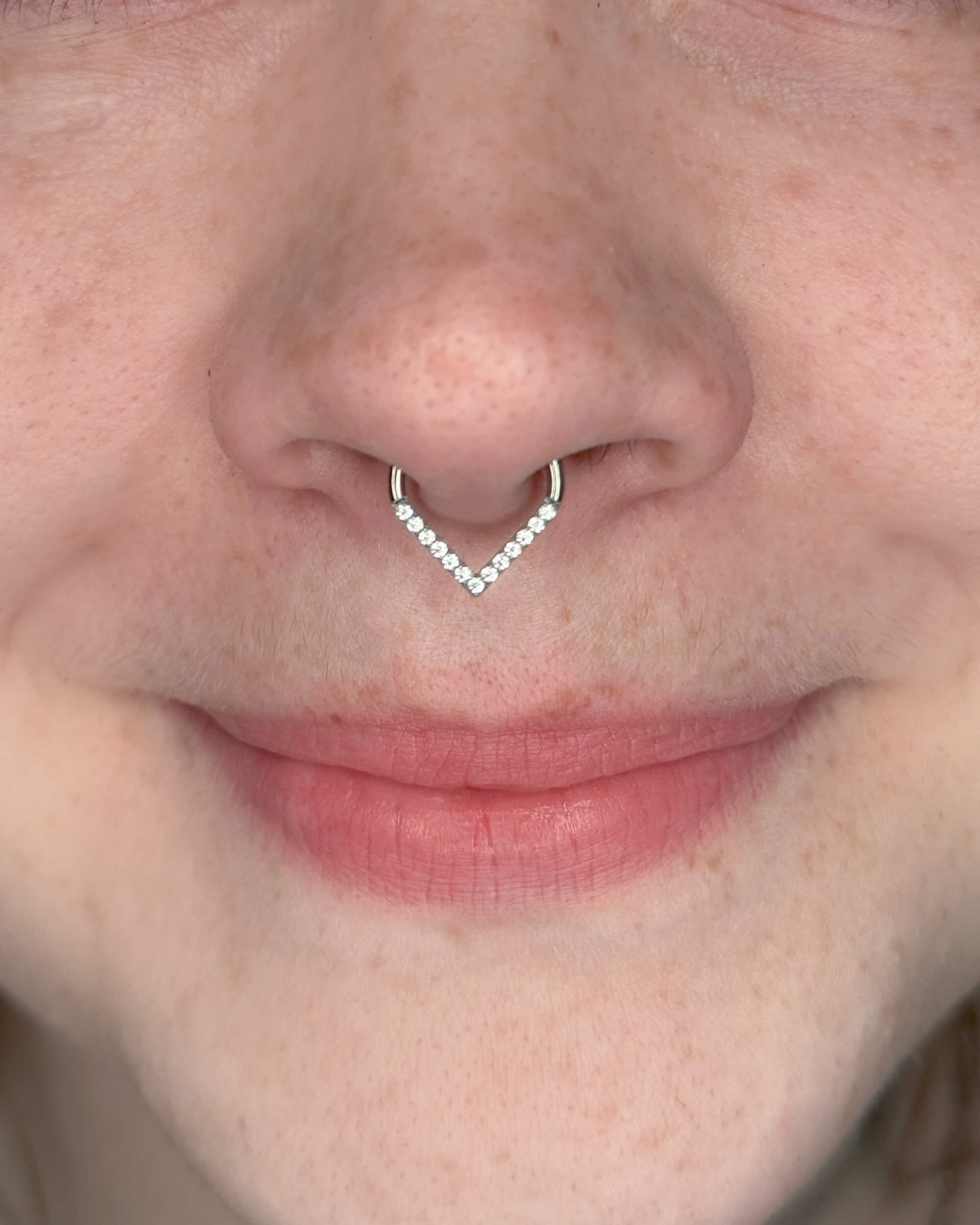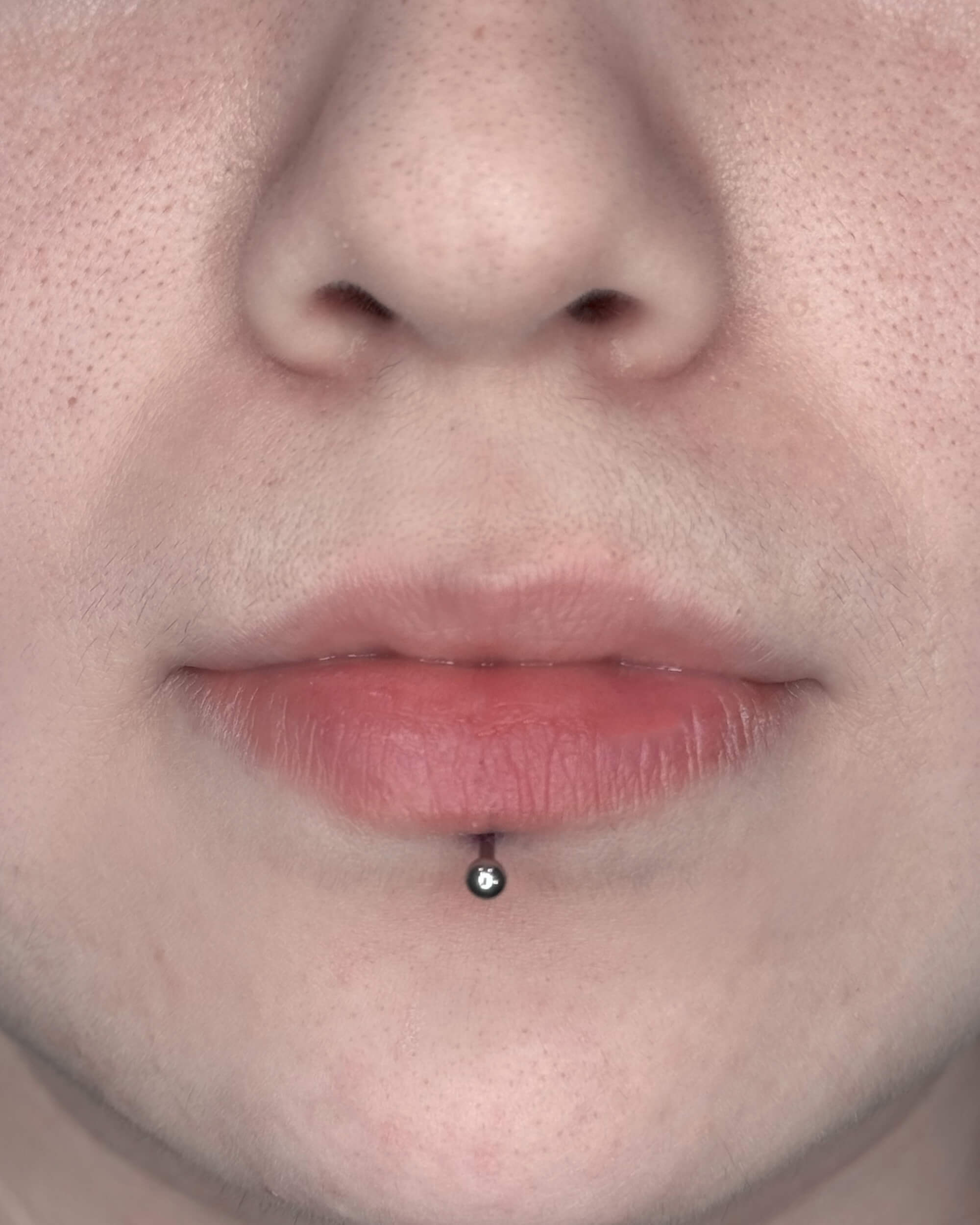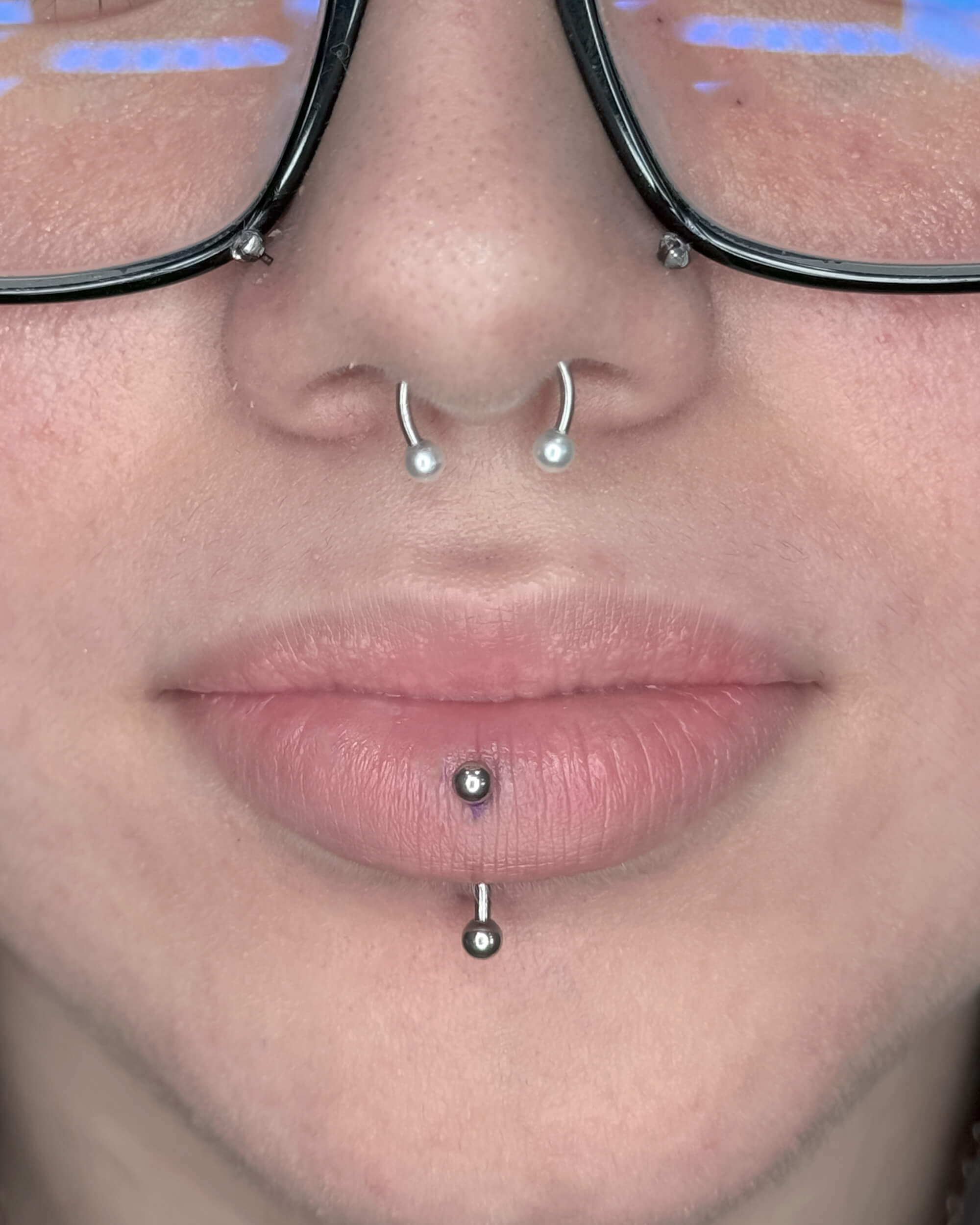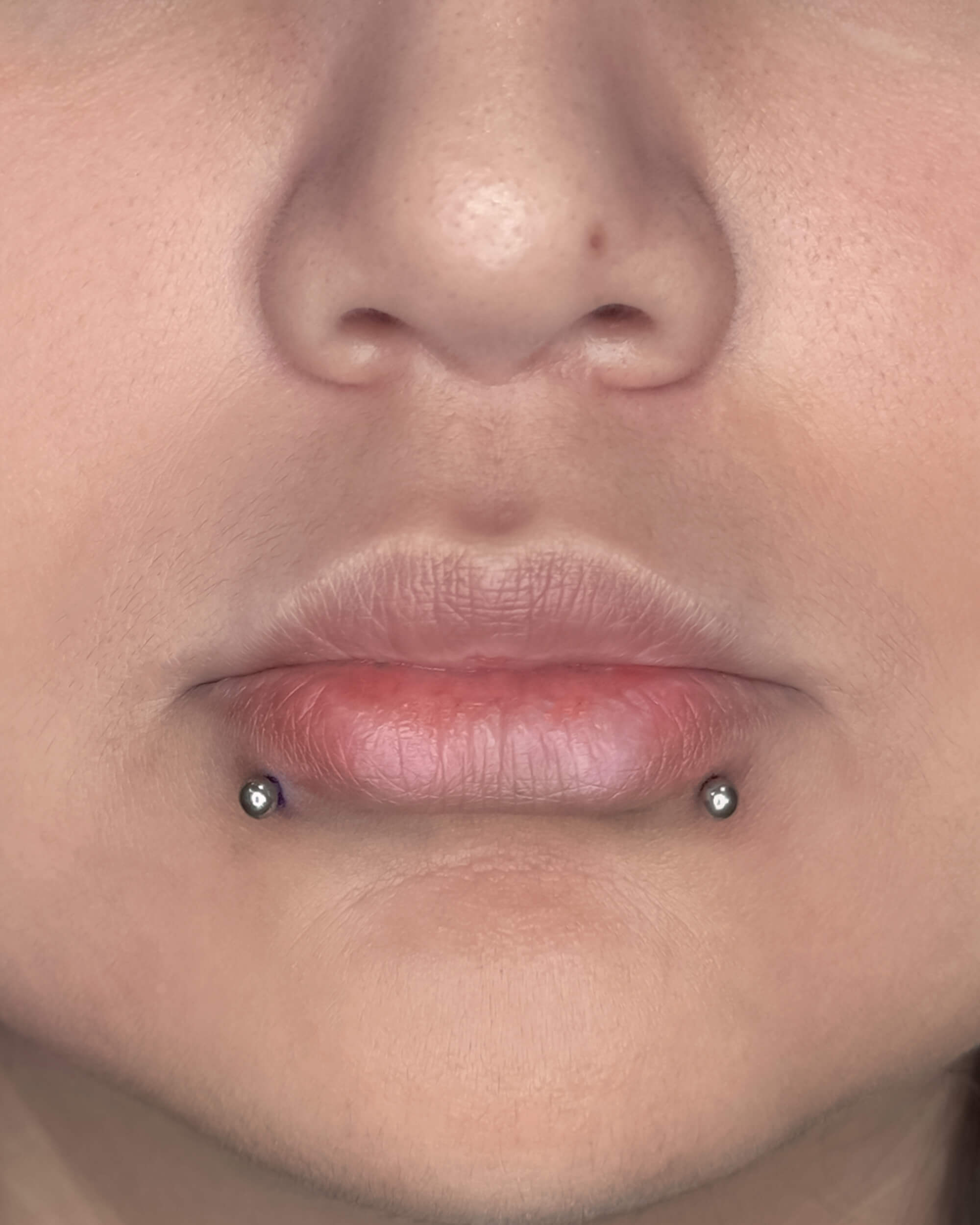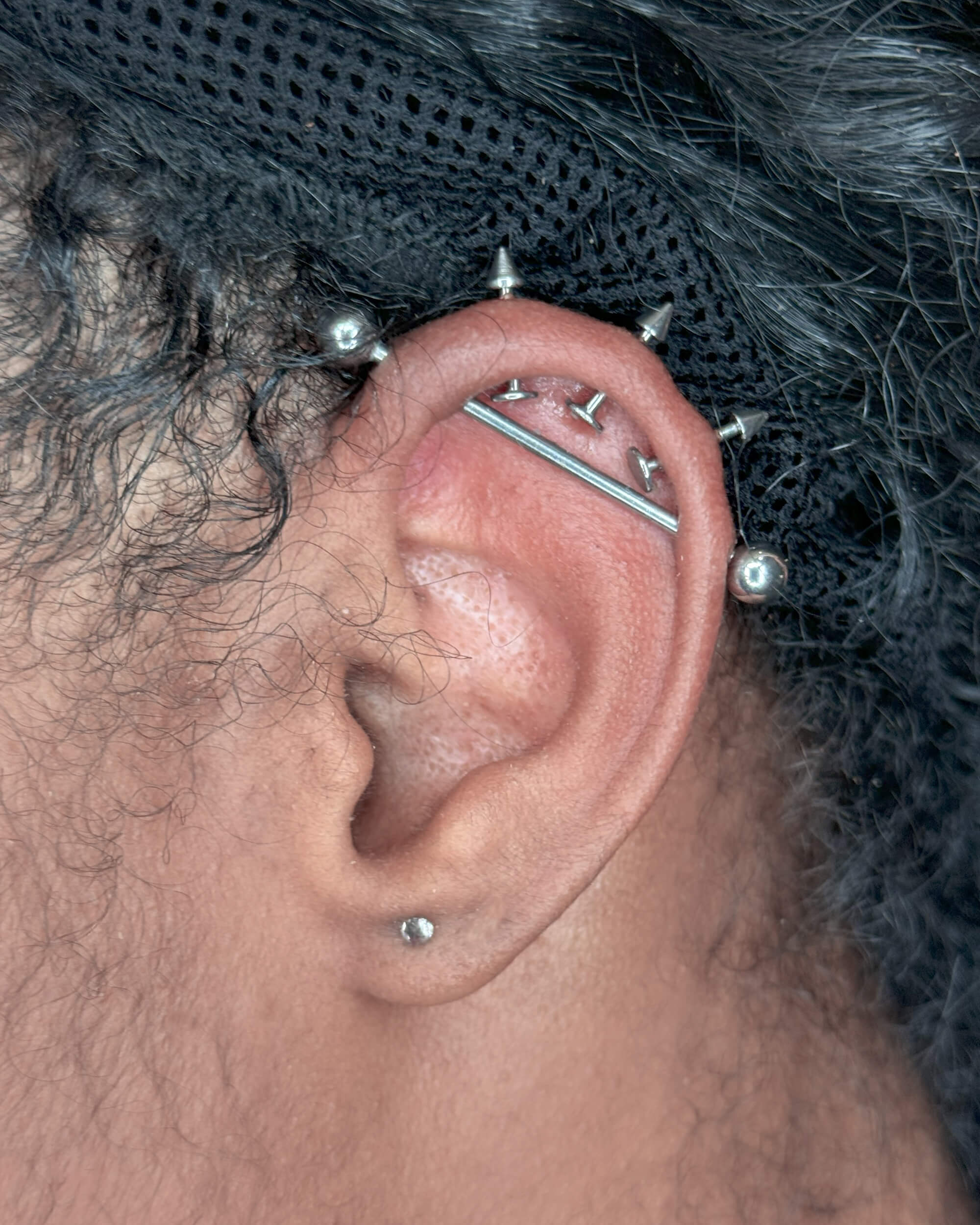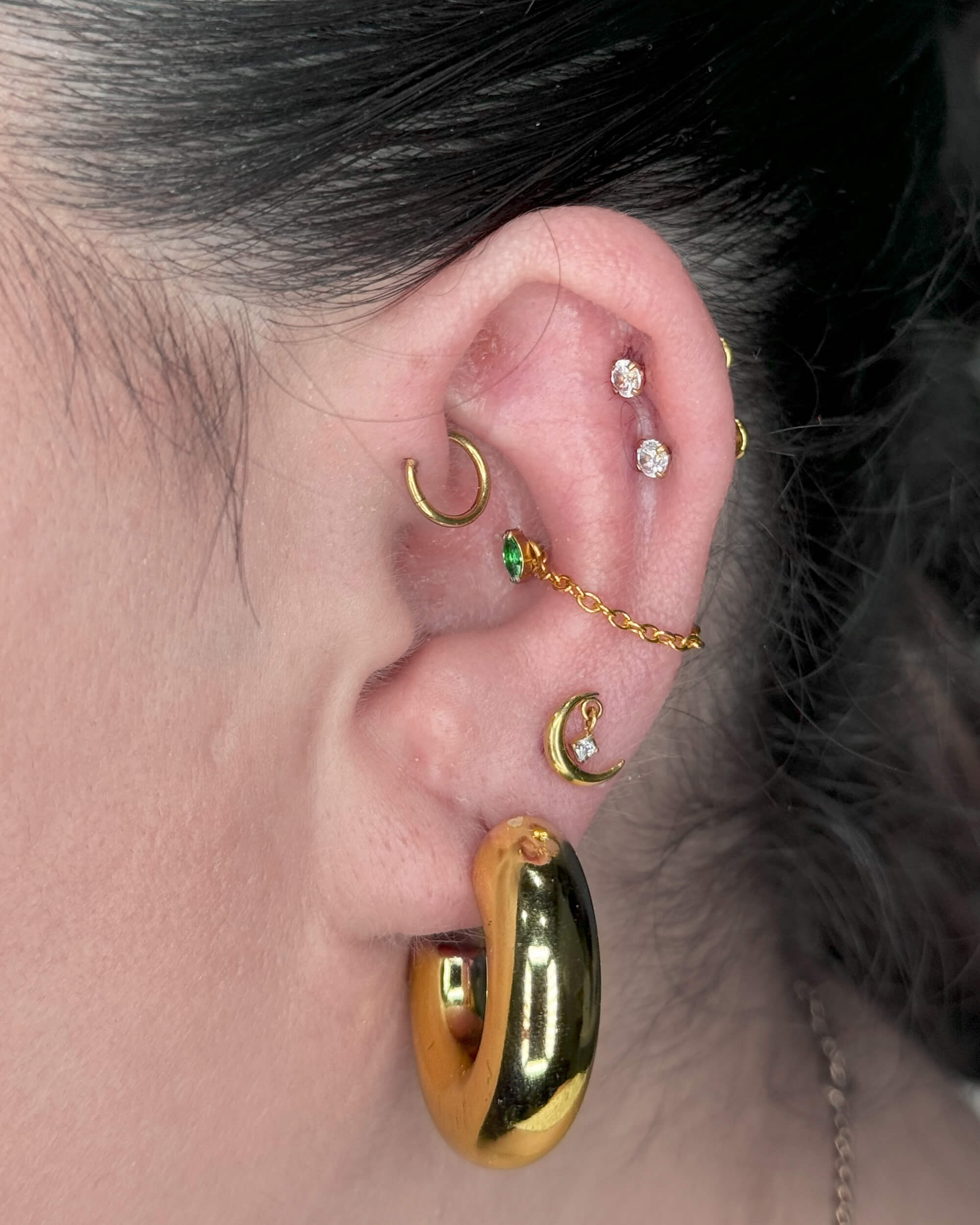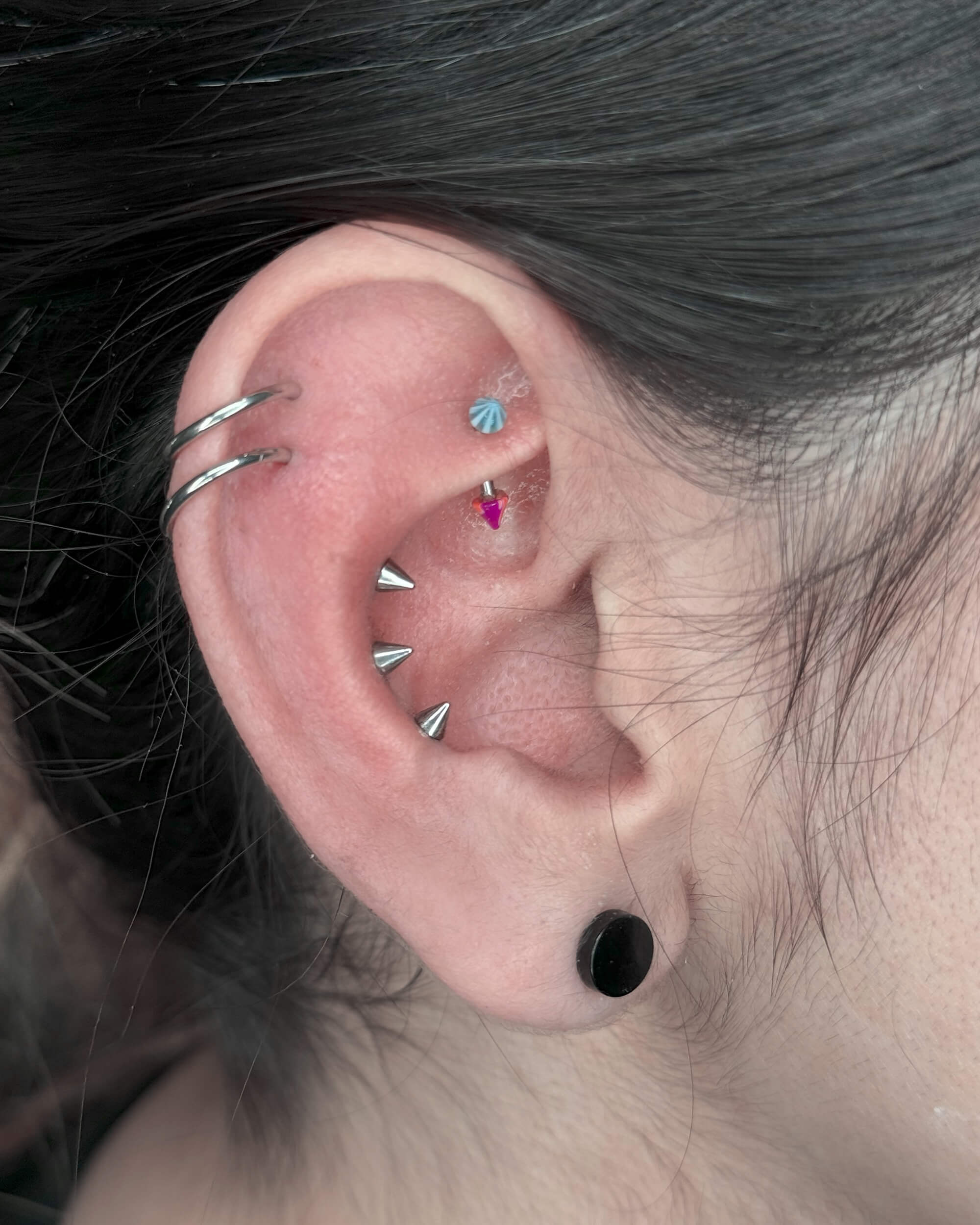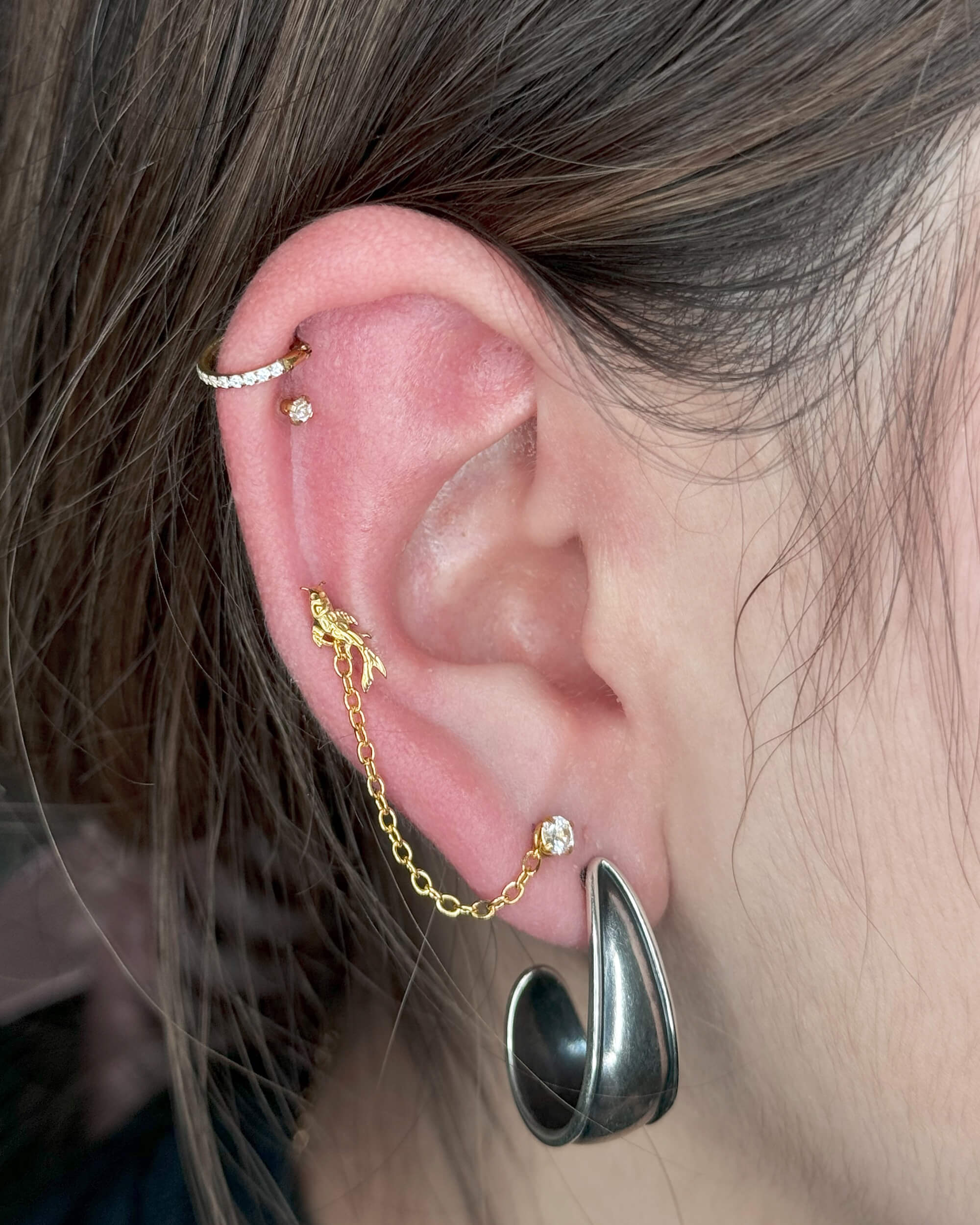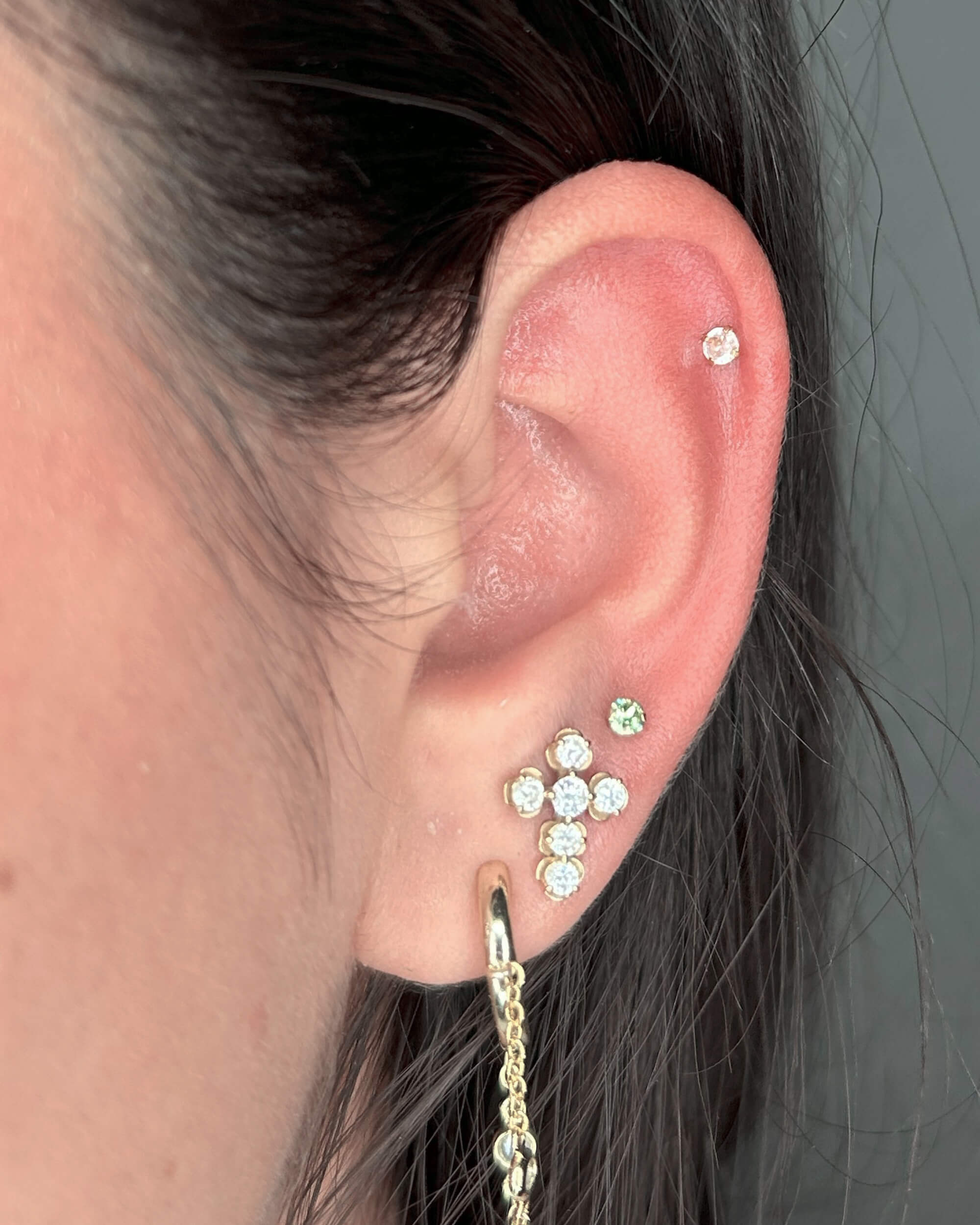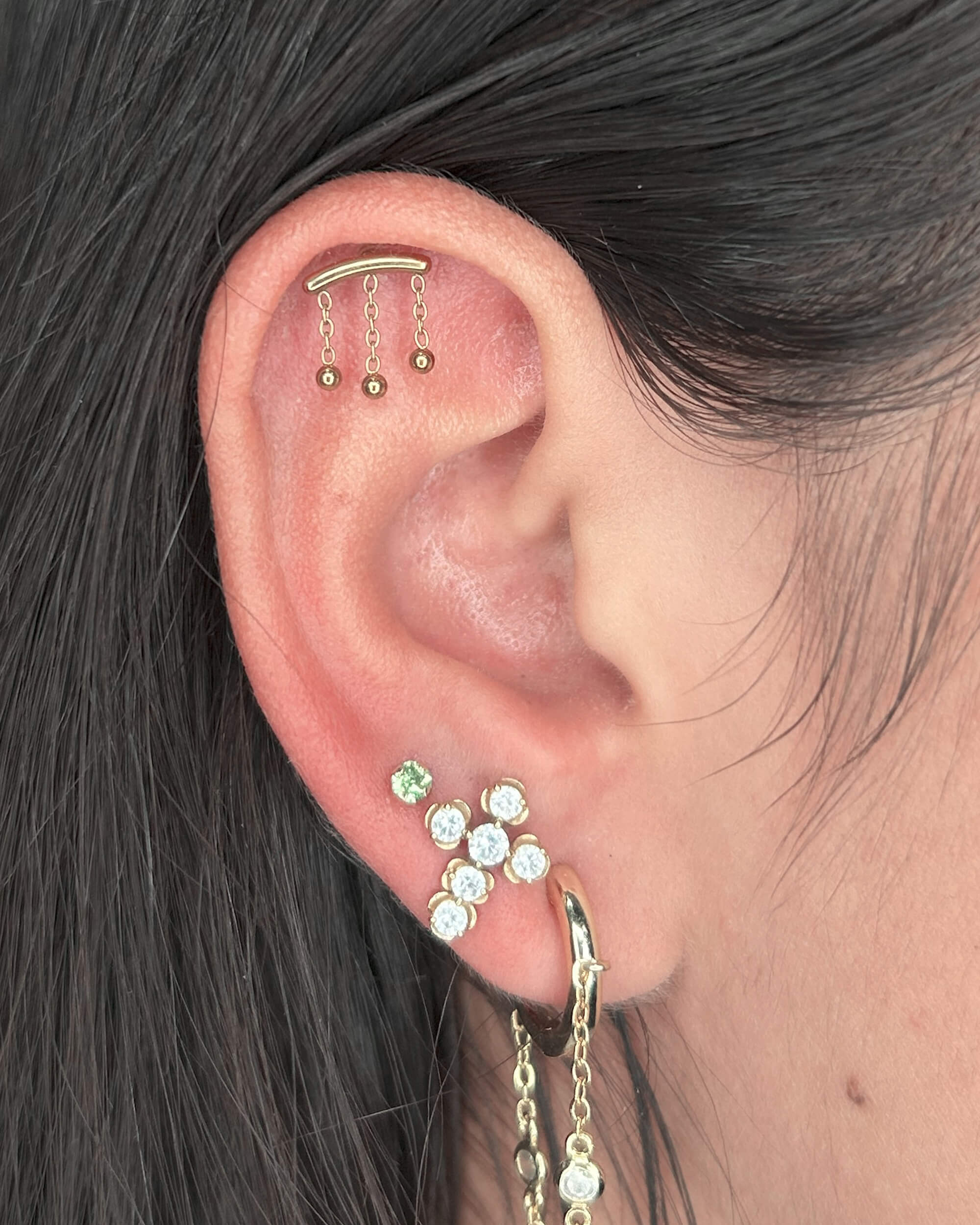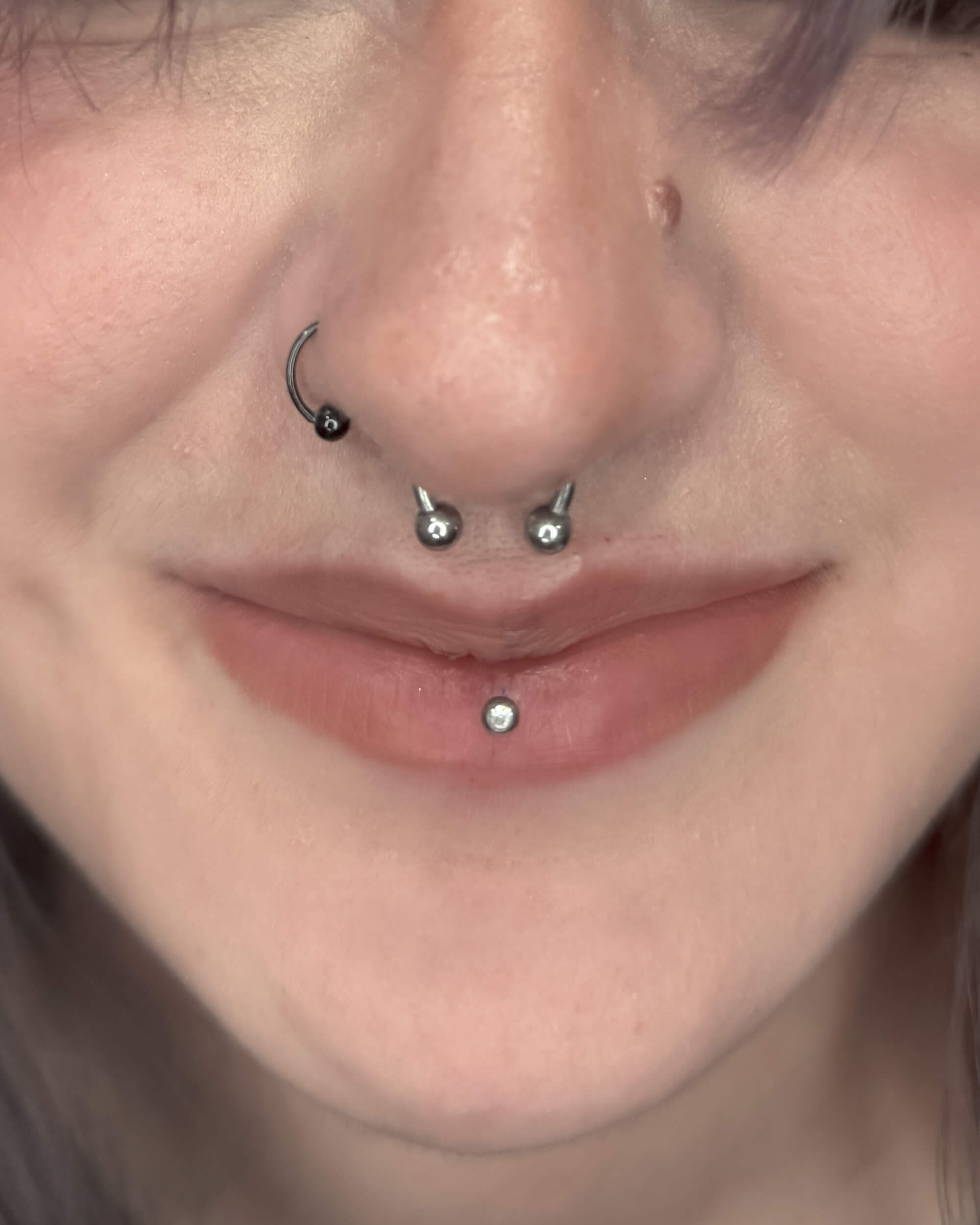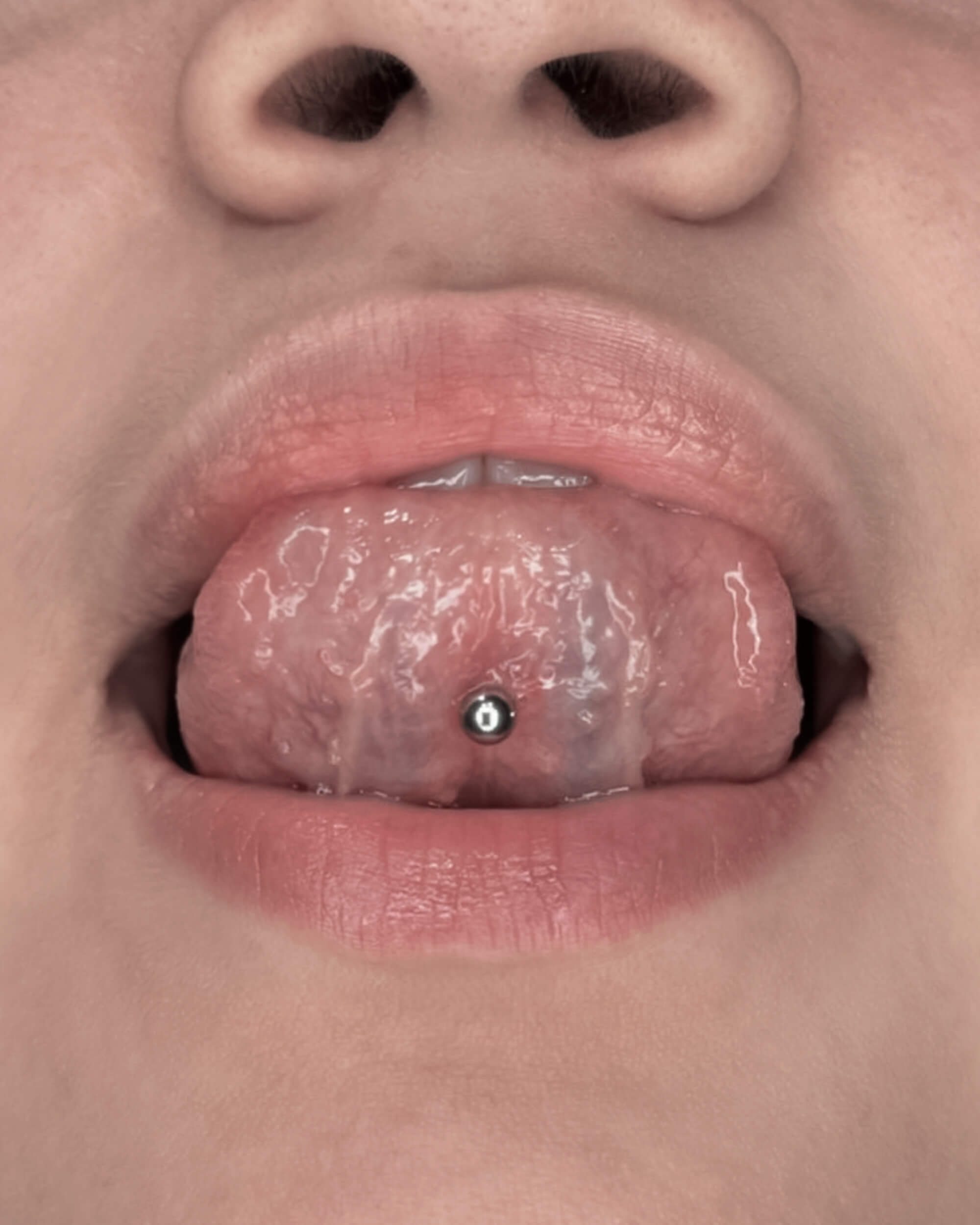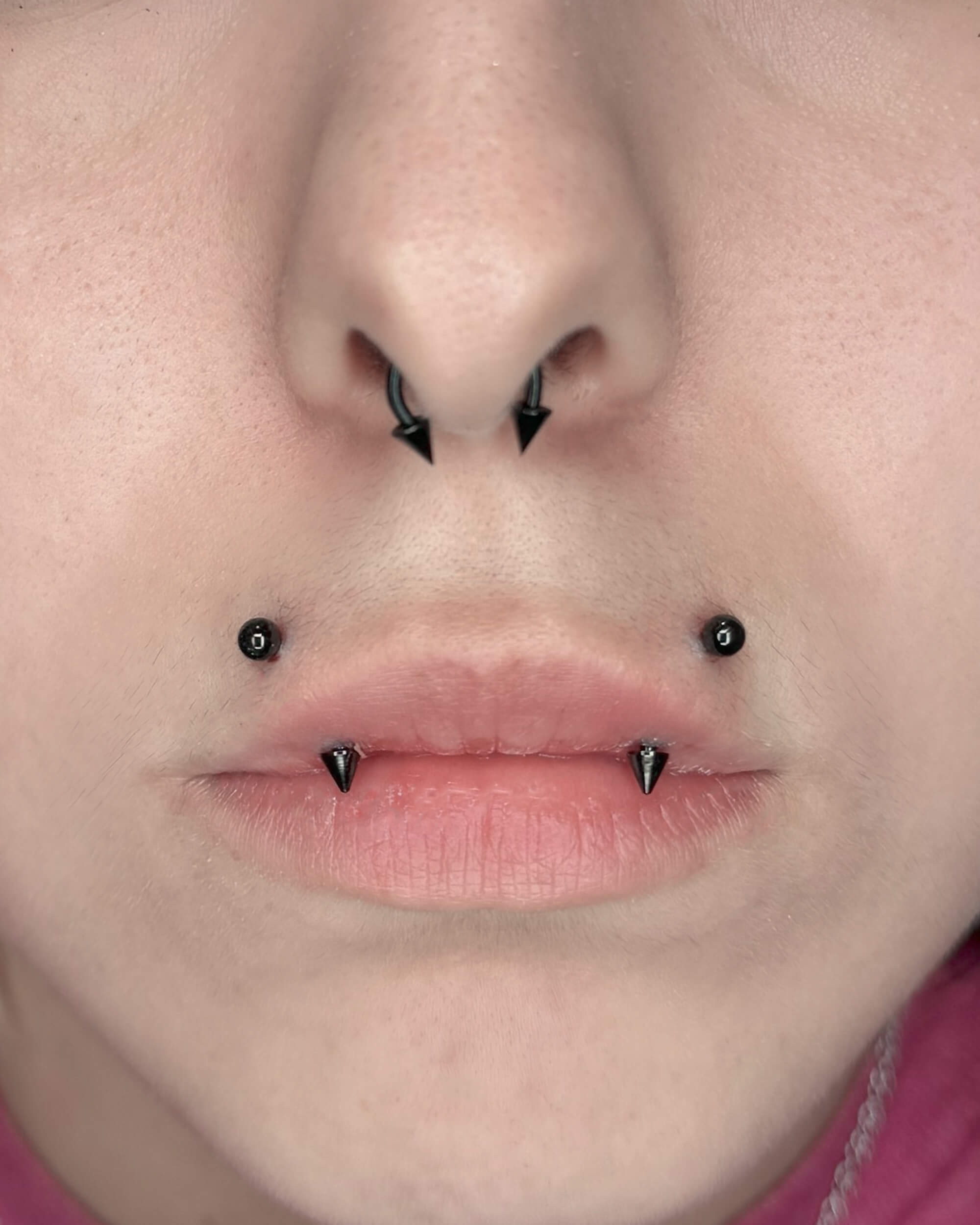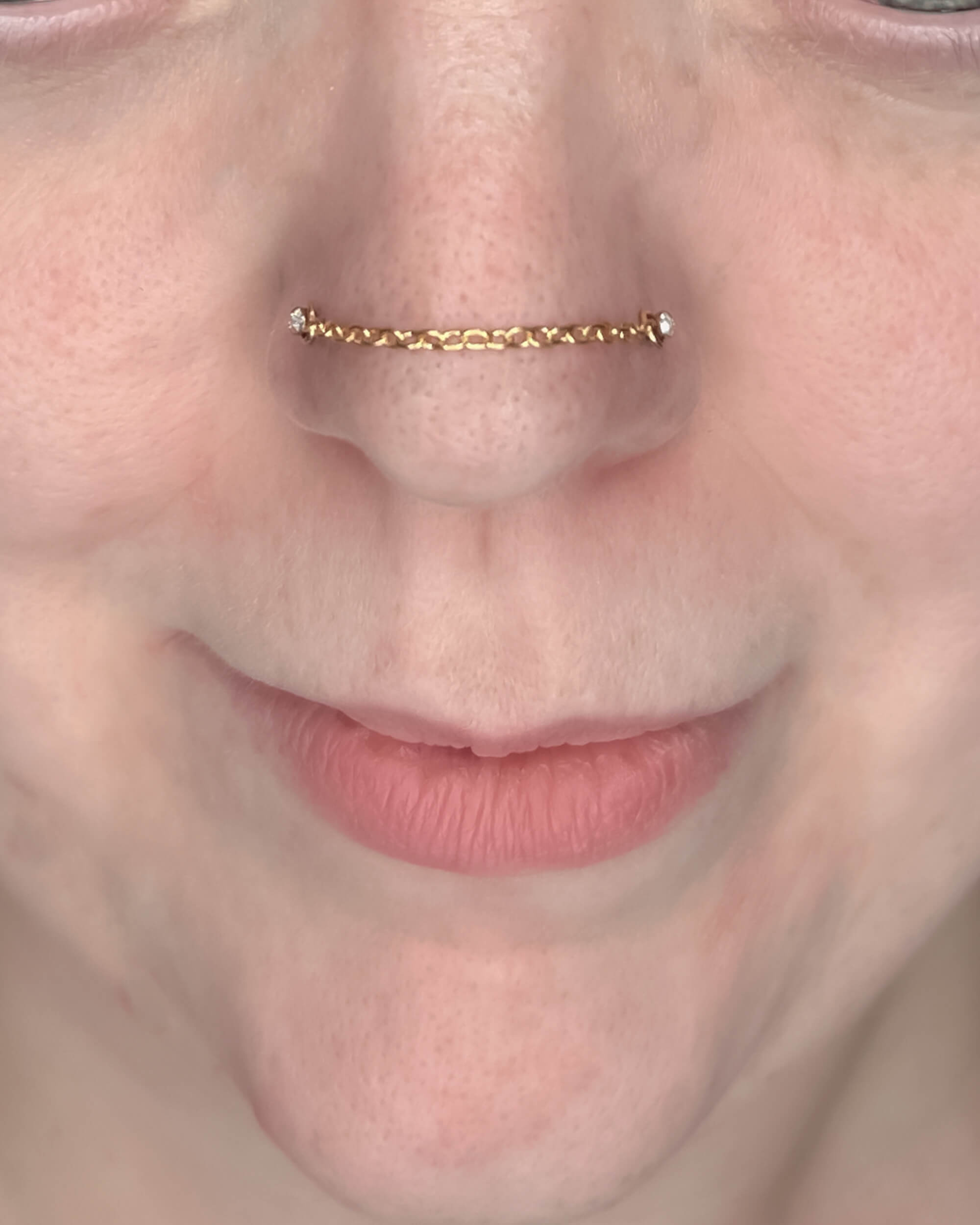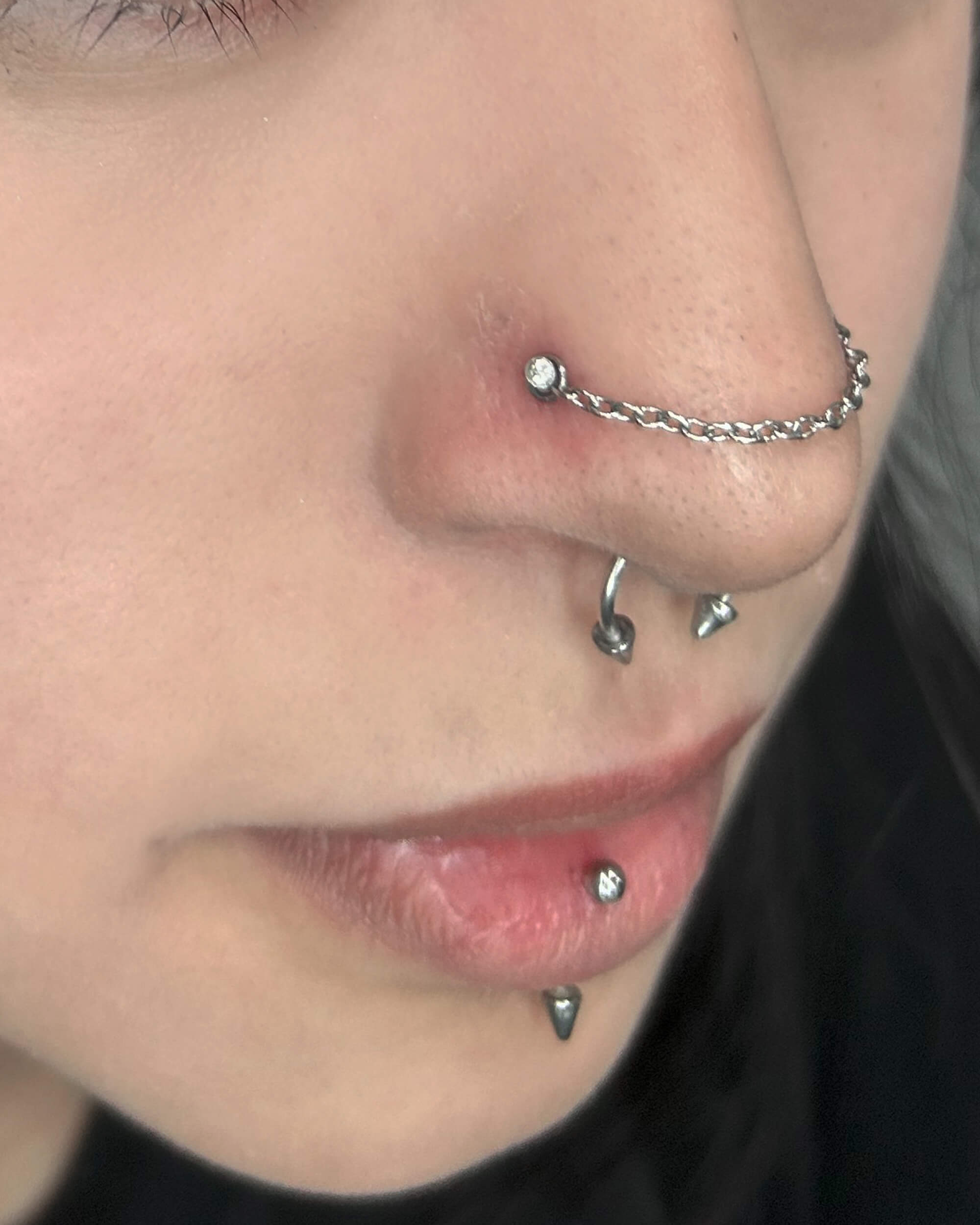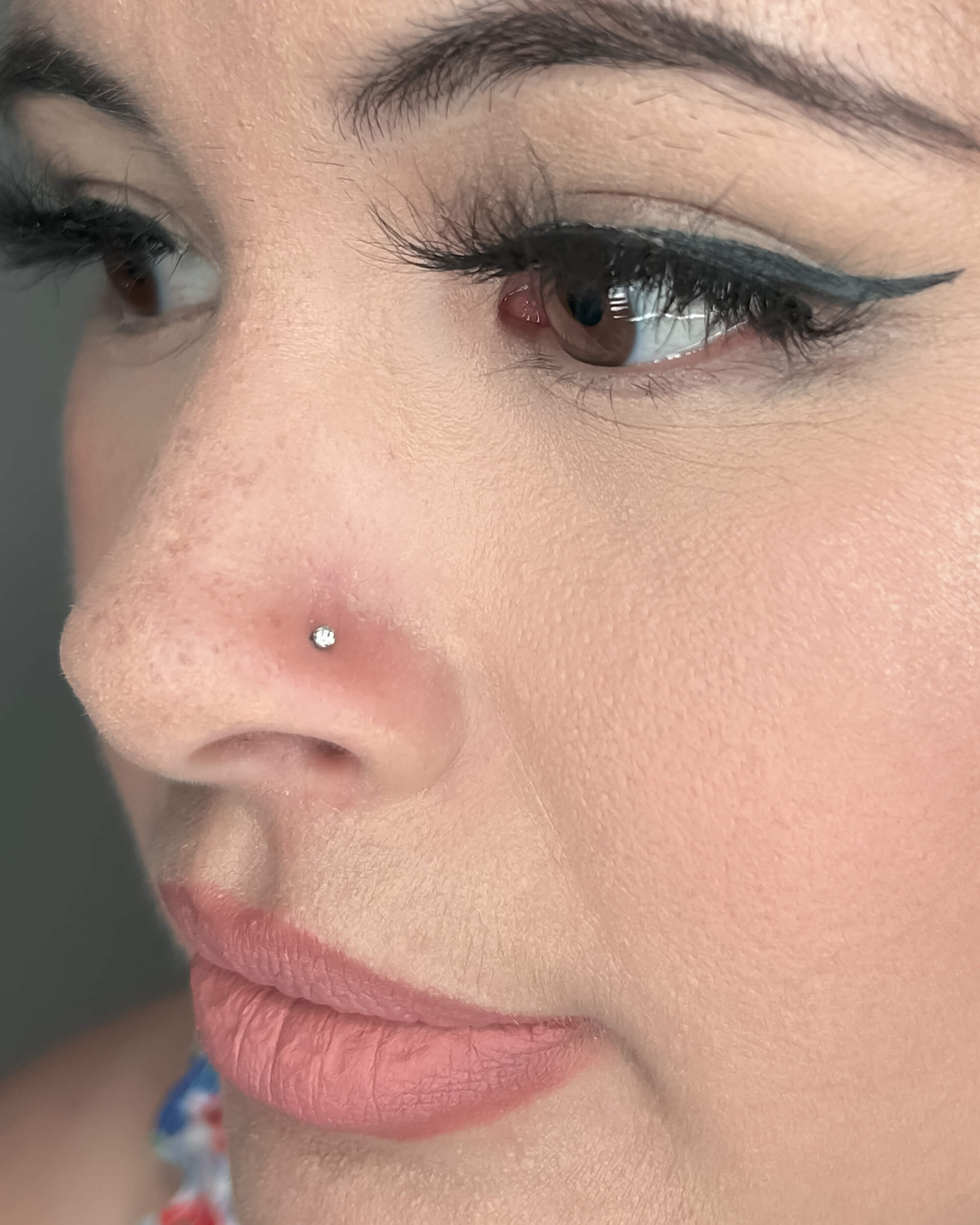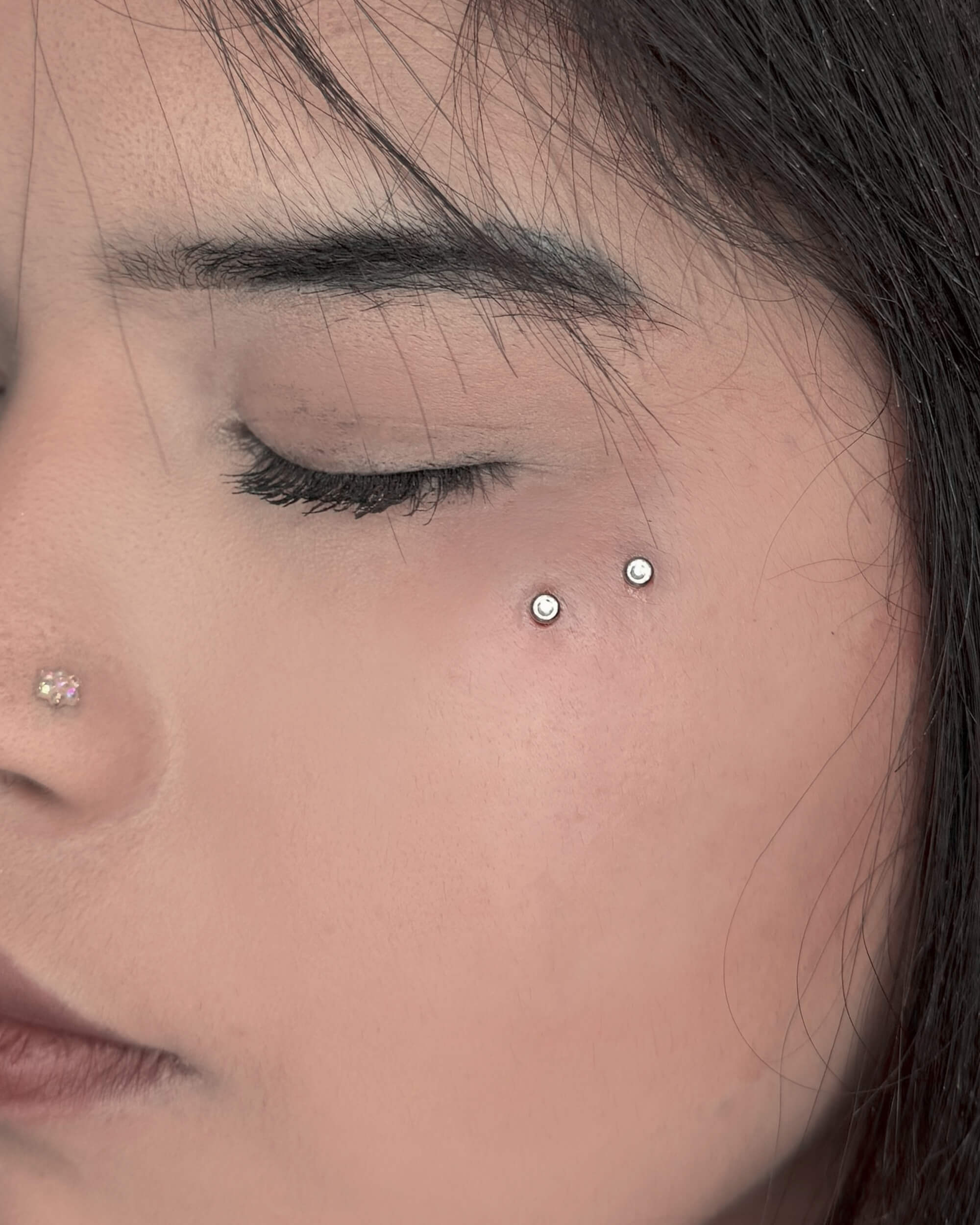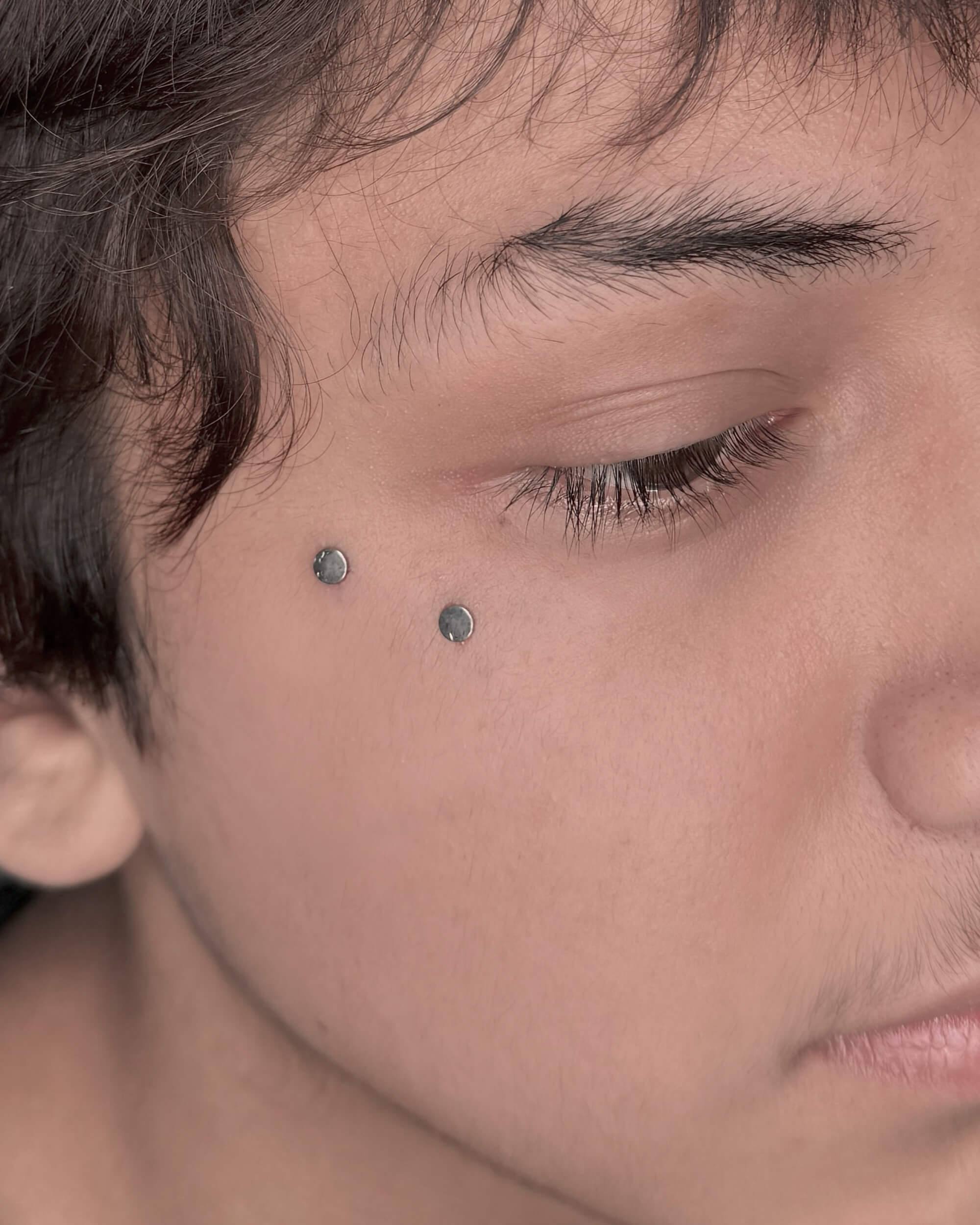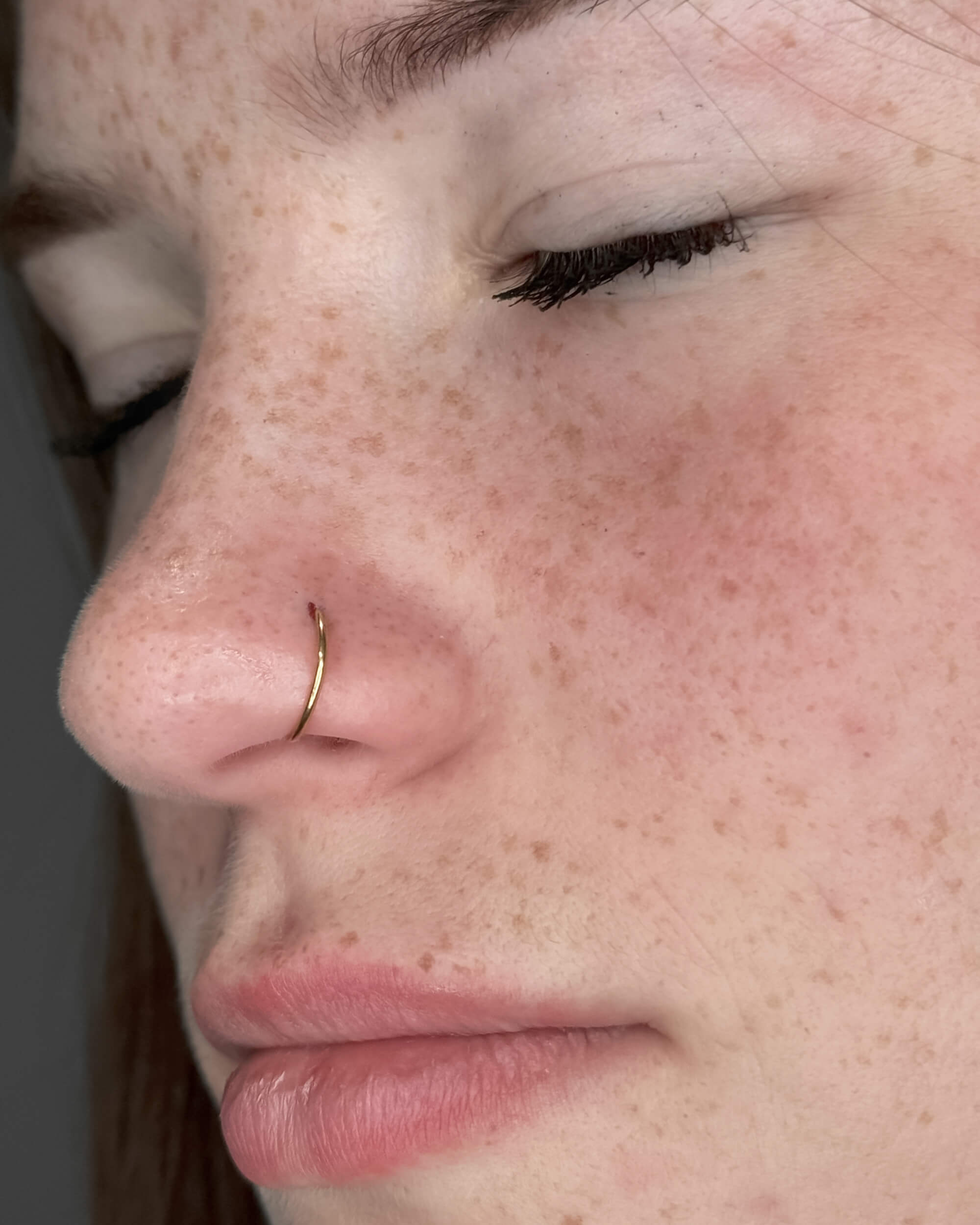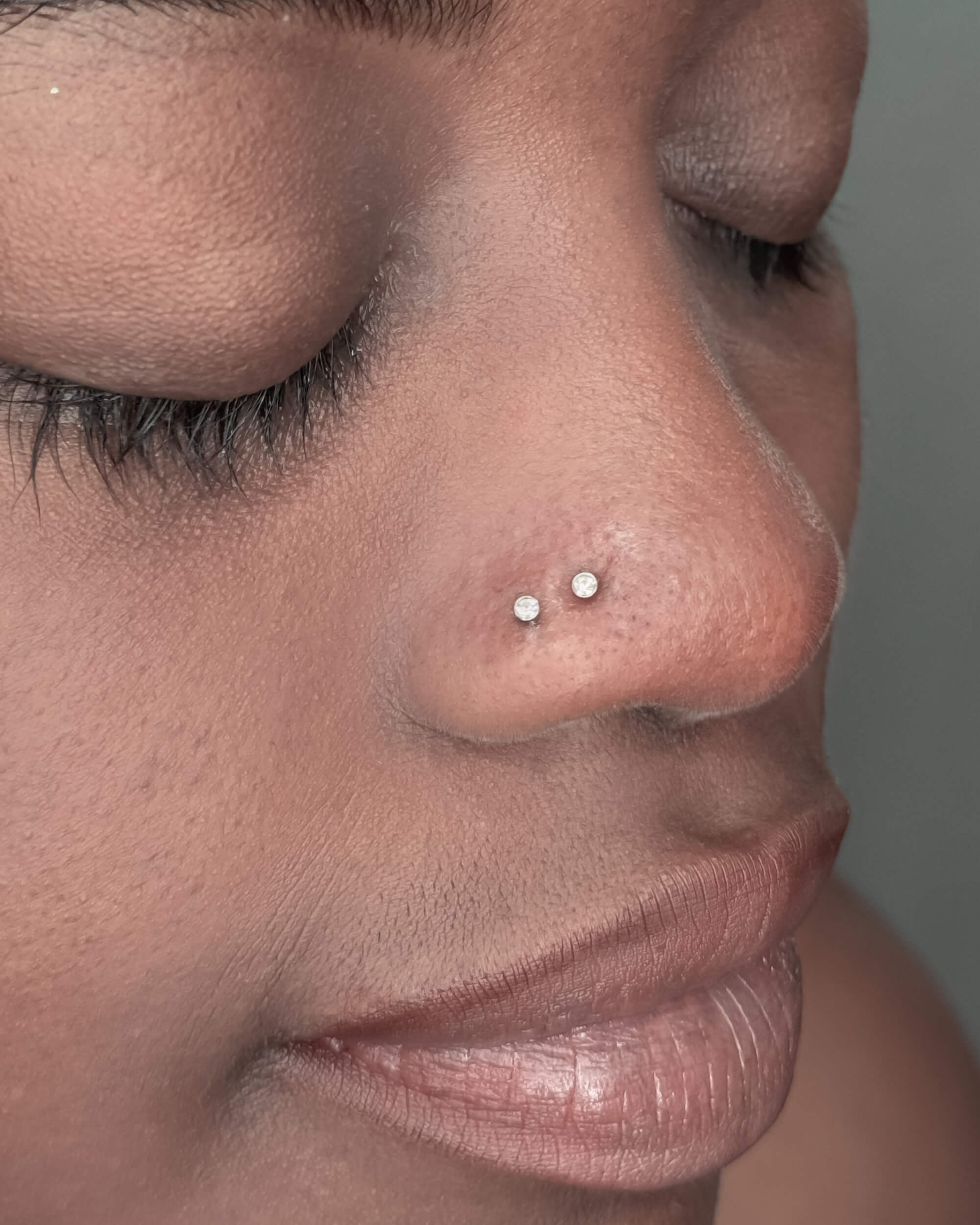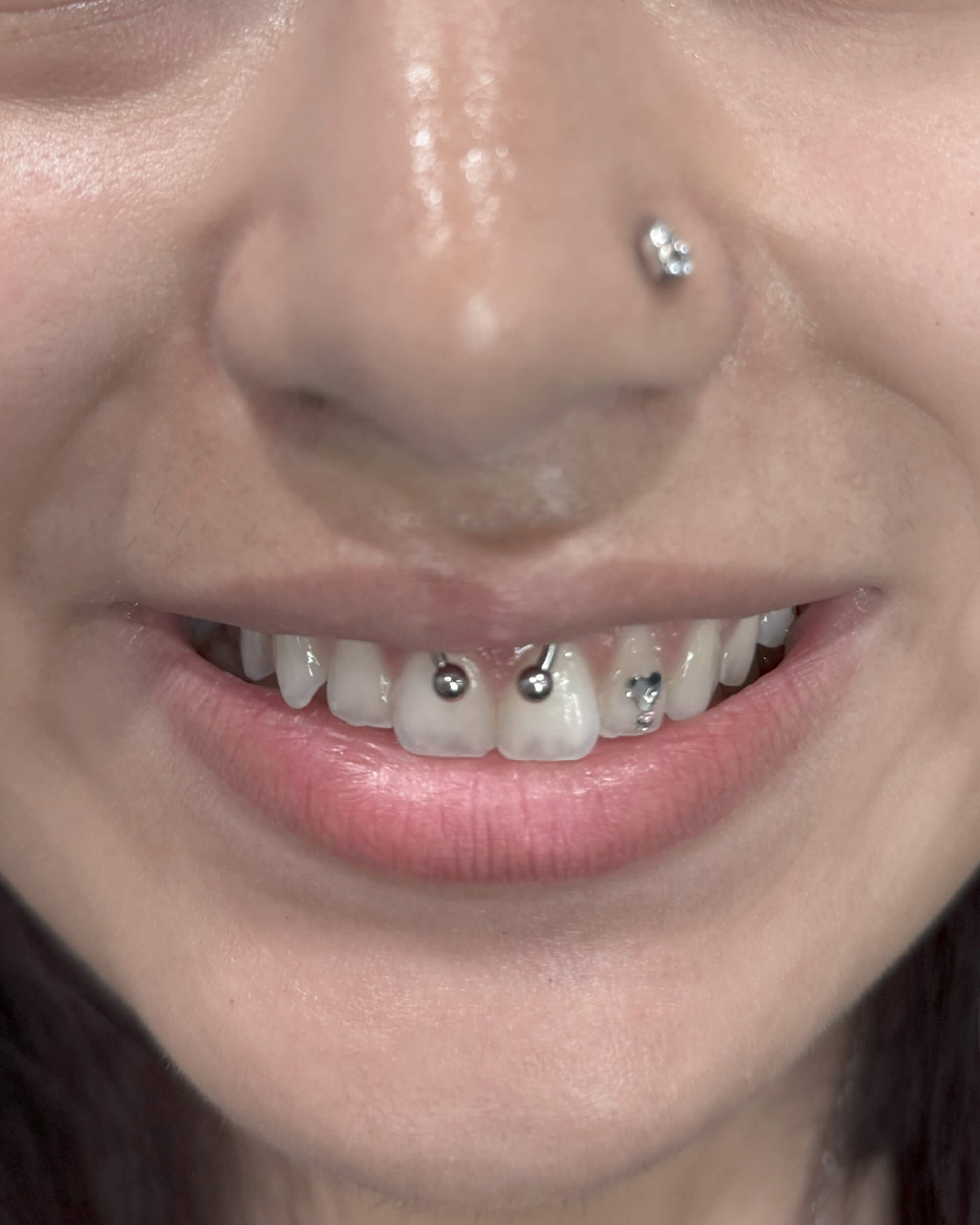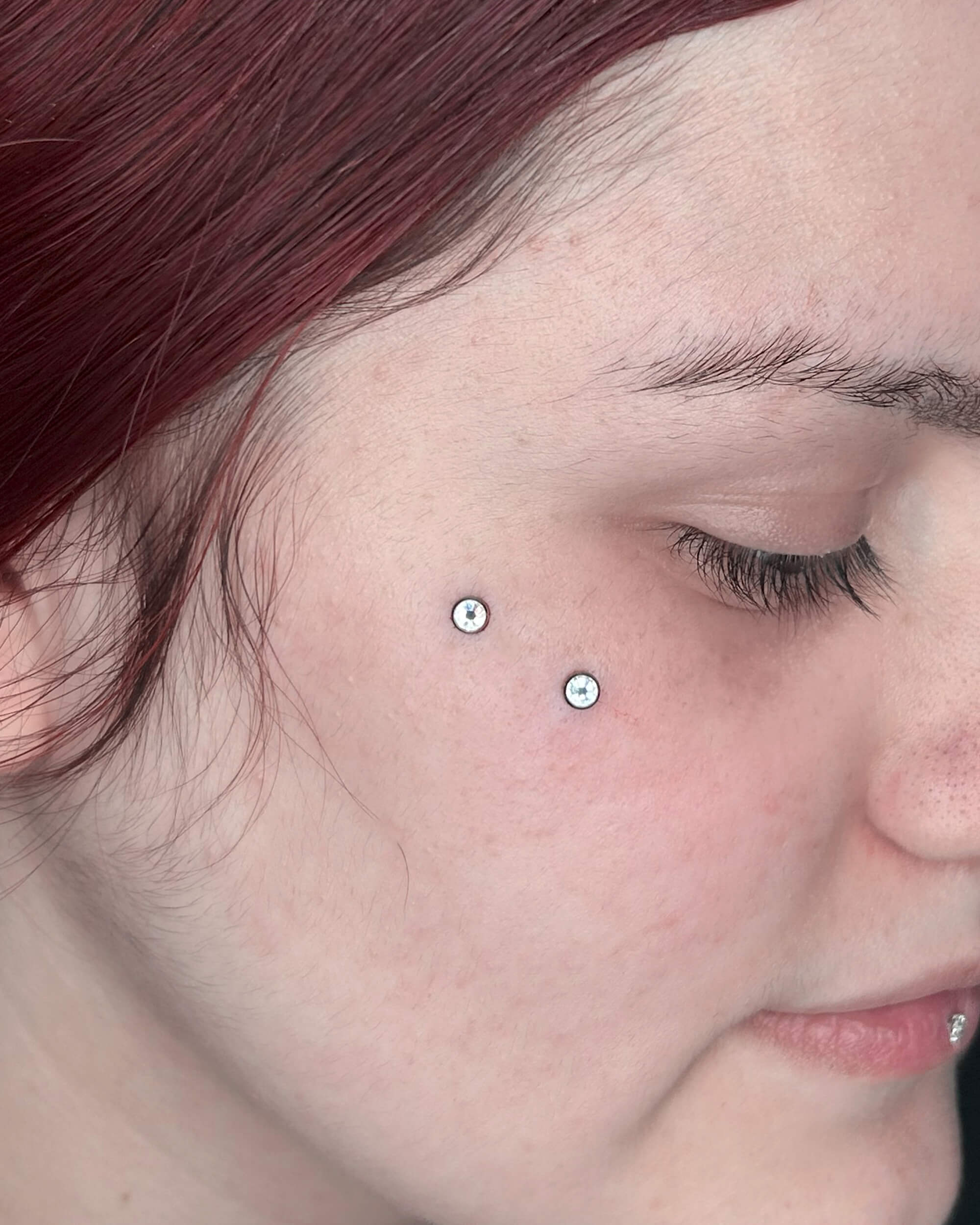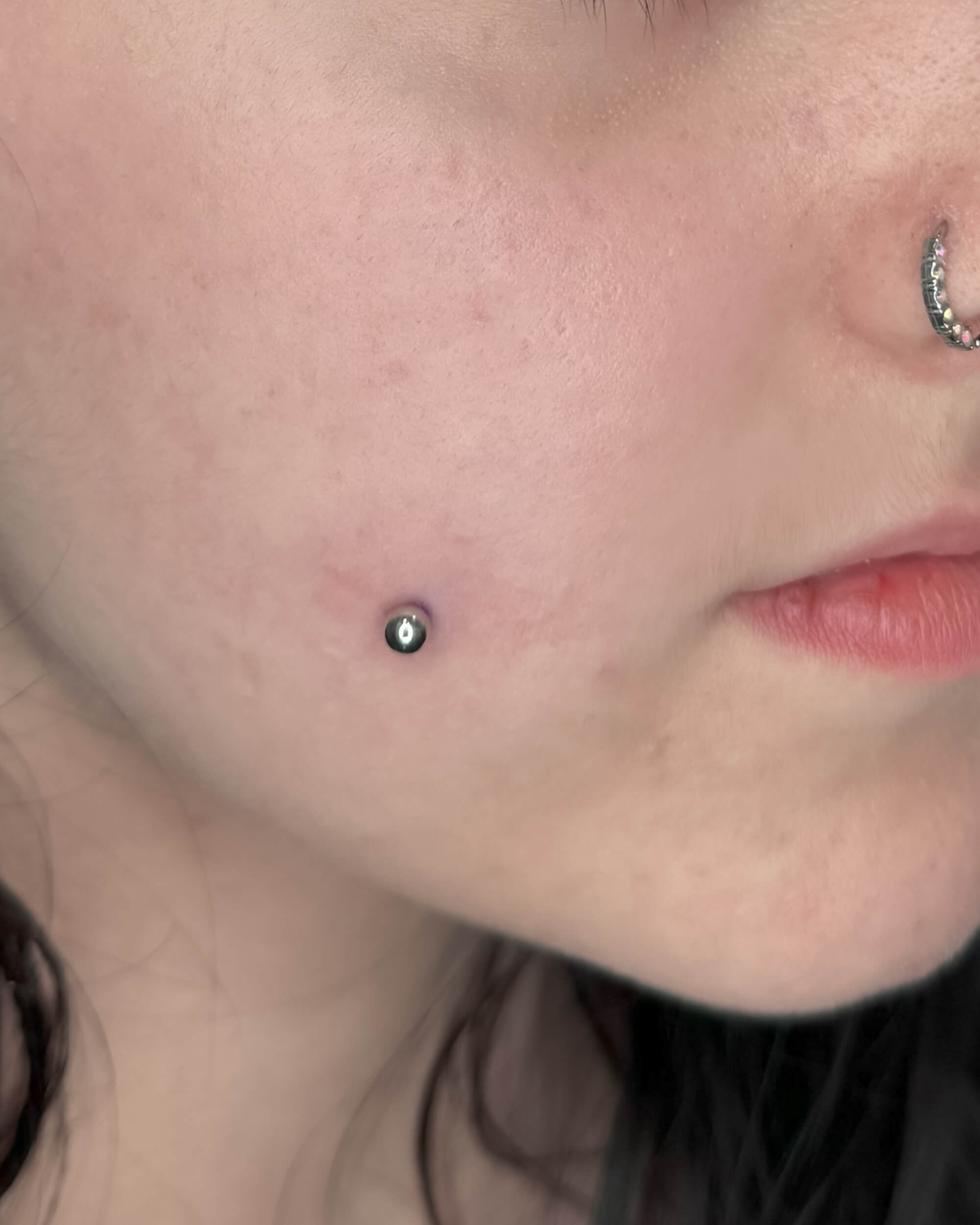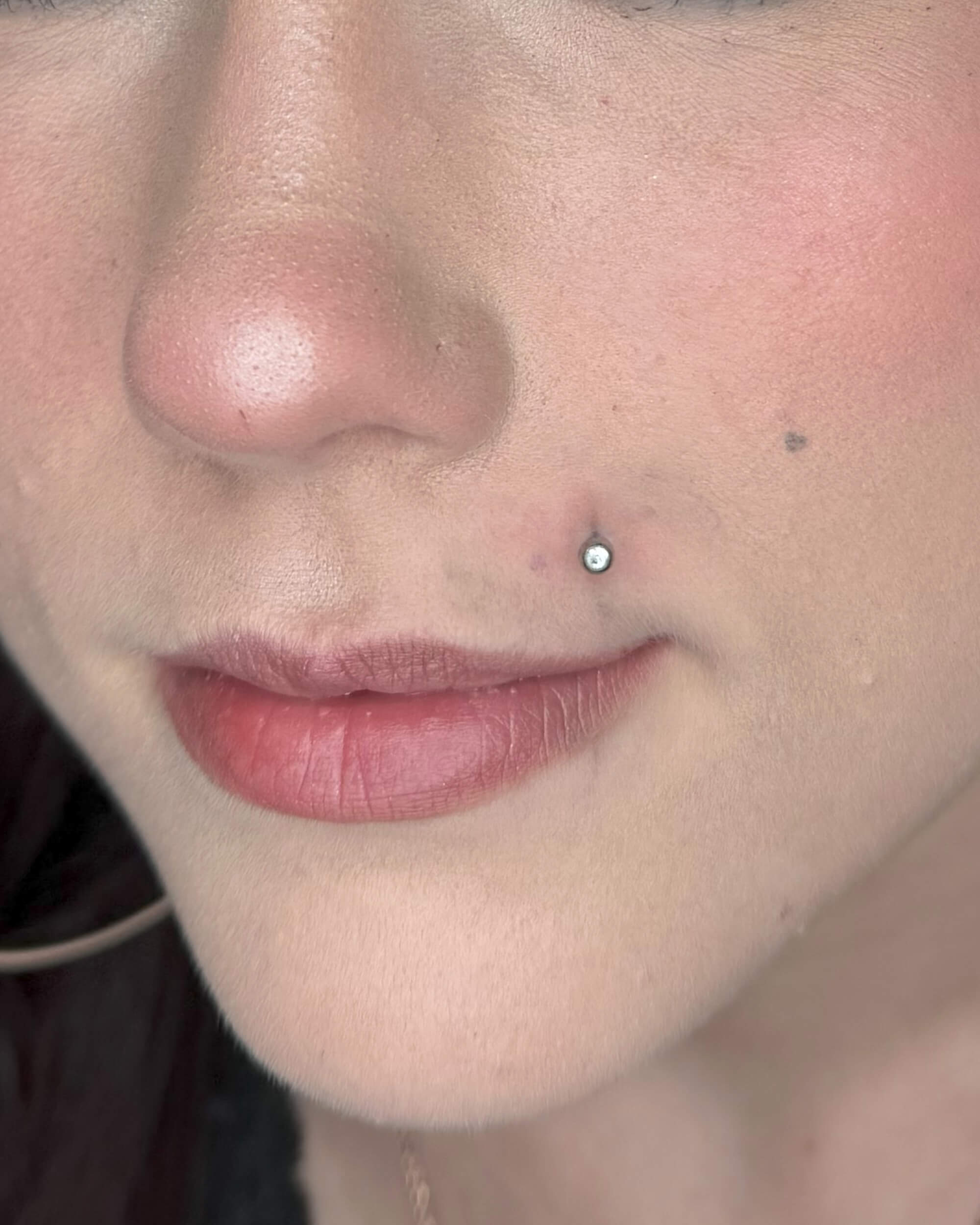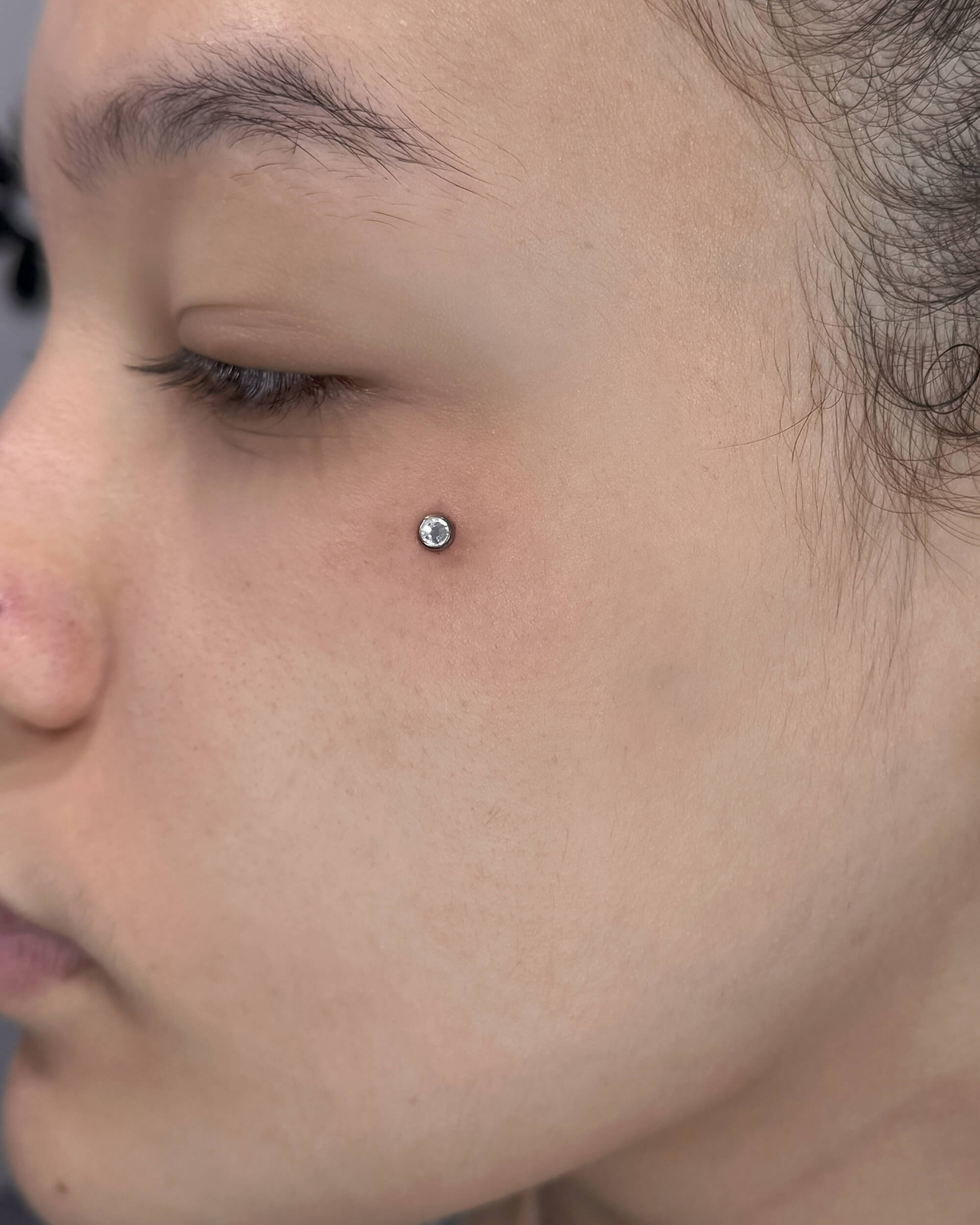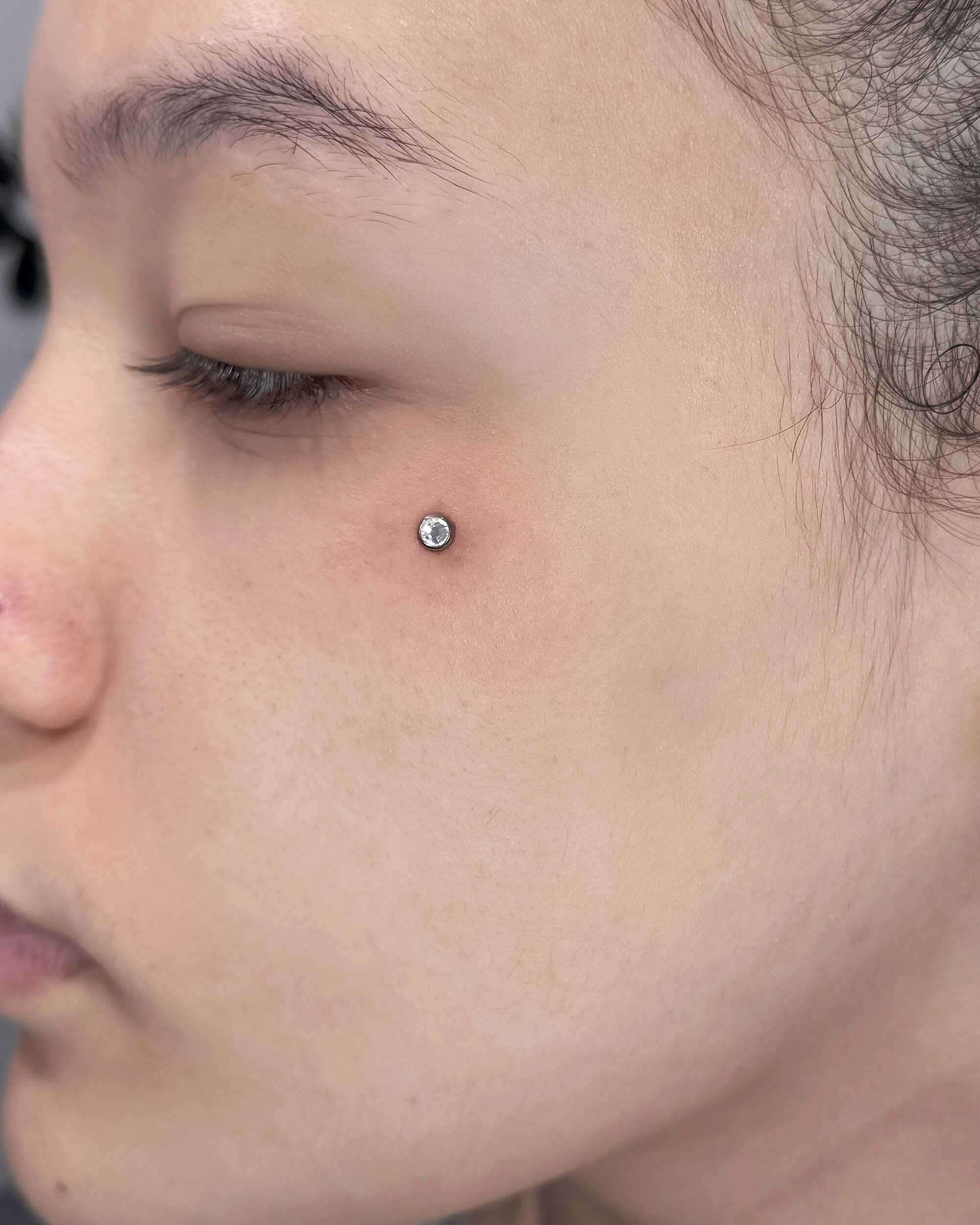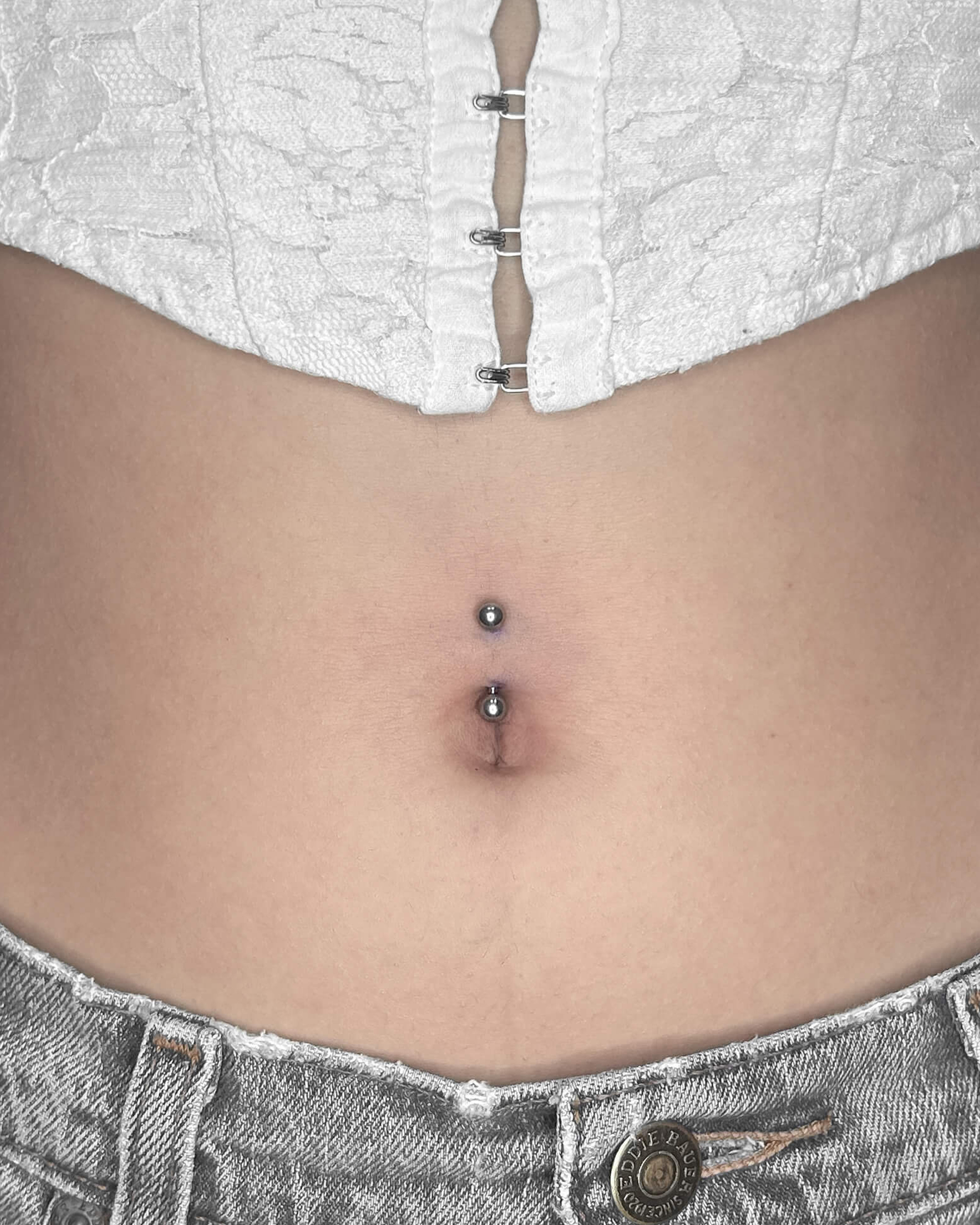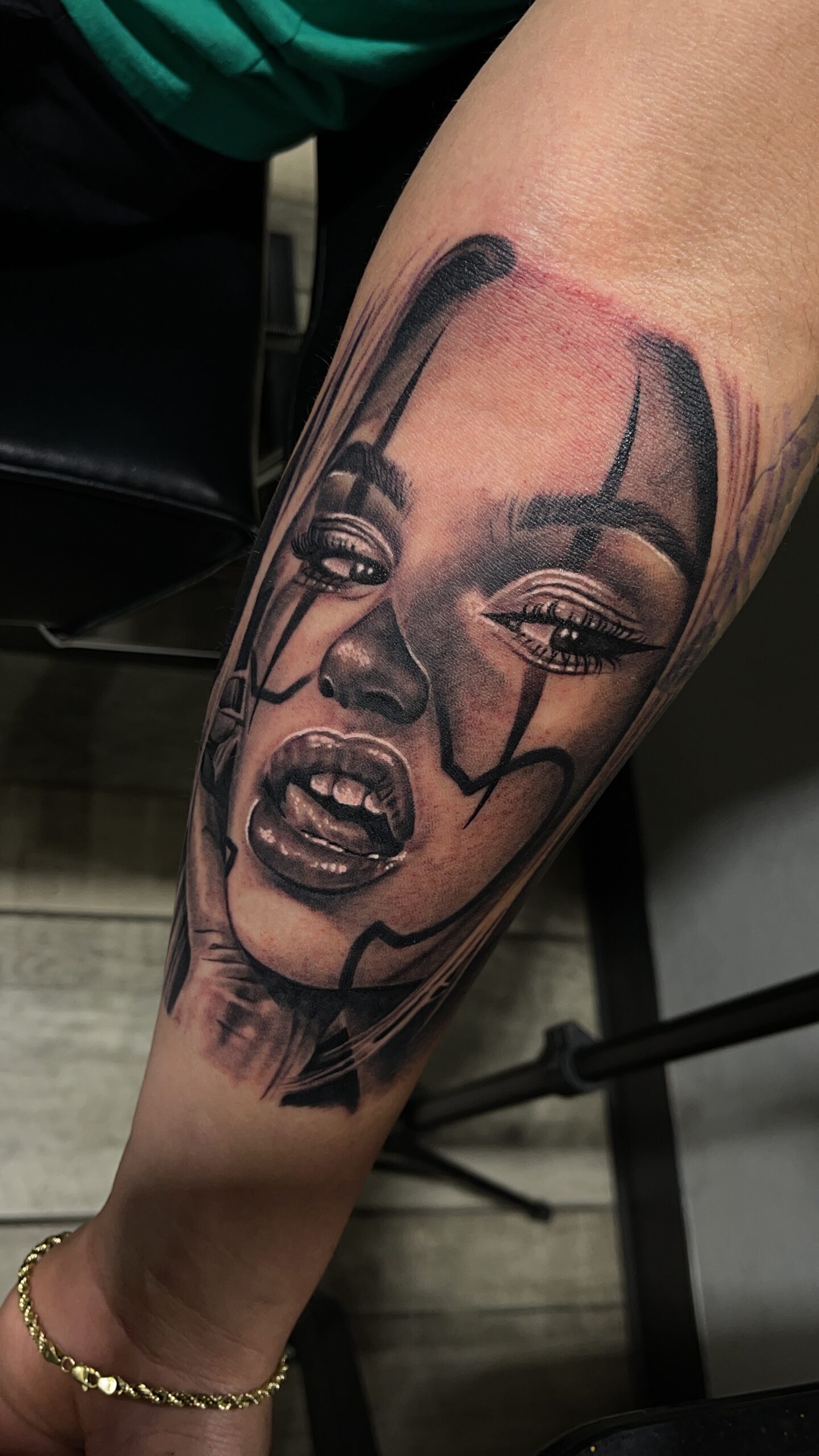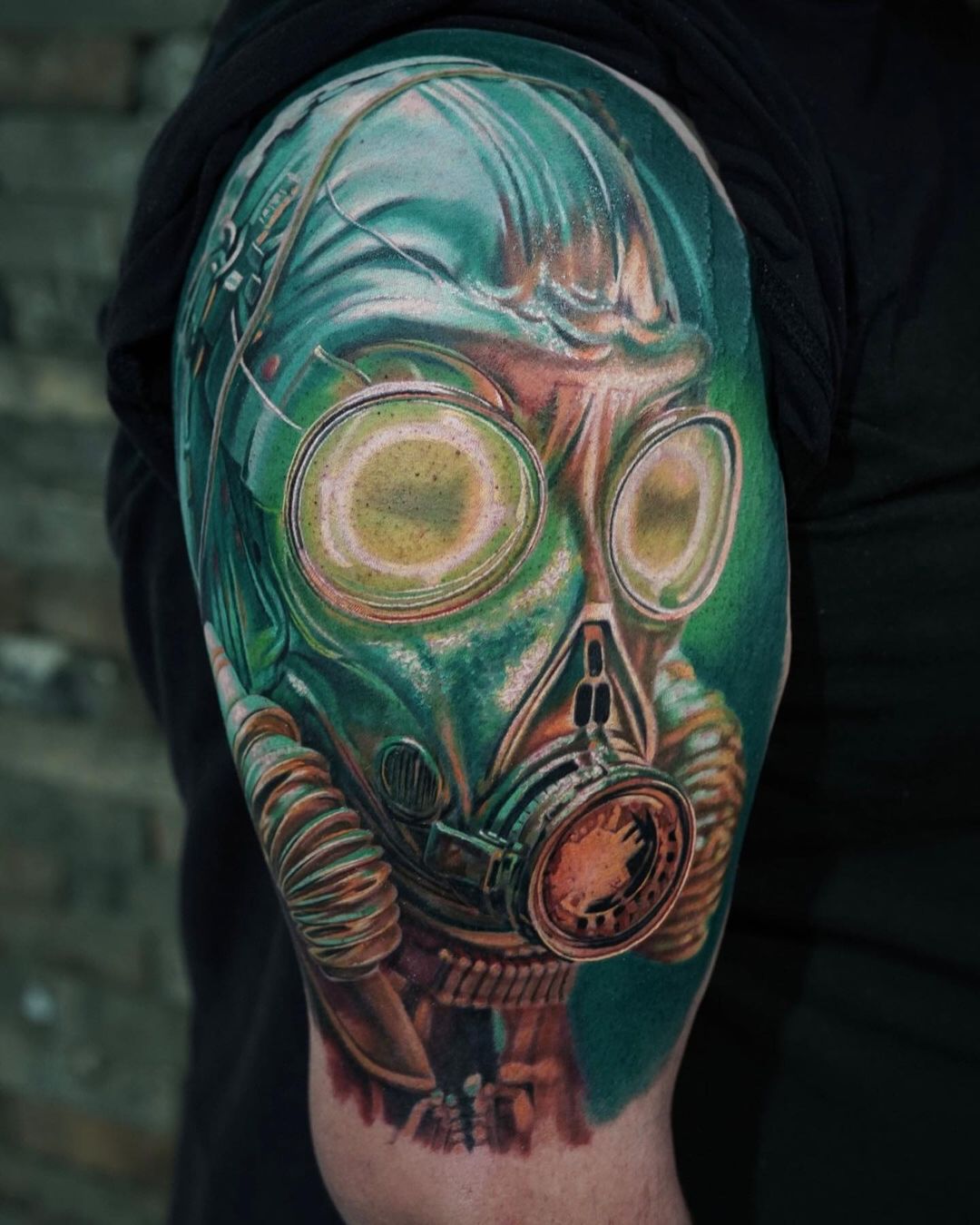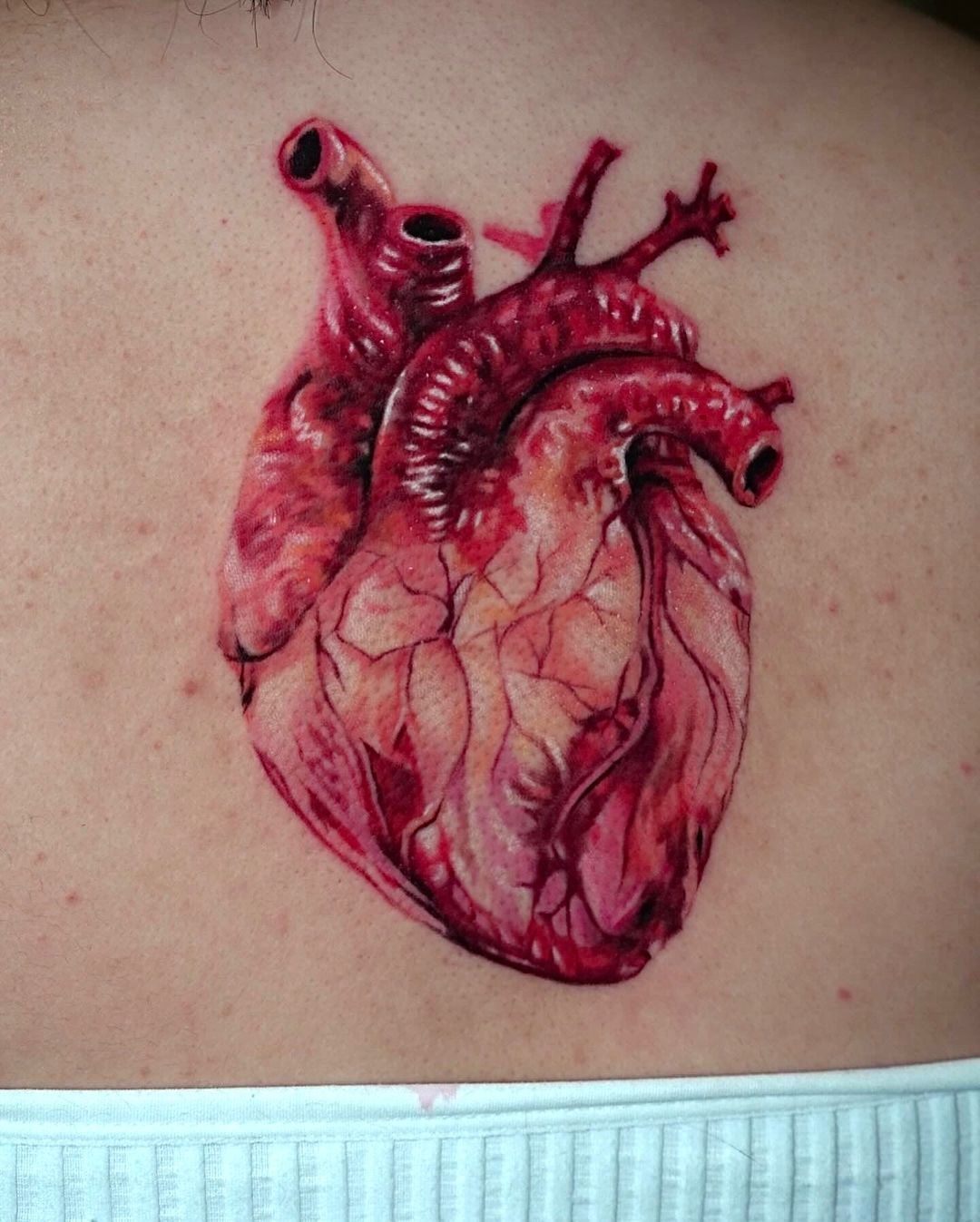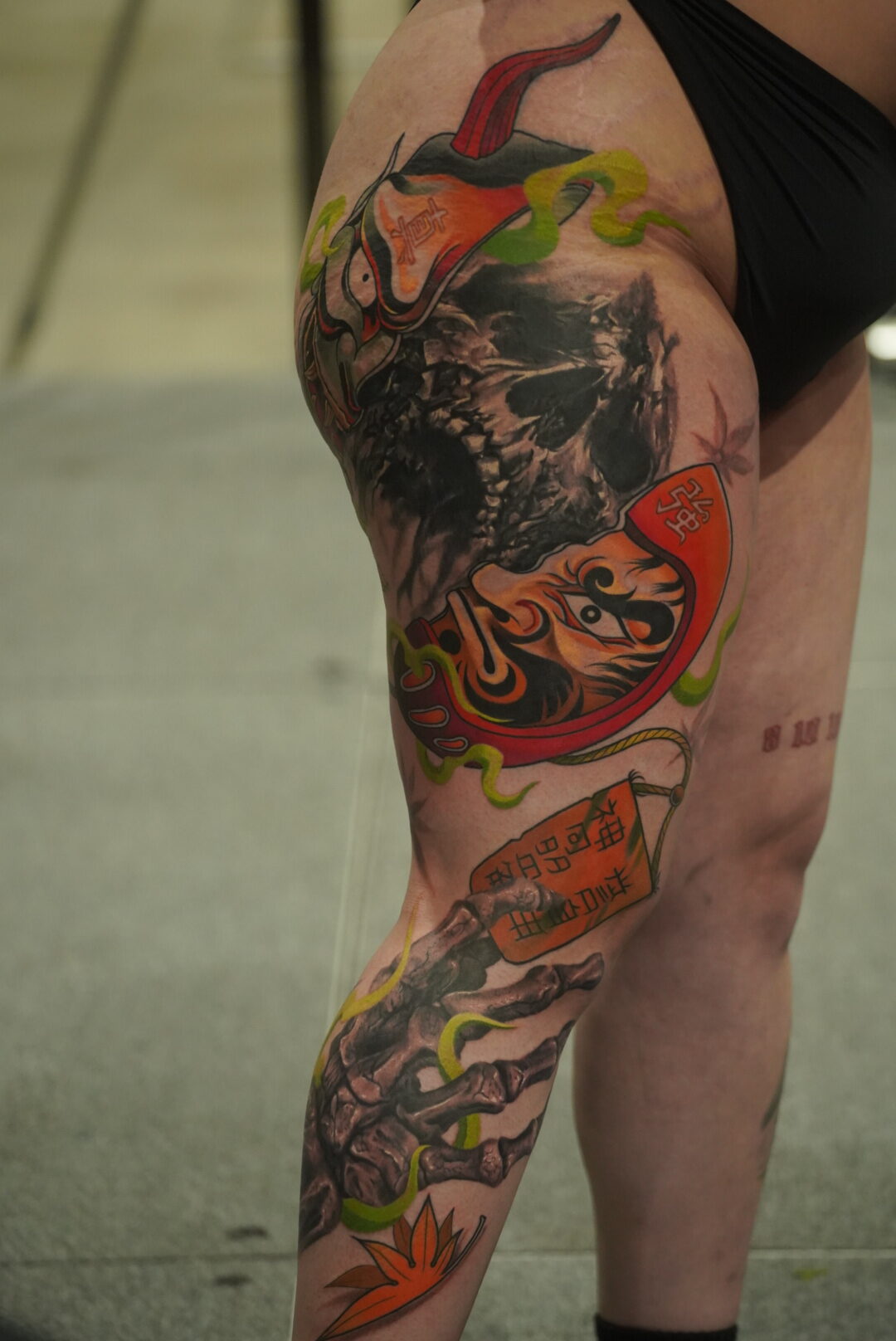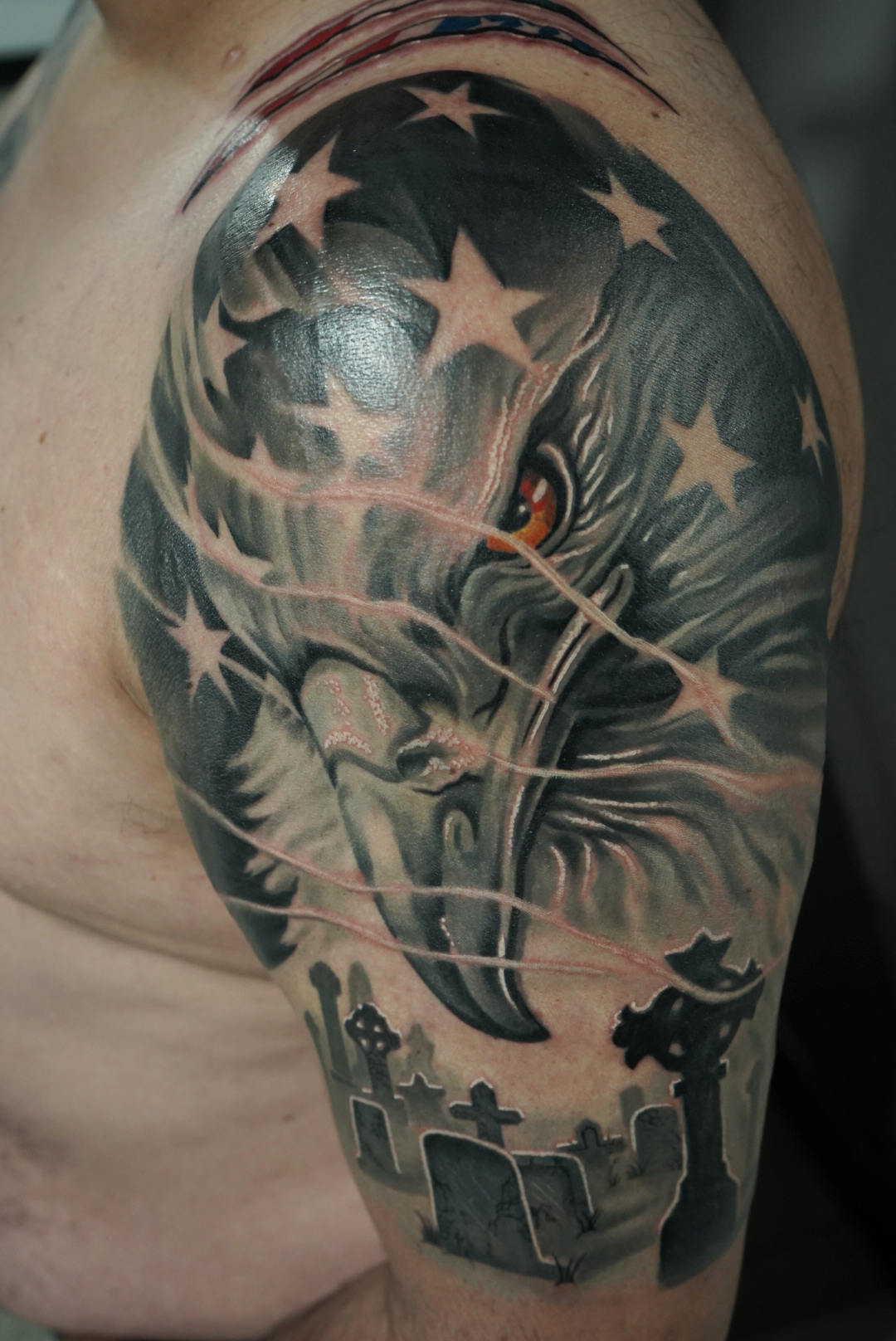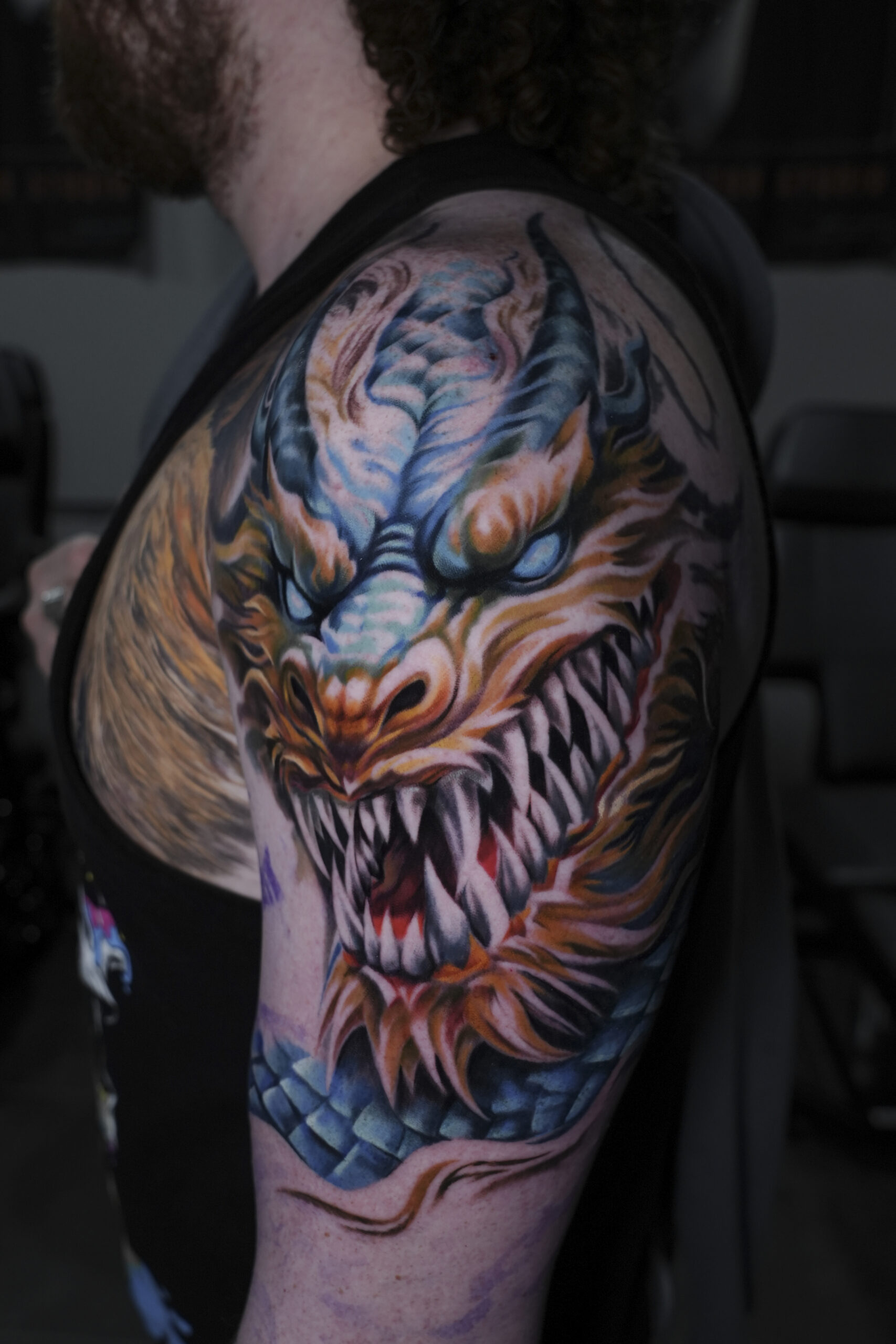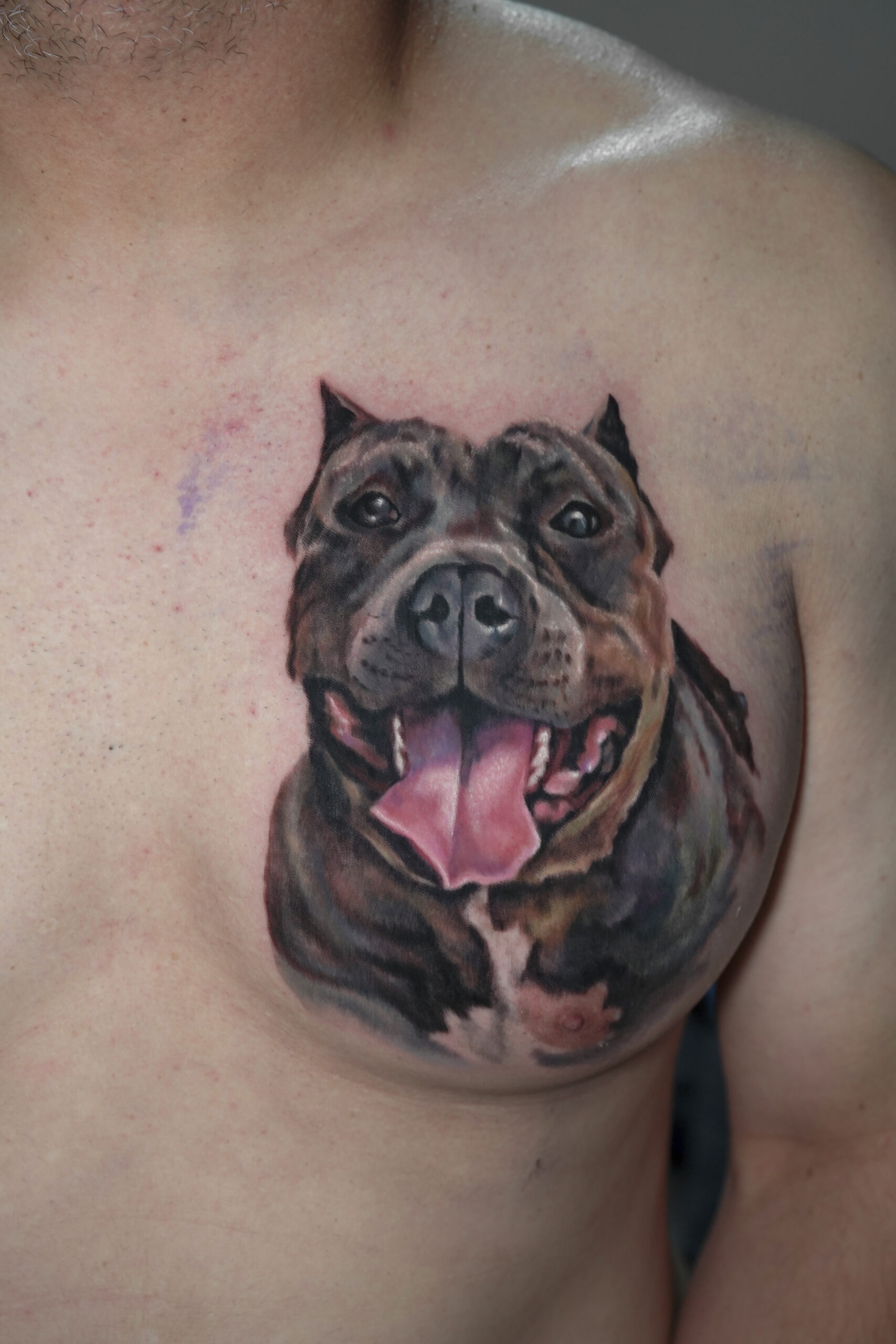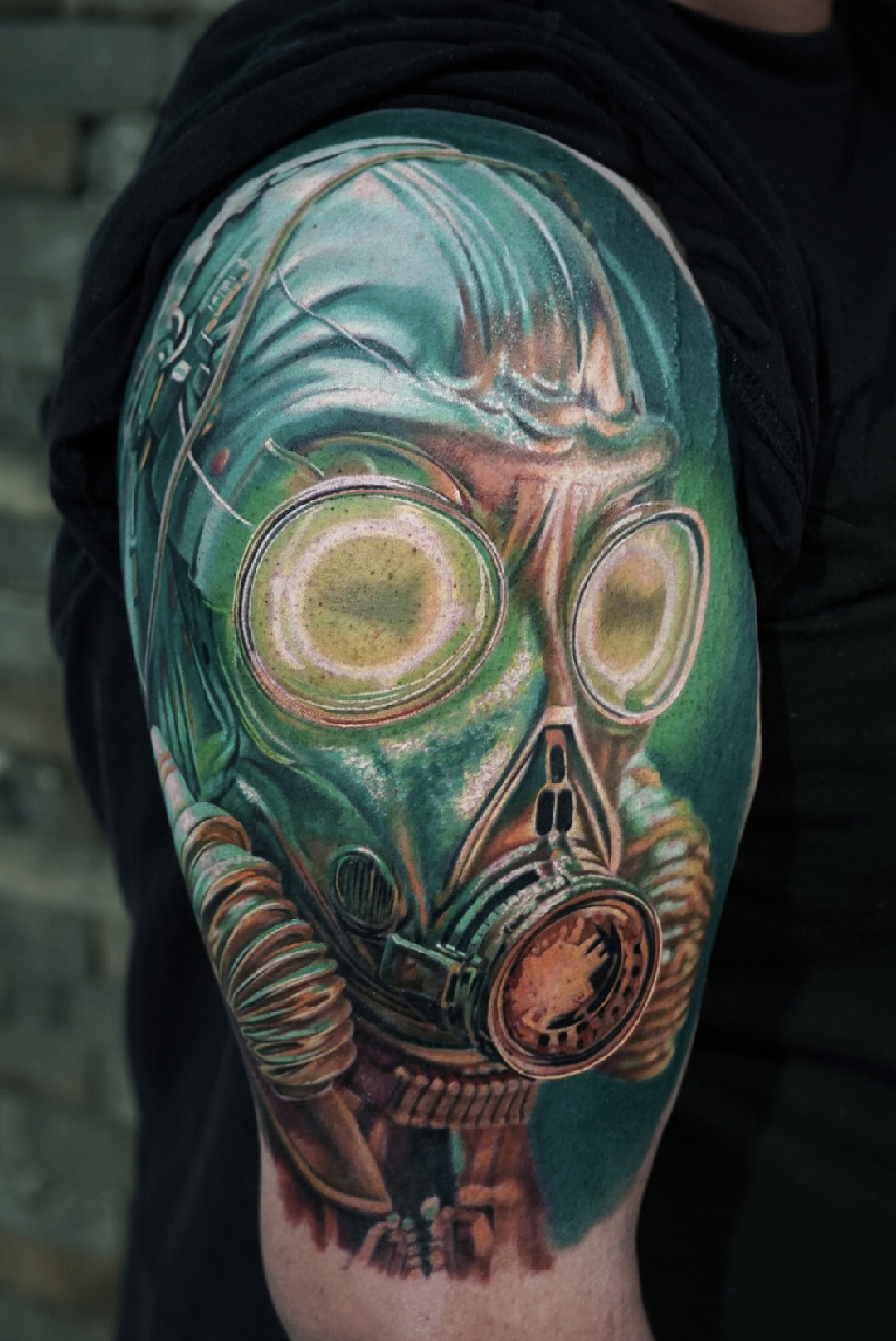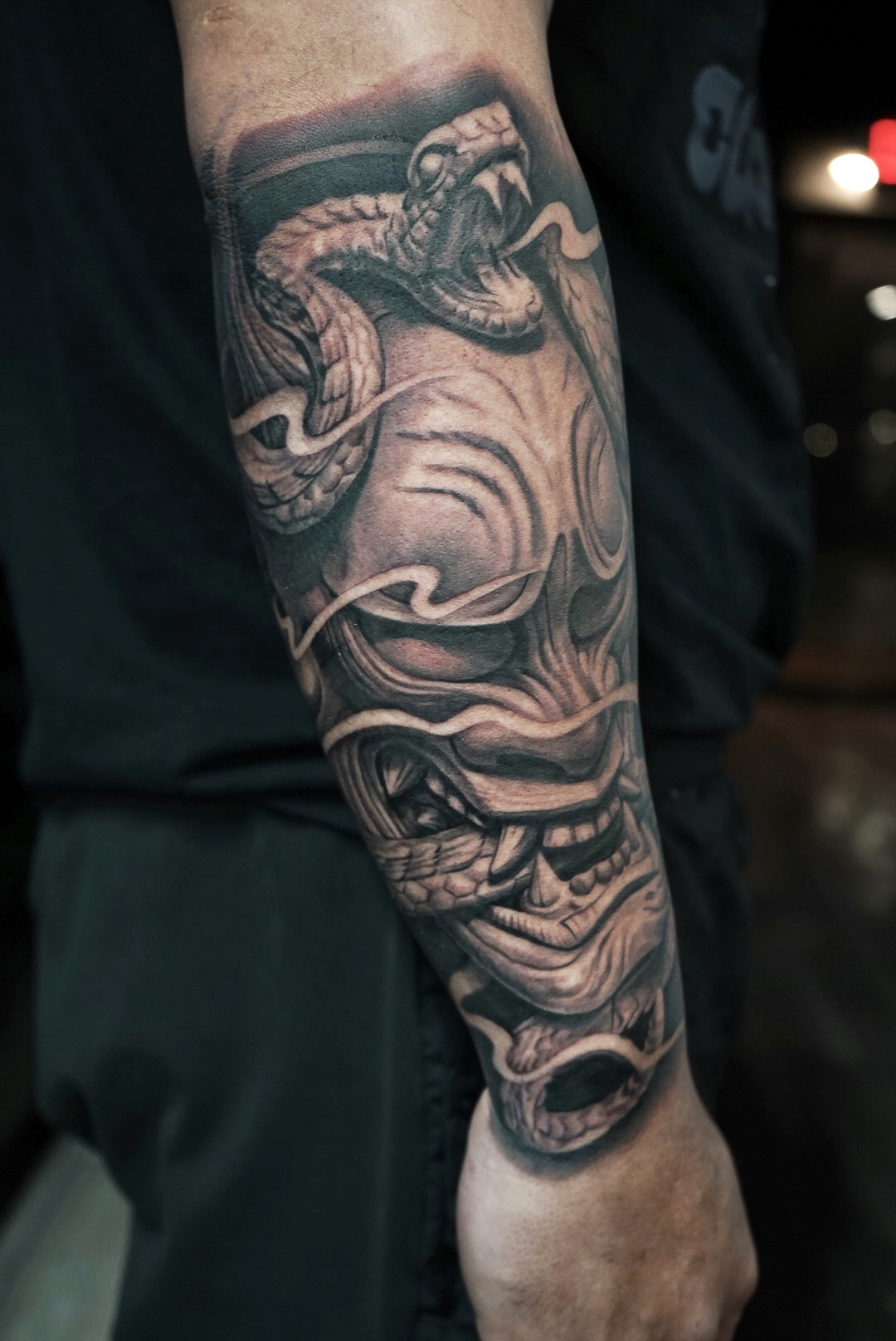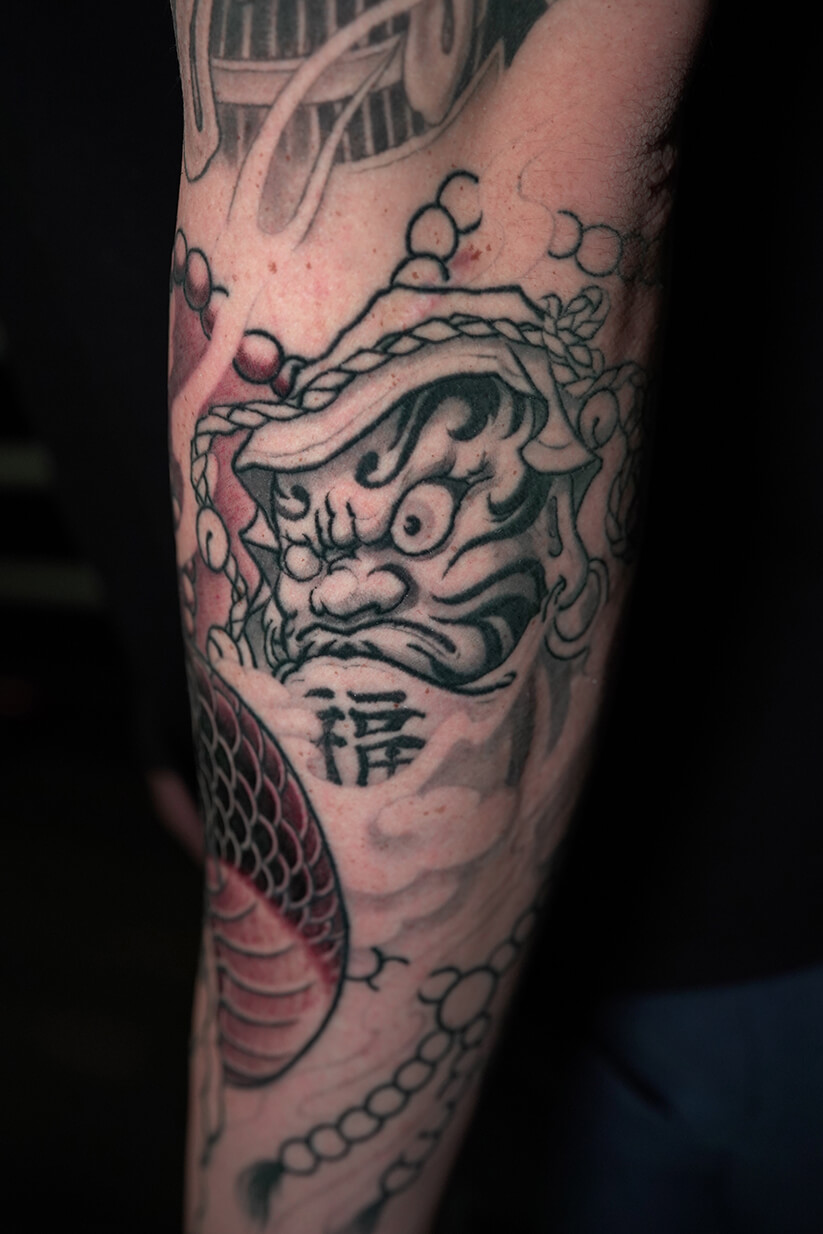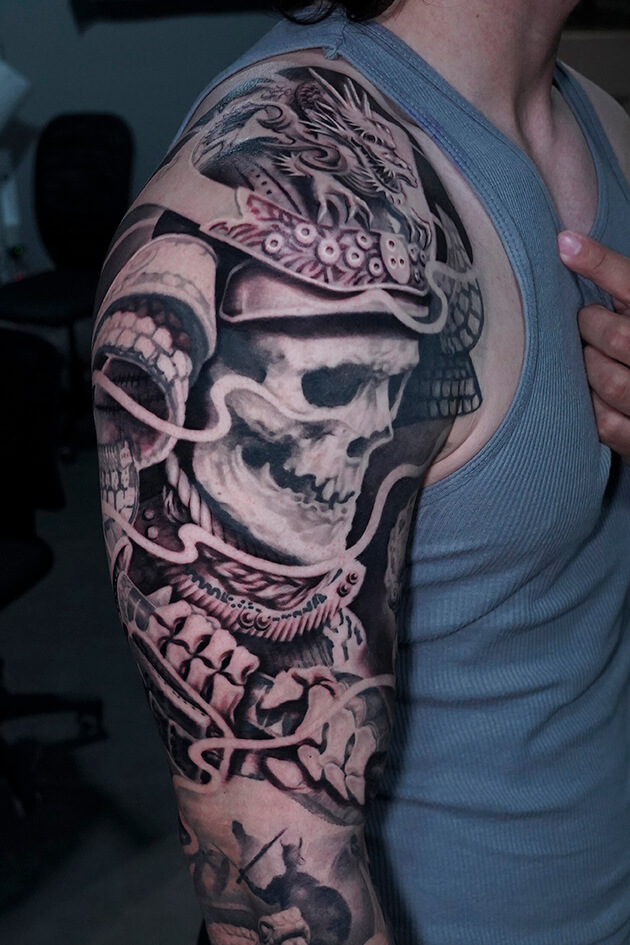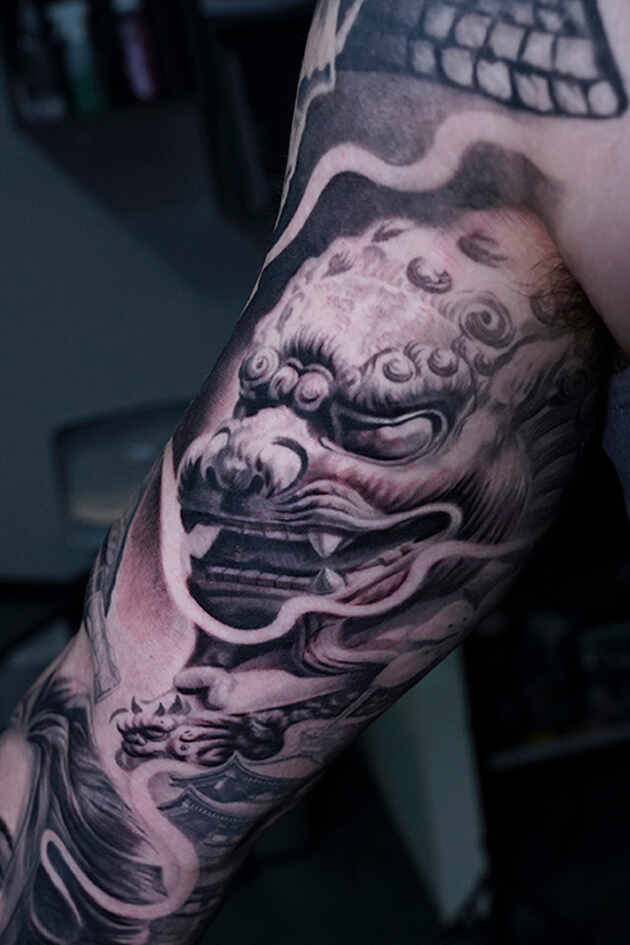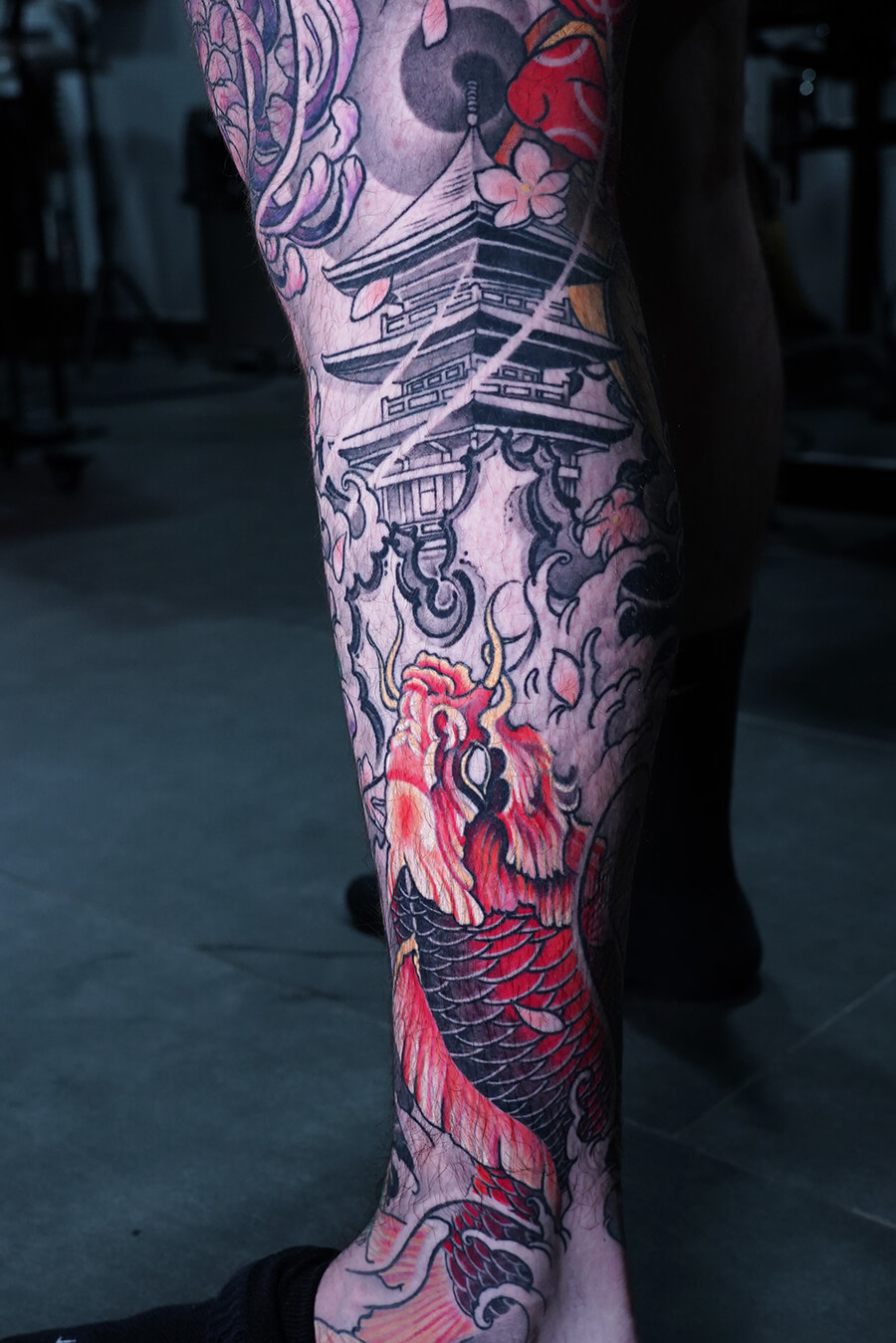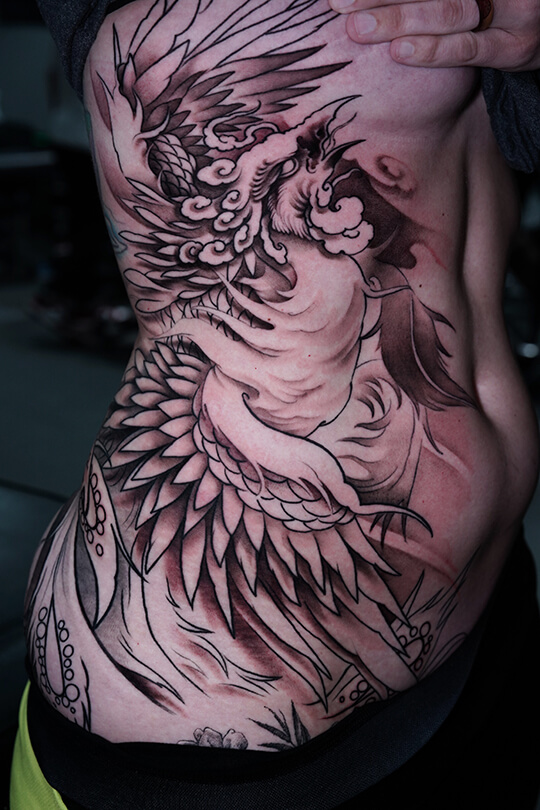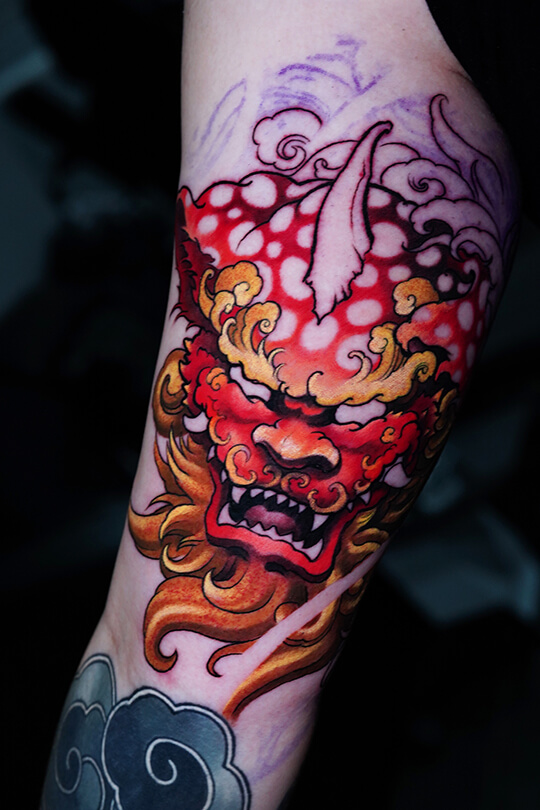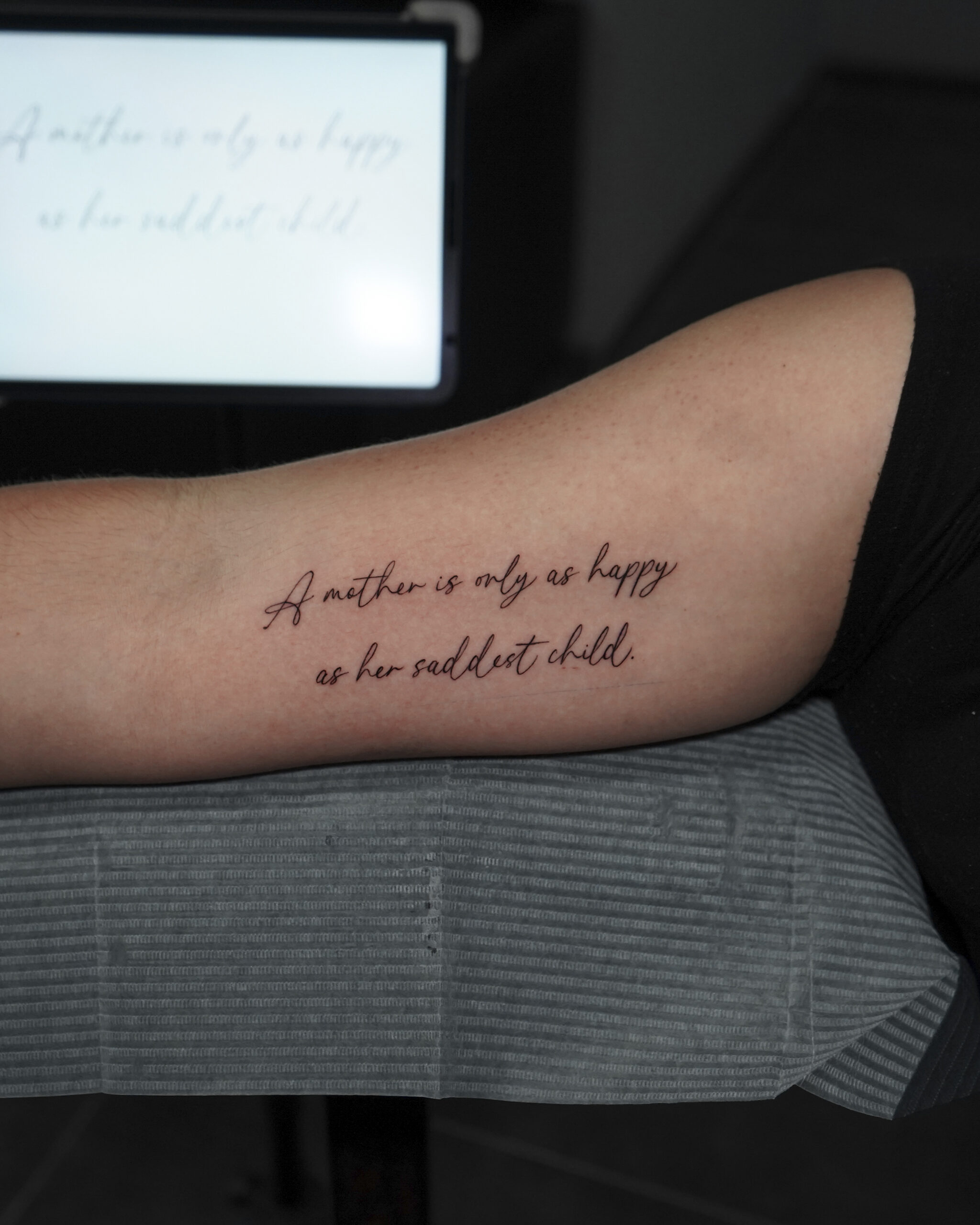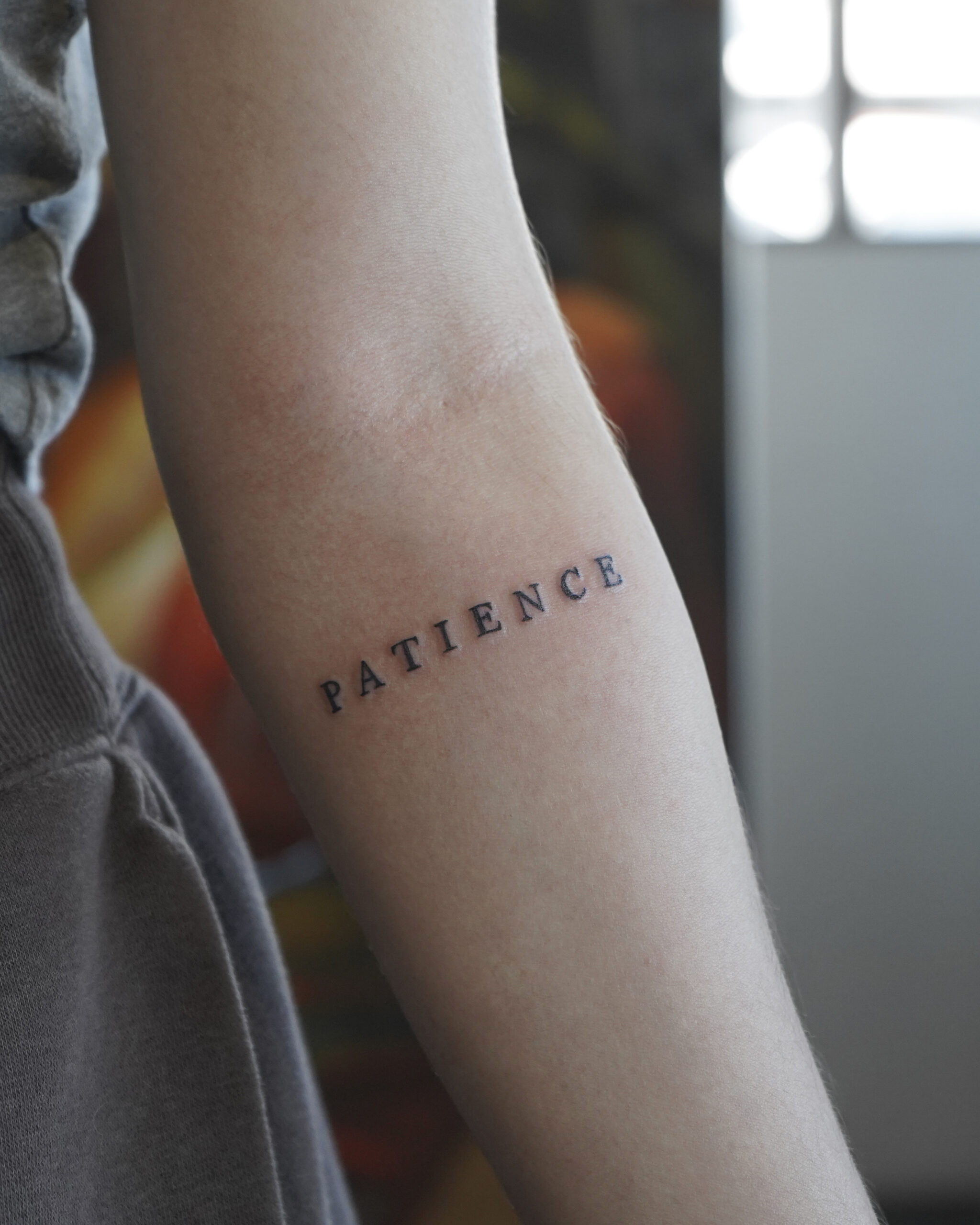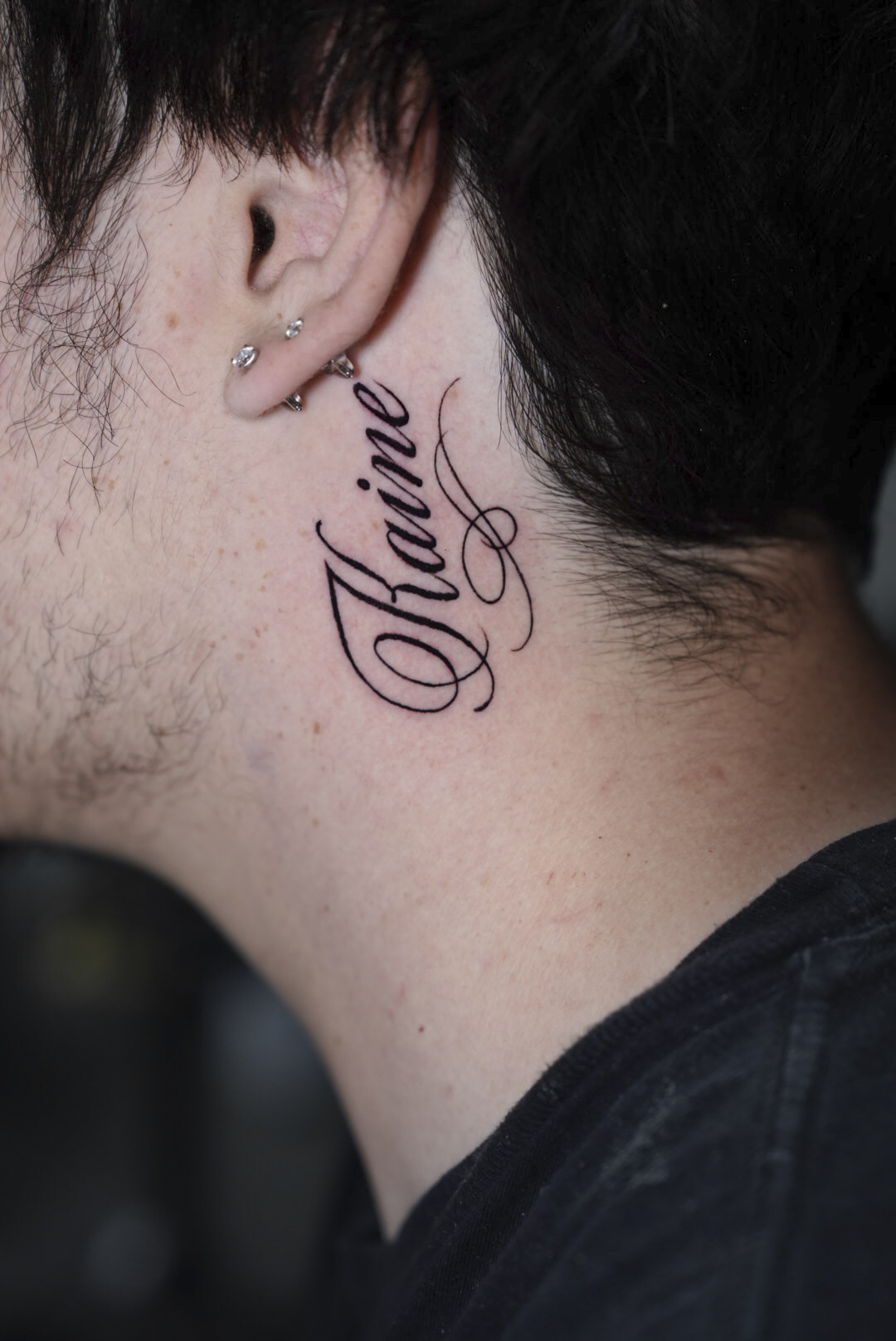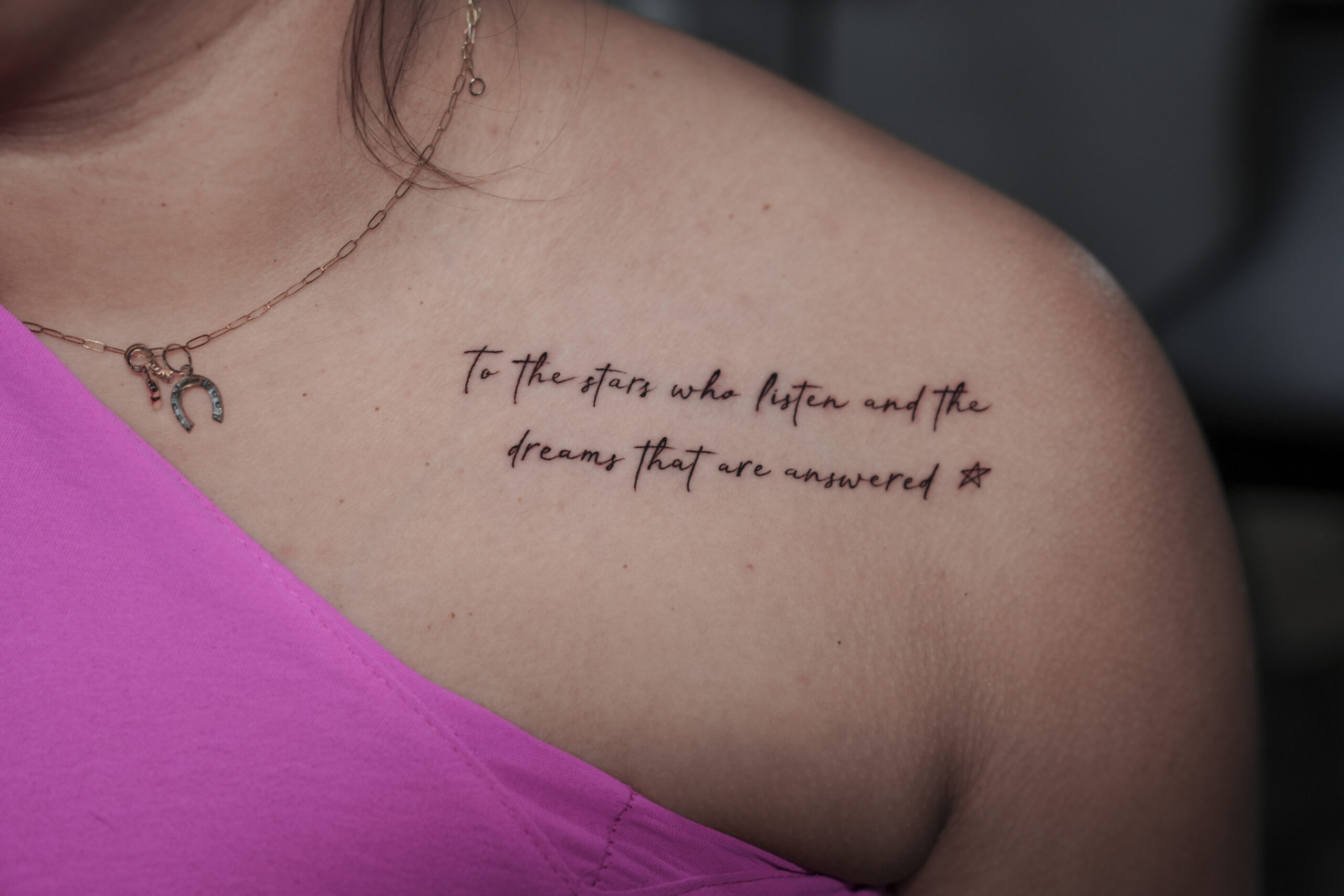Yes, applying ice to a new tattoo is permissible and beneficial when executed with correct technique. Icing effectively manages common post-tattooing symptoms such as discomfort, swelling, and inflammation, particularly during the crucial initial healing stages. However, understanding the proper methodology is paramount to prevent potential skin damage or hinder the healing process of your new body art.
This comprehensive guide details the specific advantages of icing, explains the physiological effects of cold therapy on tattooed skin, and provides precise, step-by-step instructions for safe and effective application, potential risks, critical precautions to observe, and addresses frequently asked questions regarding this aftercare practice.

What Are The Benefits Of Ice For Tattoos?
Applying ice to a new tattoo helps soothe common initial responses like swelling and discomfort by reducing blood flow to the area. Here are the detailed benefits:
- Reduces Swelling and Inflammation: Ice constricts blood vessels (vasoconstriction), limiting fluid accumulation, thus decreasing swelling and inflammation in the tattooed tissue.
- Eases Pain: Cold application acts as a topical anesthetic, numbing nerve endings to provide temporary relief from post-tattoo soreness.
- Soothes Itching: The cooling sensation calms irritated nerve endings, offering comfort from the itching common during tattoo healing.
- Minimizes Bruising: Restricted blood flow from ice application lessens potential bruising severity at the tattoo site.
- Lessens Plasma and Fluid Secretion: Reduced inflammation and blood flow result in diminished weeping of plasma and other bodily fluids from the fresh tattoo.
- Supports Ink Settling: Cold encourages pore contraction, which potentially assists in settling tattoo ink; proper aftercare is primary for ink retention. Ensuring proper ink retention from the very beginning is a key factor for a tattoo that age well.
- Promotes Initial Healing: Managing inflammation and discomfort with ice helps establish a more favorable environment for the body’s healing processes to commence effectively.
While icing offers great initial relief, it’s just one piece of the puzzle. To protect your investment and ensure a flawless result, follow our comprehensive tattoo aftercare guide for the complete healing strategy.
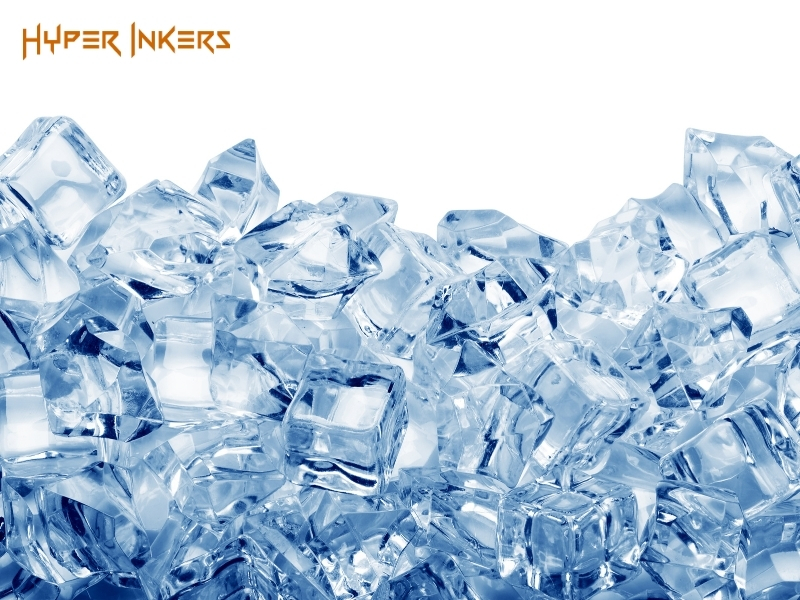
How Ice Works On Tattoos?
Ice therapy works through vasoconstriction, the narrowing of blood vessels which reduces blood flow to the tattooed area. This biological response helps control inflammation and swelling that naturally occur after the tattooing process. The cold temperature also temporarily desensitizes nerve endings, providing natural pain relief without medication. This numbing effect offers comfort during the first 24-48 hours when tattoo discomfort typically peaks, while the reduced blood flow helps minimize bruising and plasma leakage that can occur with fresh tattoos.
Step-By-Step Safe Icing Procedure
Proper icing technique prevents skin damage while maximizing benefits. Follow these steps carefully to ensure a safe and effective icing procedure for your fresh tattoo. There are 7 key steps to follow, here are the detailed step-by-step instructions:

- Step 1 – Prepare your materials: Gather a clean ice pack (or ice wrapped in a bag) and a clean, soft towel or another type of clean cloth barrier. Never apply ice directly to the skin.
- Step 2 – Clean your tattoo area gently: Before applying ice, ensure the tattooed area is clean. Wash it gently with a mild, antibacterial, fragrance-free soap and lukewarm water, then pat it dry carefully with a clean paper towel or soft cloth.
- Step 3 – Wrap the ice pack securely in the clean barrier: Place the ice pack inside the clean towel or cloth. Ensure the ice pack is fully covered to prevent direct contact with your skin.
- Step 4 – Gently apply the wrapped ice pack to the tattooed area: Place the wrapped ice pack onto the tattoo. Do not press down hard; a gentle application is sufficient.
- Step 5 – Recommended application time: Apply the wrapped ice pack for a duration of 10-15 minutes. Some sources suggest up to 20-30 minutes, but start with shorter intervals to see how your skin reacts.
- Step 6 – Consider elevating the tattooed area if possible: If the location of your tattoo allows (e.g., on a limb), elevate the area while icing. This can further help reduce swelling by assisting fluid drainage.
- Step 7- Take breaks between applications: After the recommended time, remove the ice pack. Allow your skin to return to its normal temperature before considering reapplying. Wait at least 30 minutes, or preferably a couple of hours, between icing sessions. Do not ice continuously.
Potential Risks And What To Avoid When Icing
While beneficial, incorrect ice application on a new tattoo introduces risks that compromises healing. Improper icing techniques lead to adverse outcomes such as thermal injury (ice burn or frostbite) from direct skin contact, which damages delicate tissue. Excessive or prolonged icing excessively restricts blood flow, potentially delaying the delivery of oxygen and nutrients crucial for tissue repair, thereby slowing the healing process. Furthermore, unhygienic practices or contaminated barriers increase the risk of introducing pathogens to the open wound, leading to infection and skin irritation. A crucial aspect of proper care is recognizing signs of tattoo infection. To ensure safe ice application and protect your tattoo, adhere to these critical precautions:
- Never apply ice or a cold pack directly to the tattooed skin. Always use a clean, dry barrier, such as a thin towel or cloth, between the ice source and your skin.
- Refrain from icing for prolonged durations. Limit application to 10–15 minute intervals, with adequate breaks (at least 60 minutes) to allow normal blood flow to resume.
- Do not apply excessive pressure with the ice pack. Gentle contact is sufficient to achieve the cooling effect without impeding circulation or causing discomfort.
- Ensure any barrier used is impeccably clean. Employ a clean cloth for each application to prevent bacterial contamination.
- Abstain from icing a tattoo exhibiting signs of infection. These signs include excessive redness, warmth, swelling, pus discharge, or systemic symptoms like fever. Consult a medical professional immediately in such cases.
- Avoid applying ice to skin that is broken, blistered, or has open sores to prevent further tissue damage and infection.
- Do not wrap an ice pack so tightly that it constricts circulation beyond the intended localized vasoconstriction.
Beyond these icing precautions, a perfect heal depends on avoiding other common aftercare mistakes. Our complete guide on what to avoid after getting a tattoo details every crucial step you need to follow.
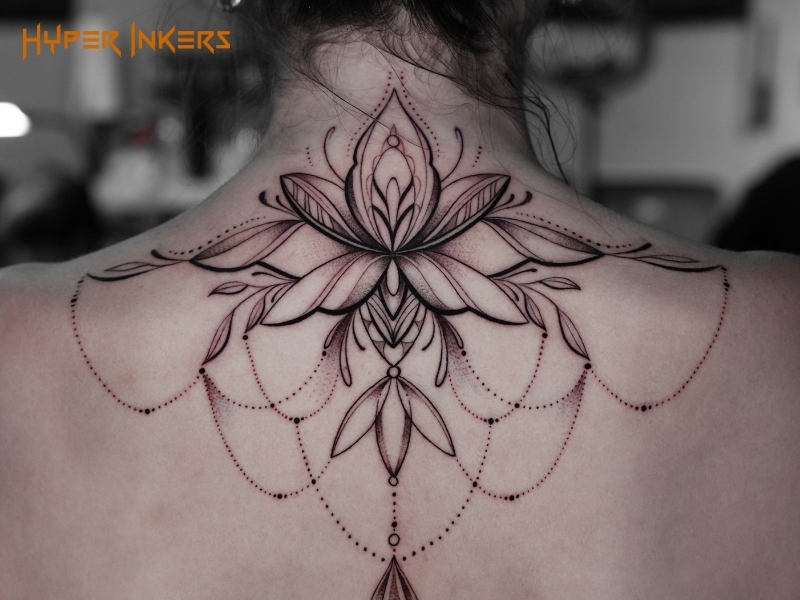
FAQ
How Soon Can You Ice A Tattoo?
You can ice a new tattoo immediately after leaving the tattoo studio. Many artists recommend starting ice therapy within the first few hours after getting tattooed when inflammation begins.
Can The Cold Ruin A New Tattoo?
No, properly applied cold therapy won’t ruin a new tattoo. However, direct ice contact, excessive cooling, or improper technique can damage the skin and affect ink retention.
Can The Application Of Ice Have Any Negative Effects On Tattoo Healing?
Yes, excessive icing can slow healing by restricting blood flow too much. Limit sessions to 10-15 minutes with proper breaks to avoid compromising the natural healing process.
Is It Safe To Use Ice For Pain Management After Getting A Tattoo?
Yes, ice is a safe, non-medical approach to tattoo pain management when used correctly. Follow the wrapped application method and time limits to maximize benefits while preventing damage.
In What Circumstances Should Ice Be Avoided On A New Tattoo?
Avoid icing if you have circulatory disorders, Raynaud’s disease, diabetic neuropathy, or unusual sensitivity to cold. Also skip icing if your tattoo shows signs of infection including unusual discharge, severe redness, or hot-to-touch skin.
The judicious application of ice is a valuable component of new tattoo aftercare, offering tangible benefits in managing swelling, inflammation, and discomfort. Following the detailed procedures and precautions outlined in this guide is essential to harness these benefits safely and effectively, without compromising the integrity of your tattoo or the healing process. By understanding the correct techniques and potential risks, you are equipped to make informed decisions. Always prioritize the health of your tattoo; consult your artist from a reputable studio a standard for professional San Antonio tattoo parlors or a healthcare professional if you have any questions or observe any signs of adverse reactions or infection.


